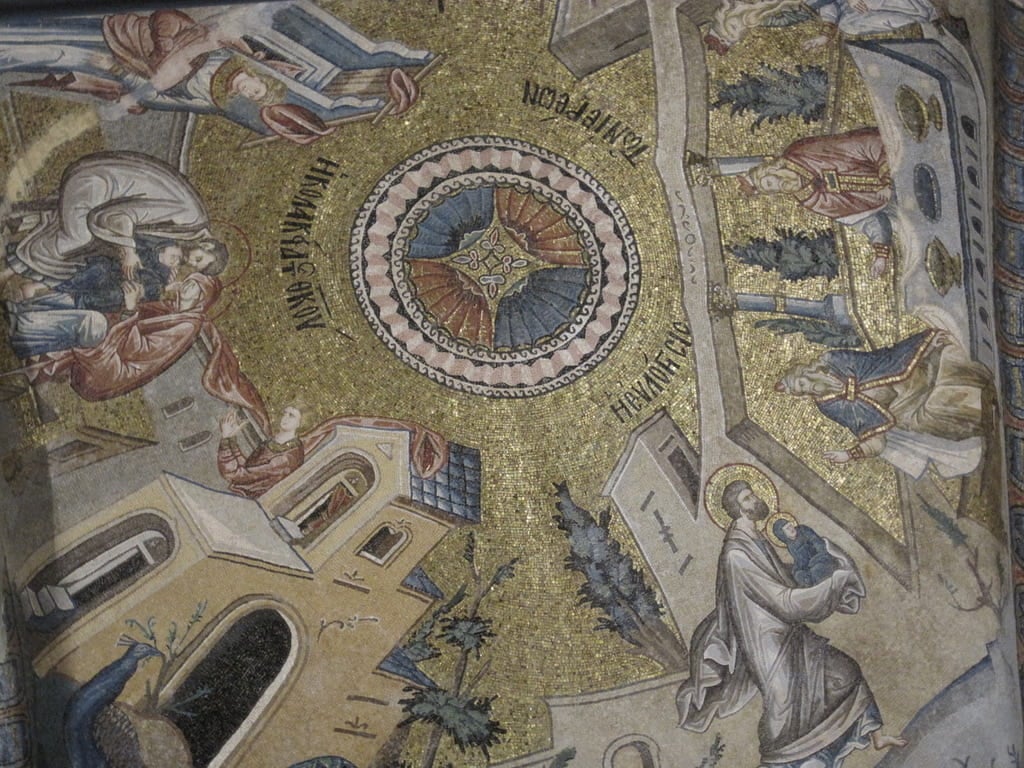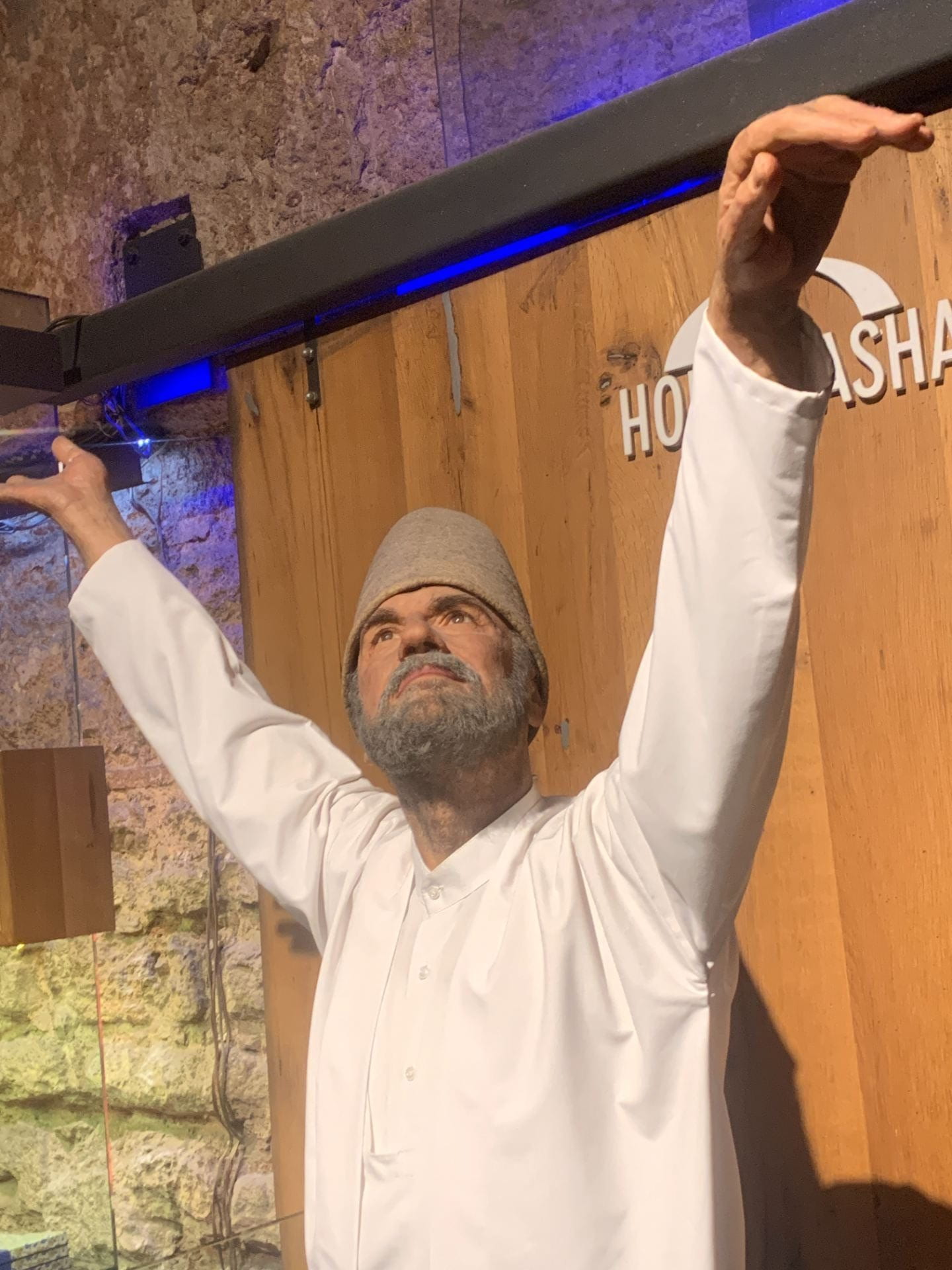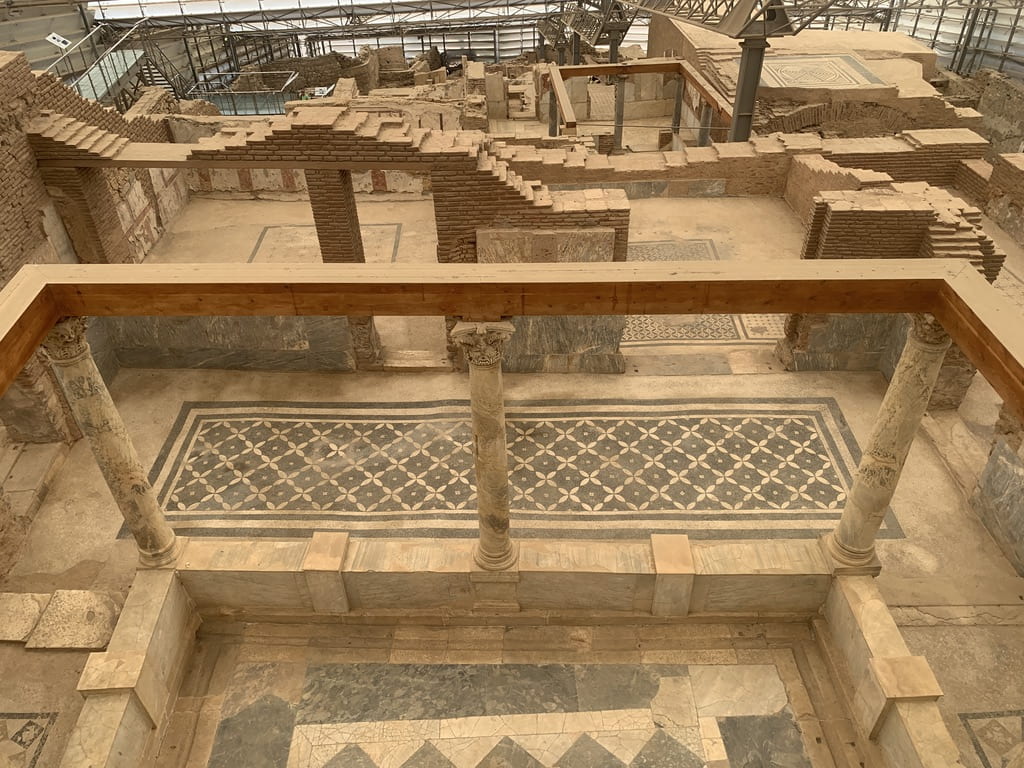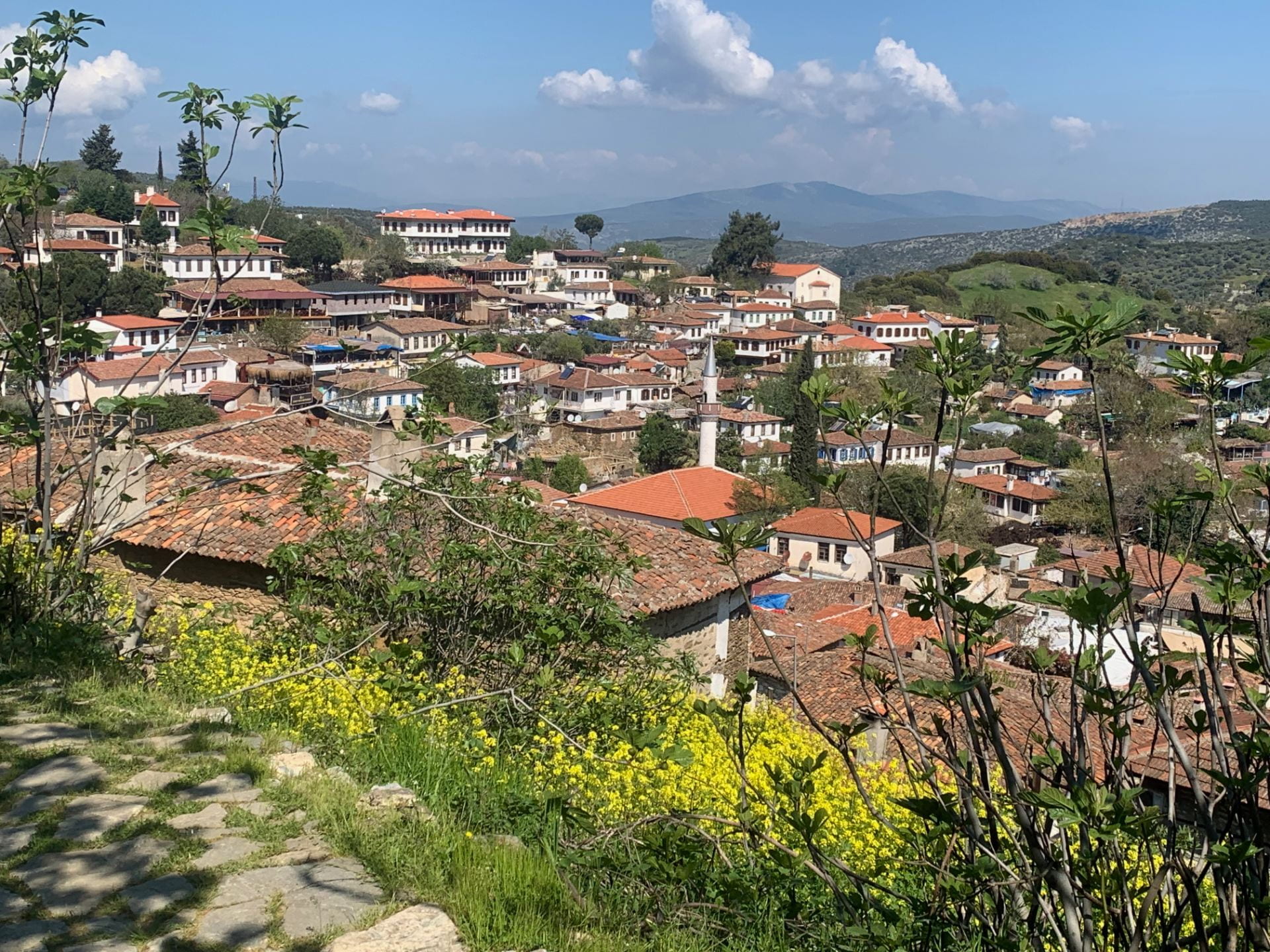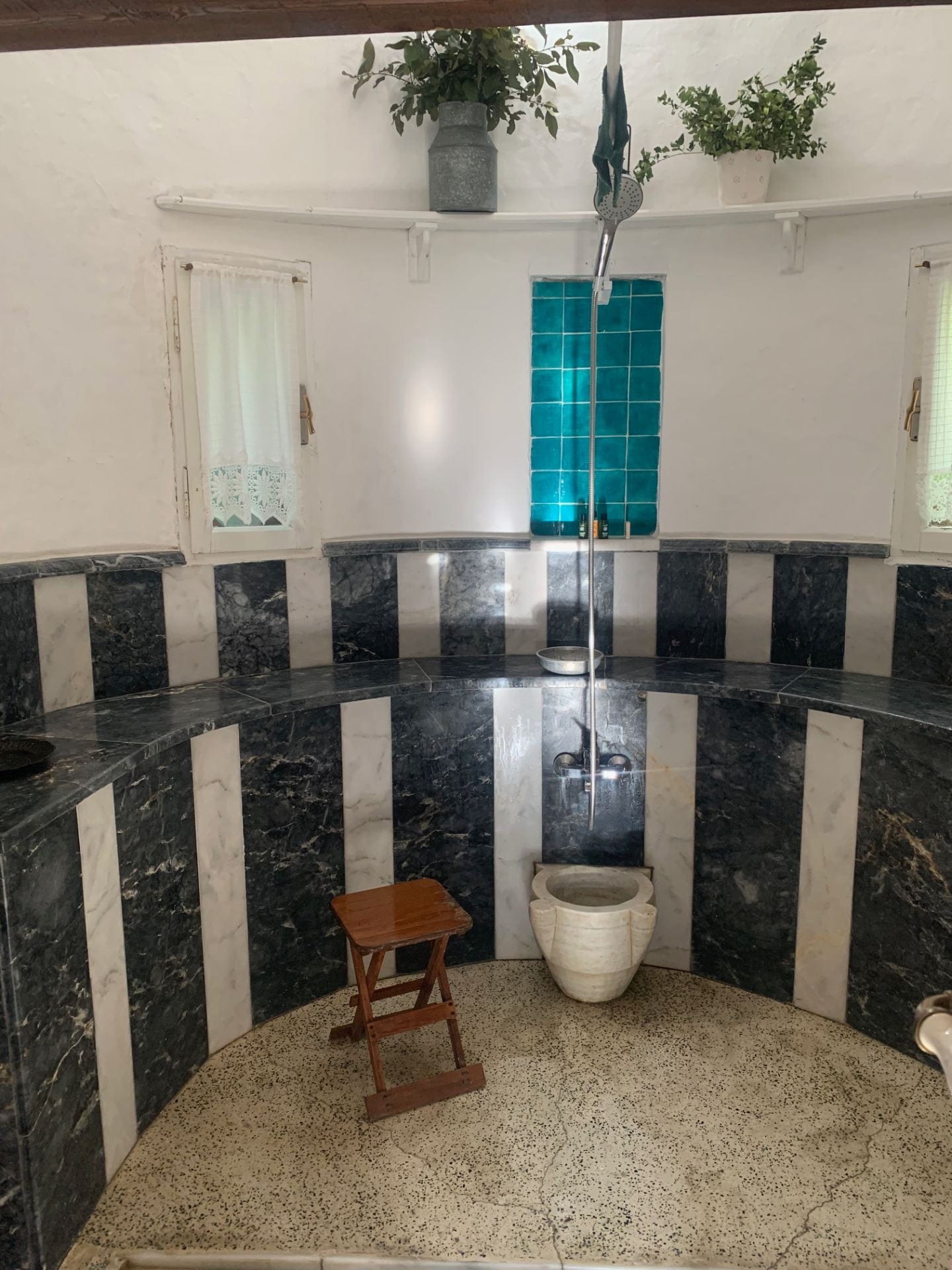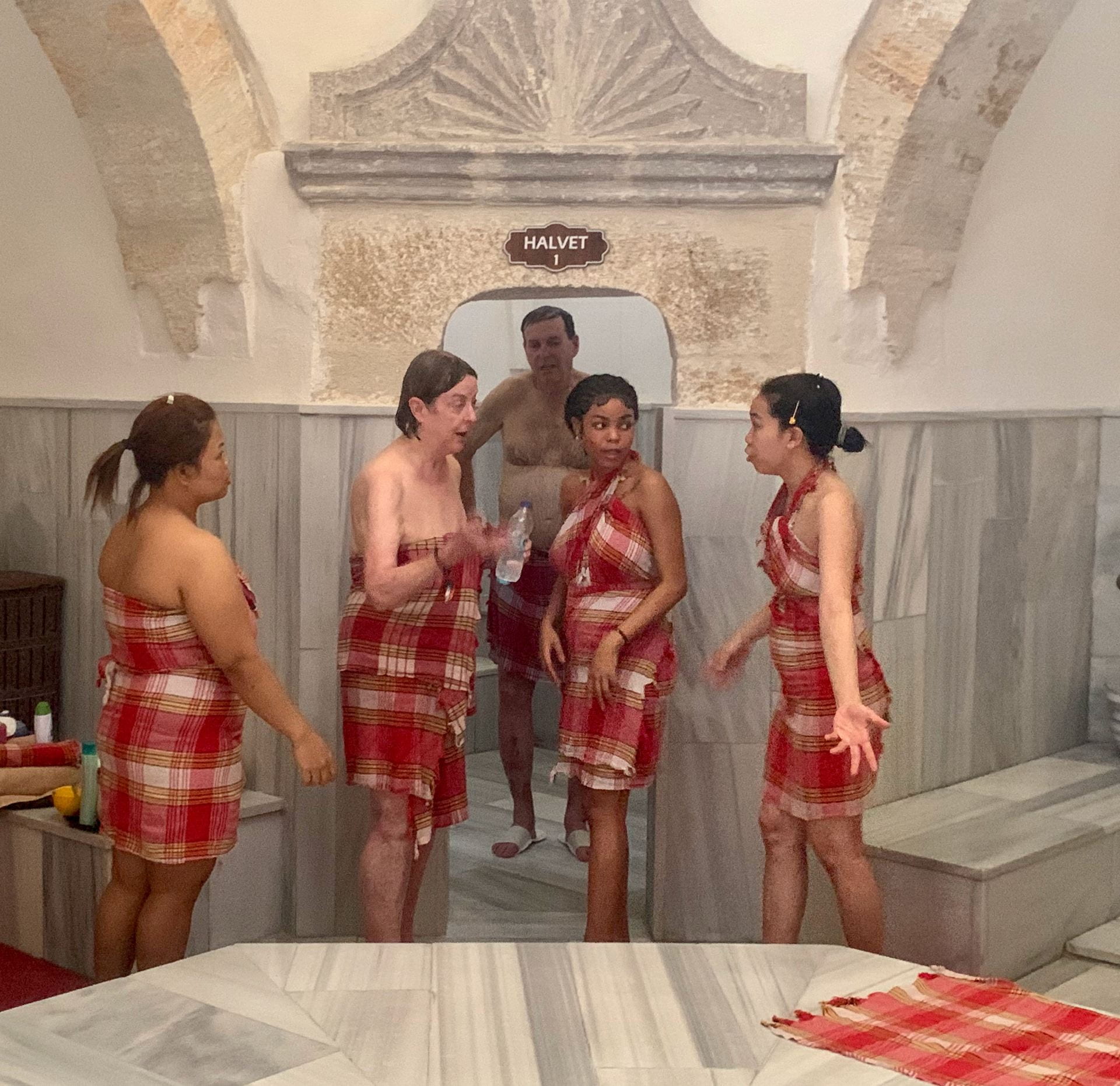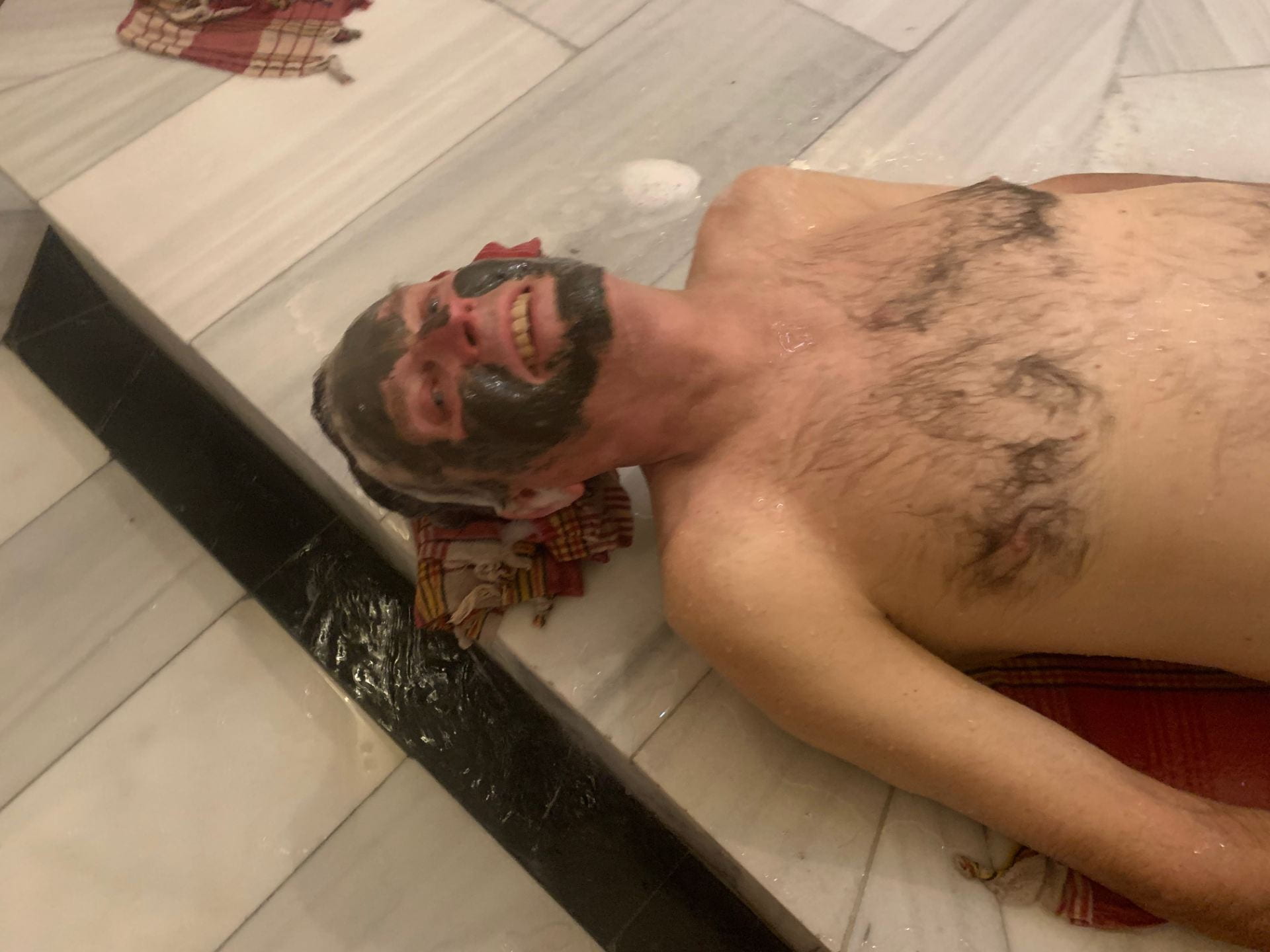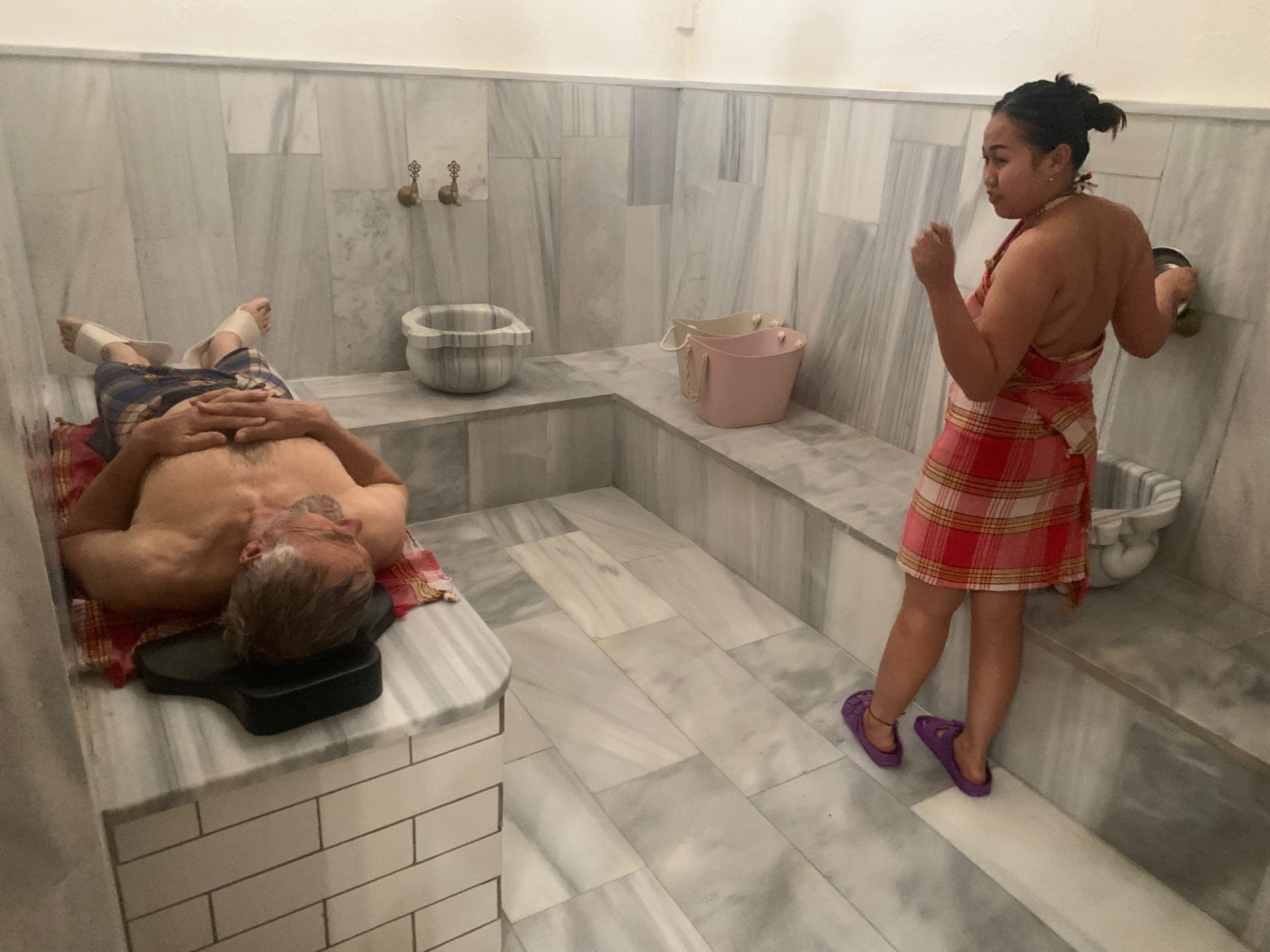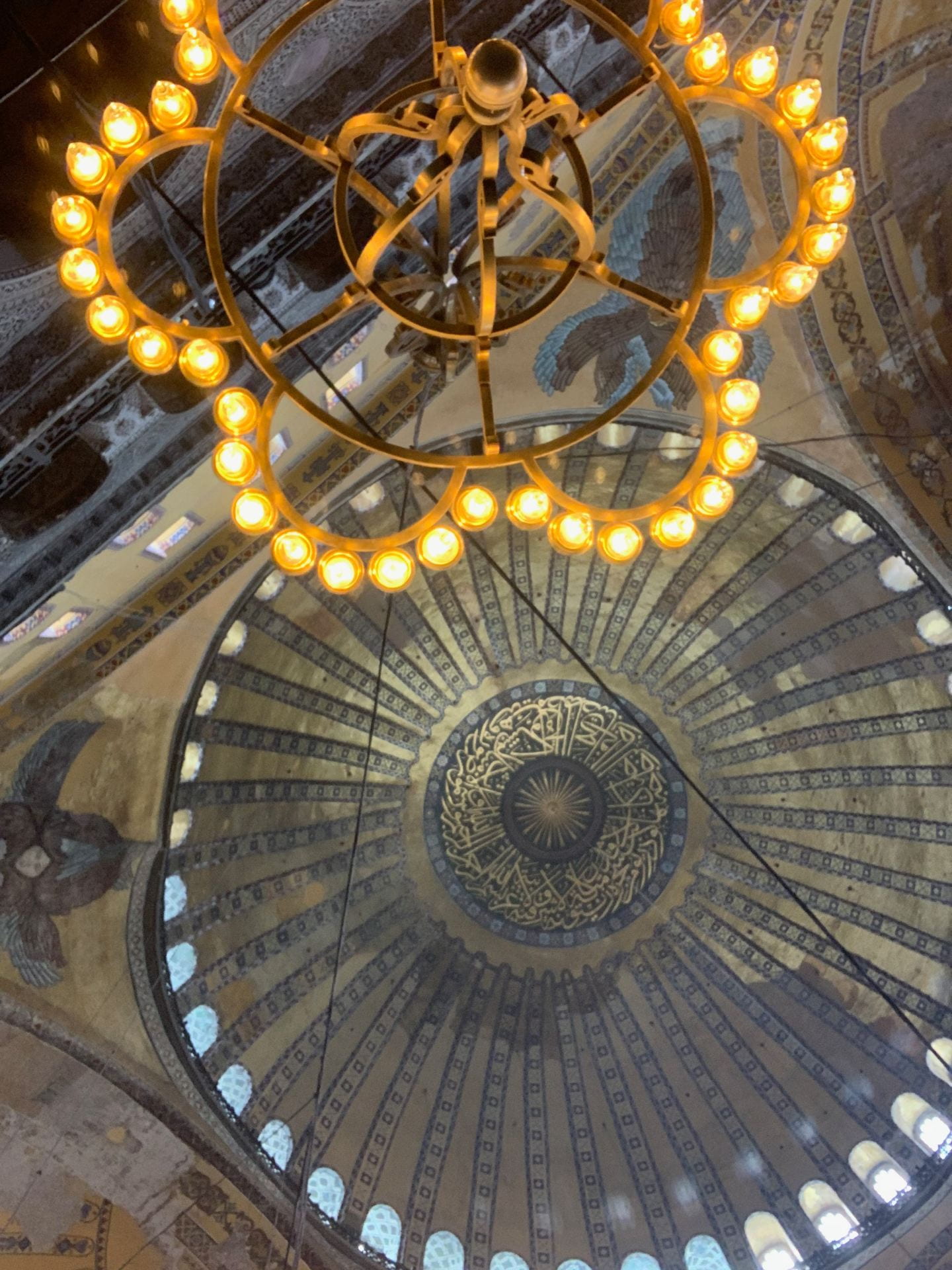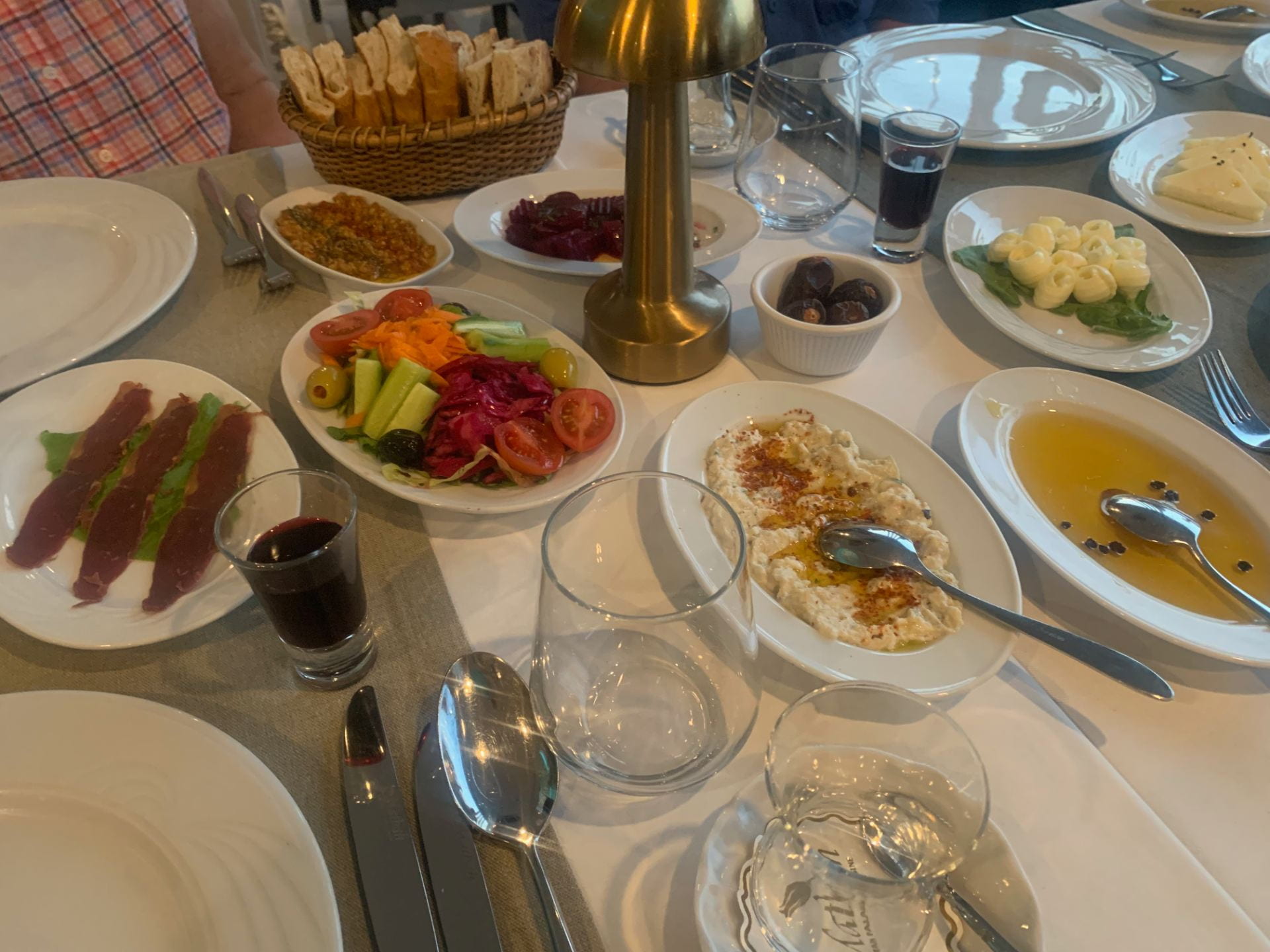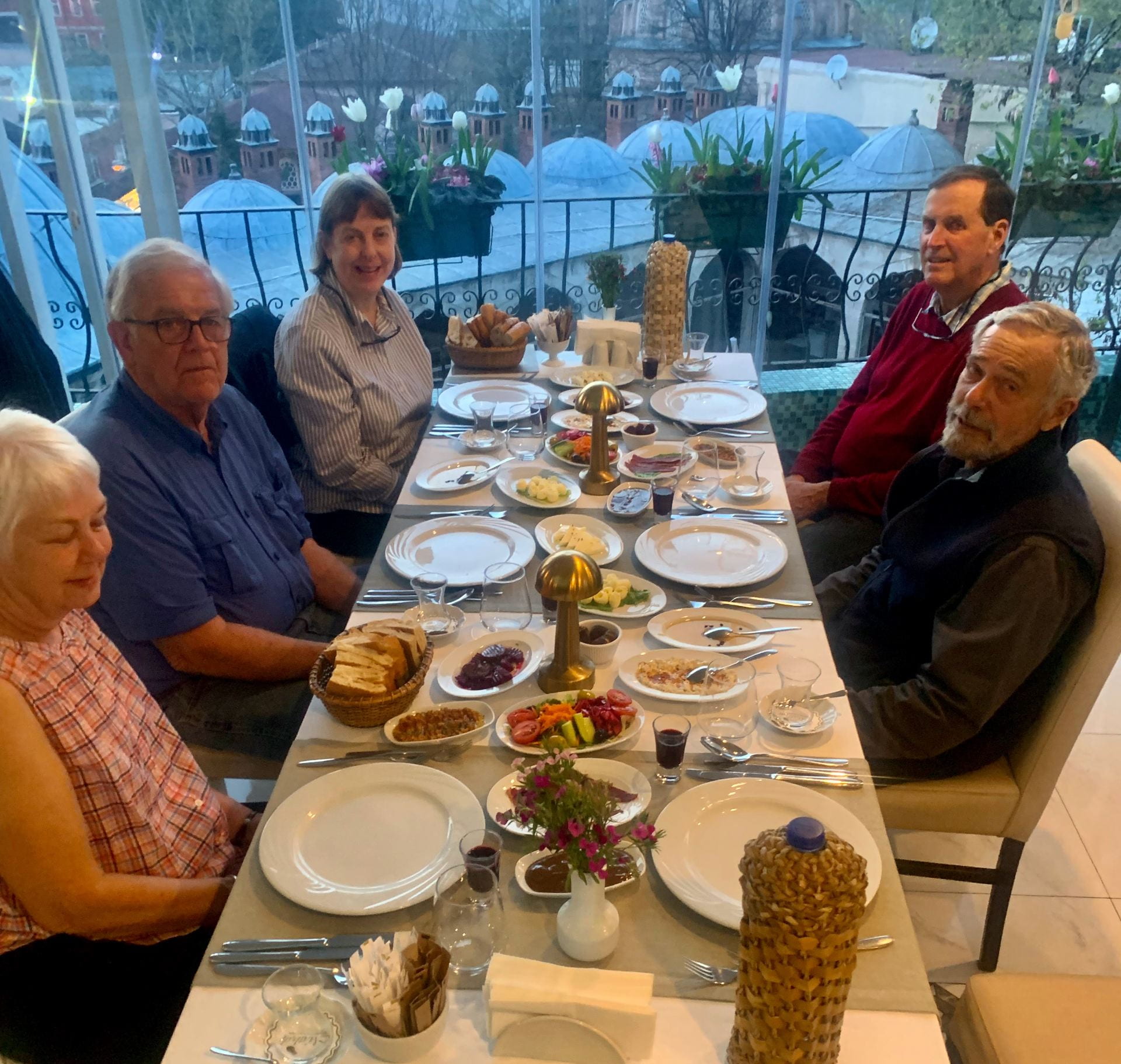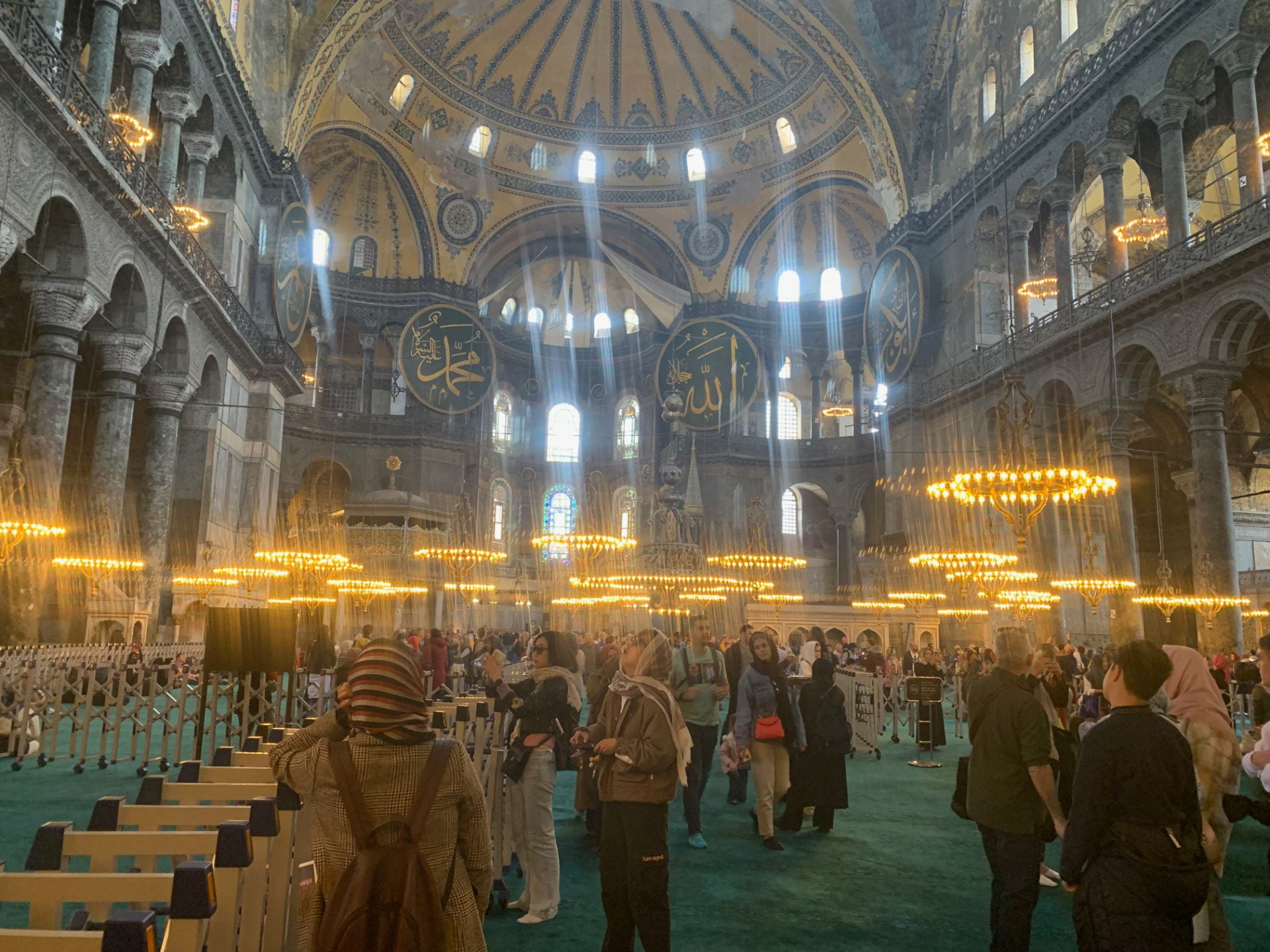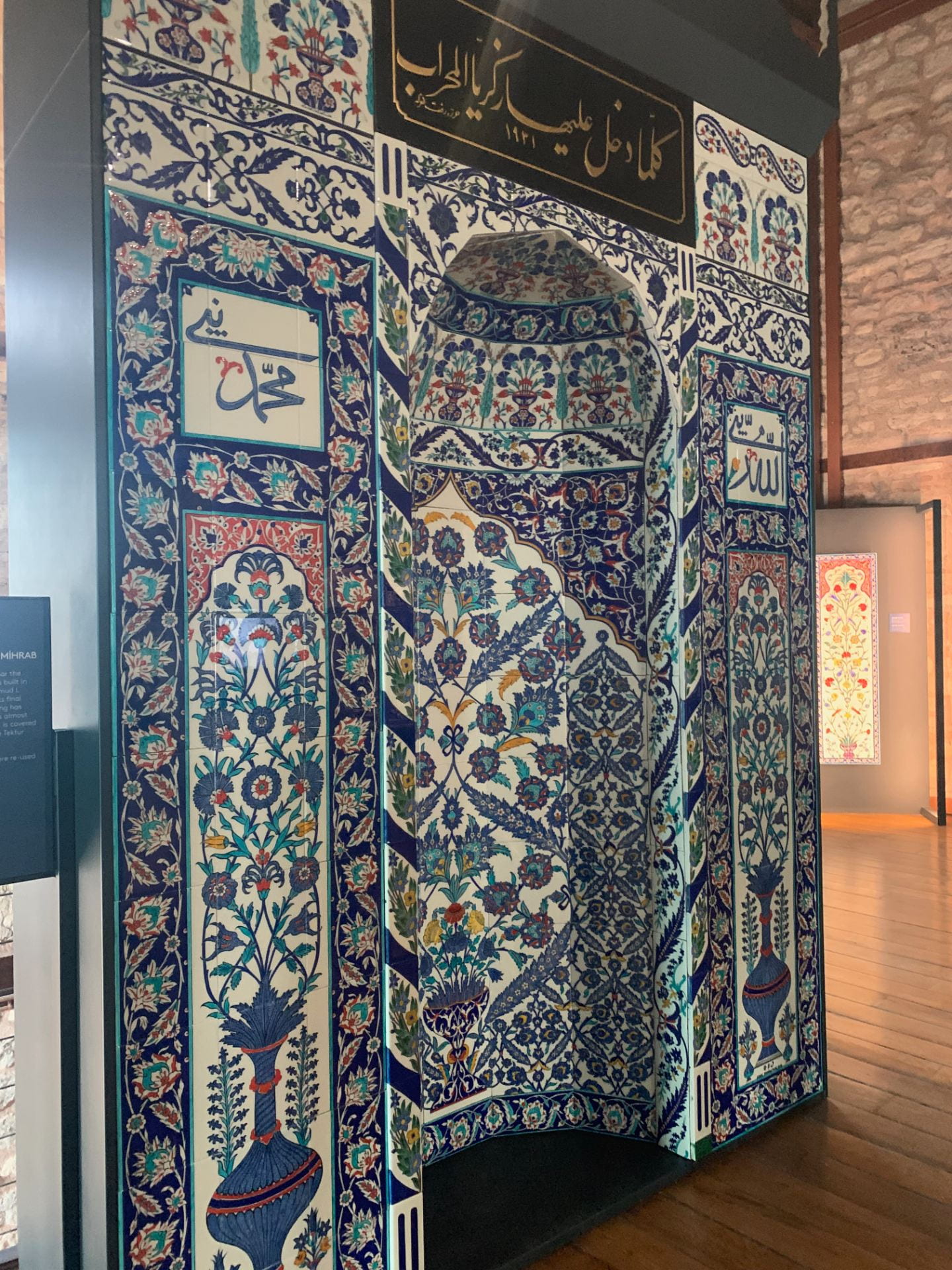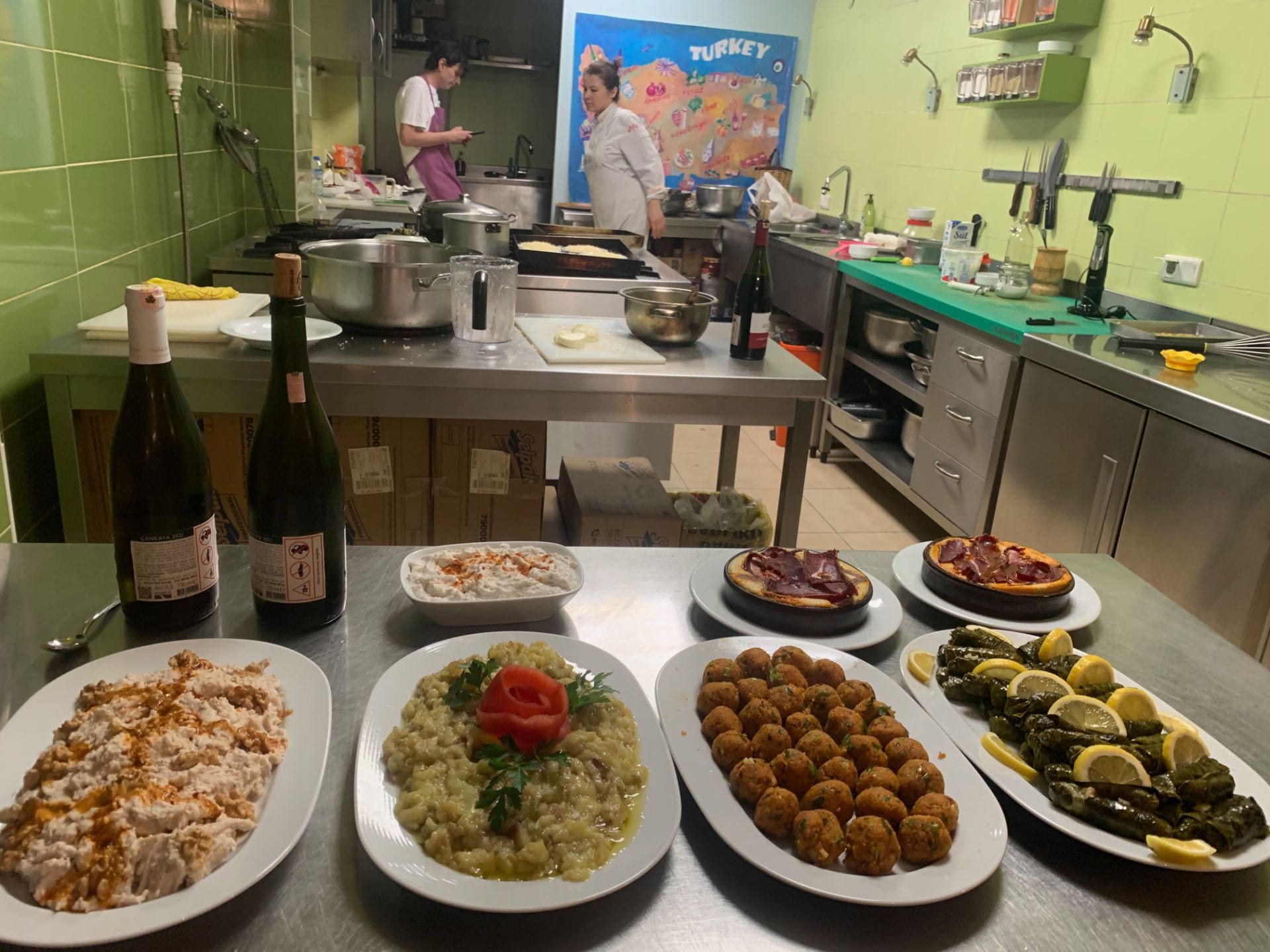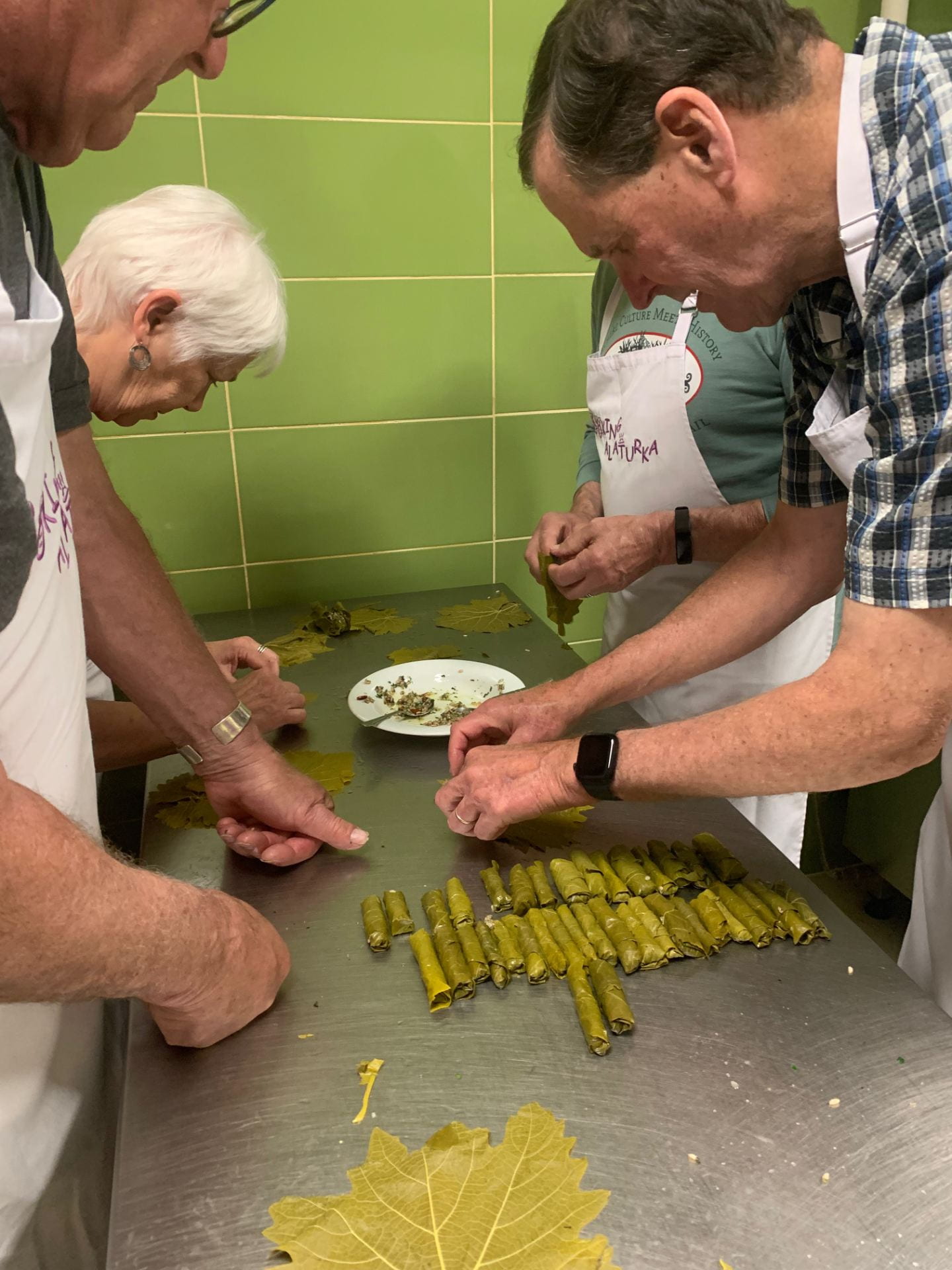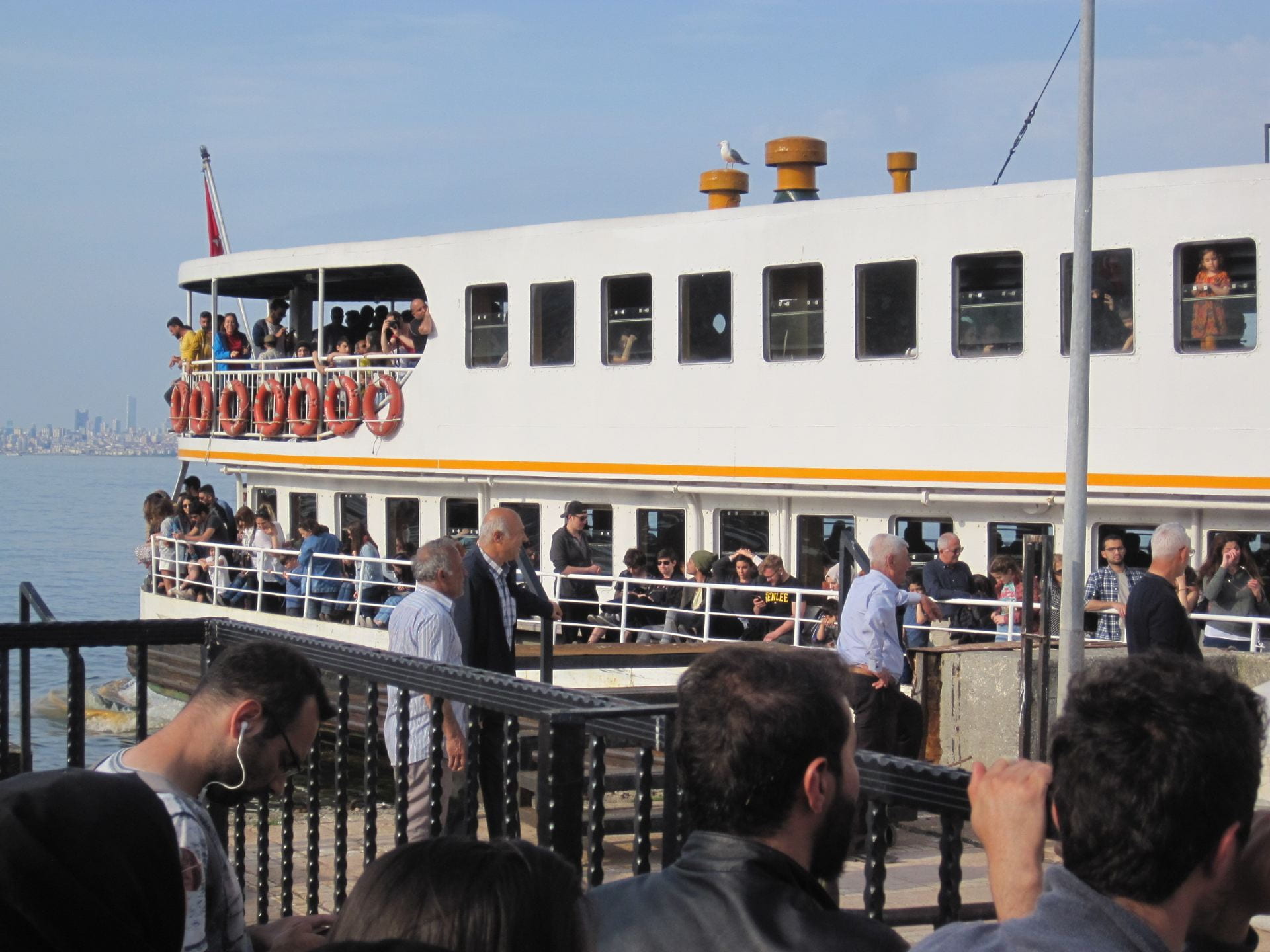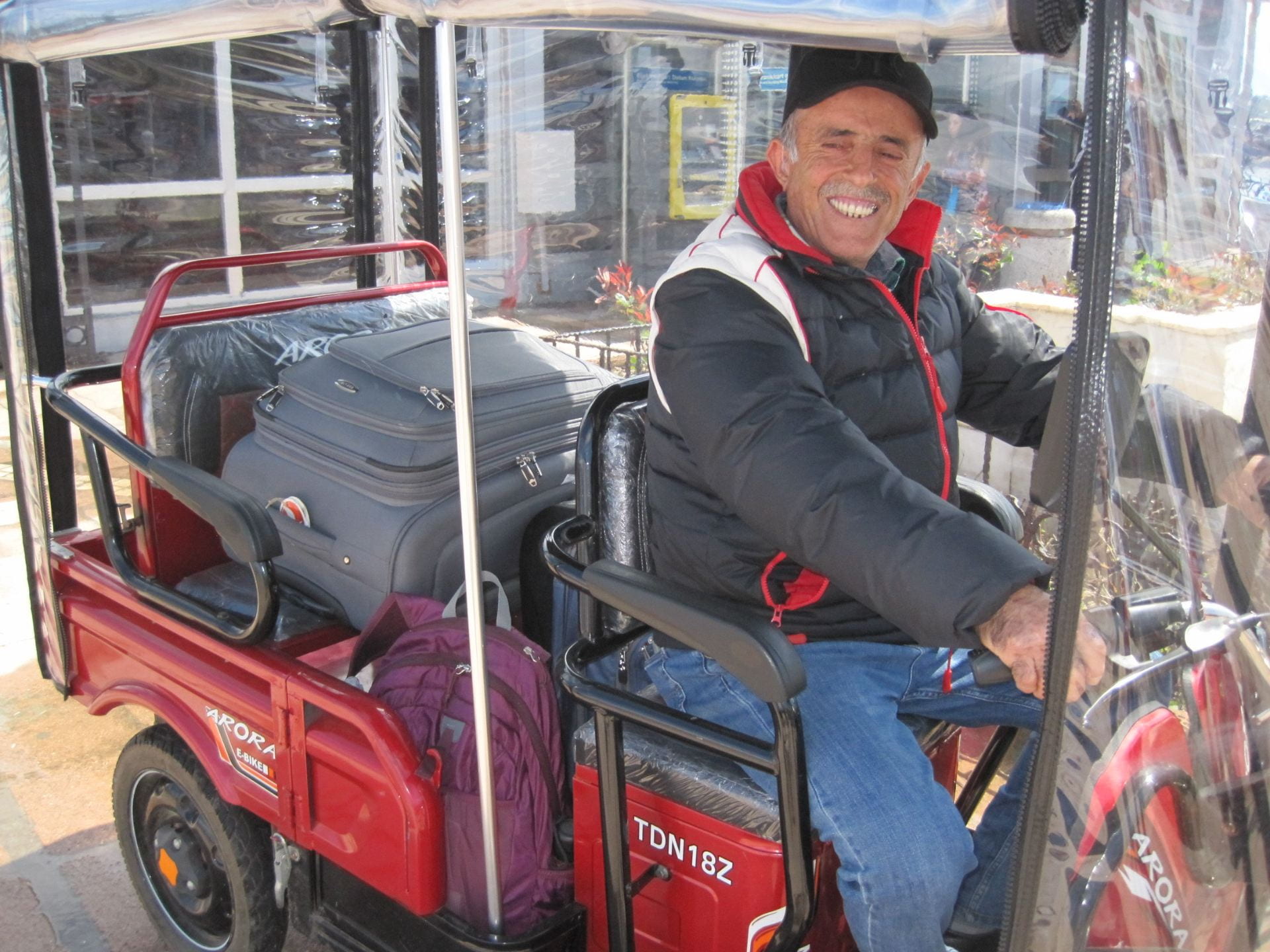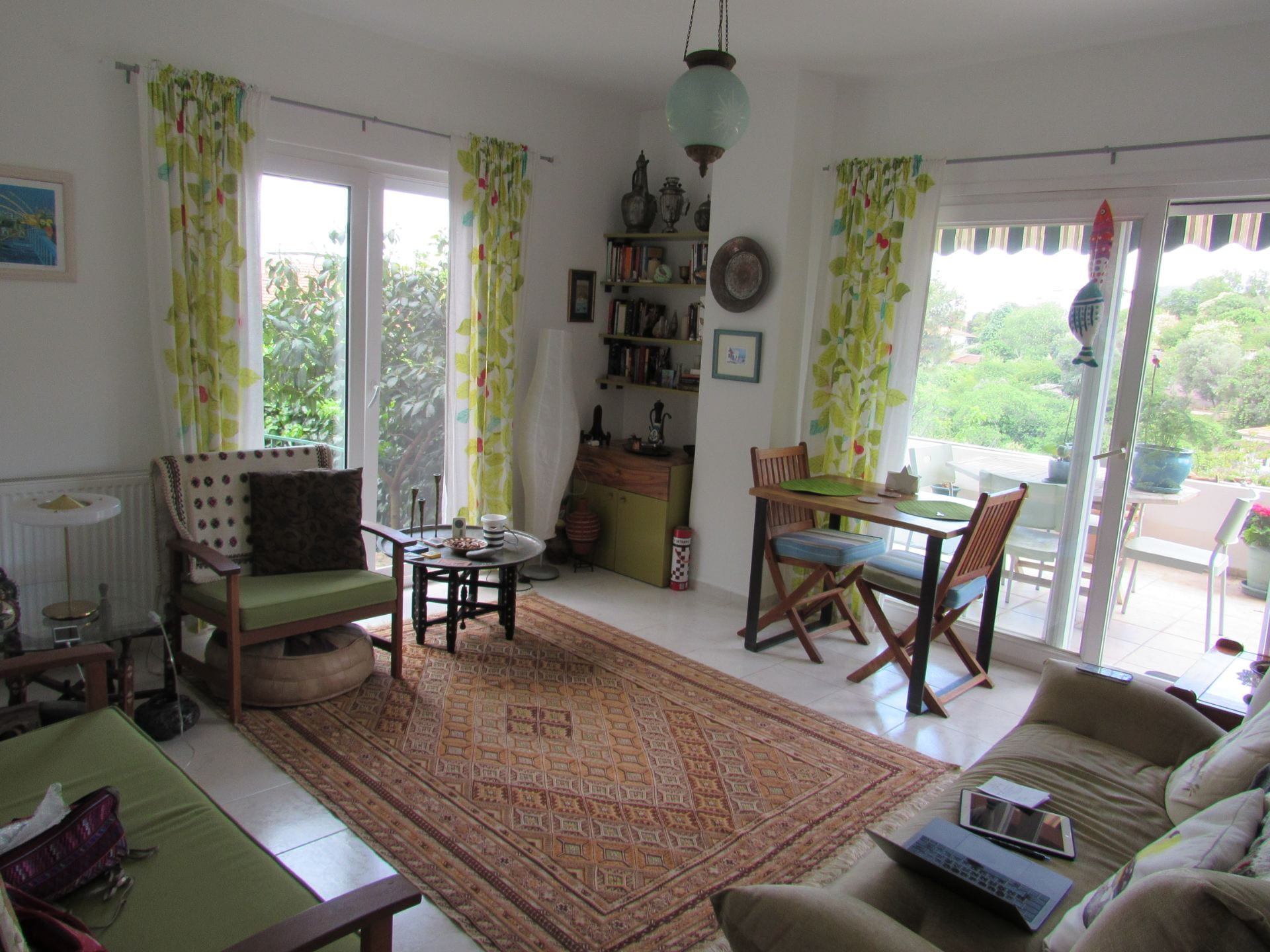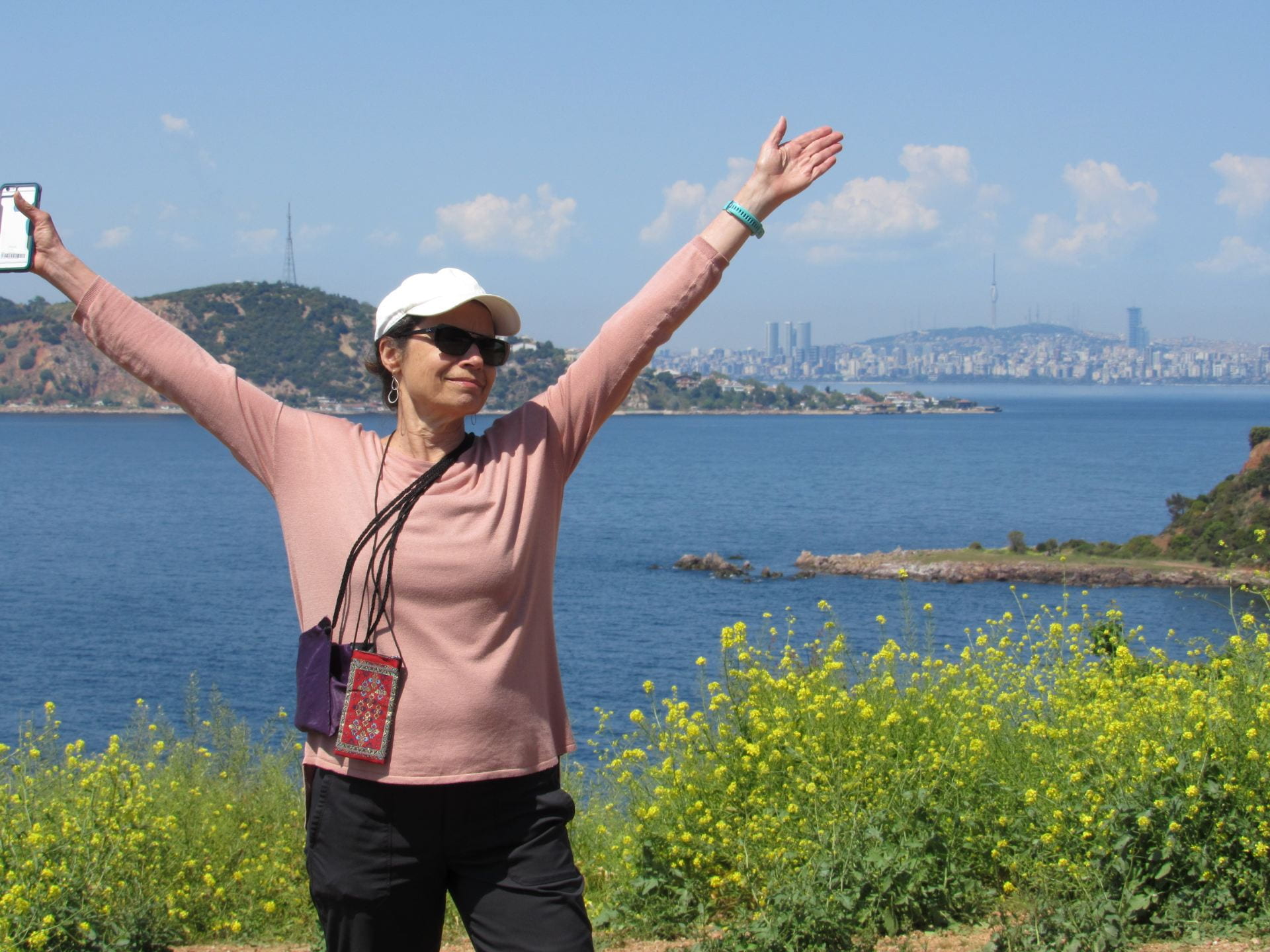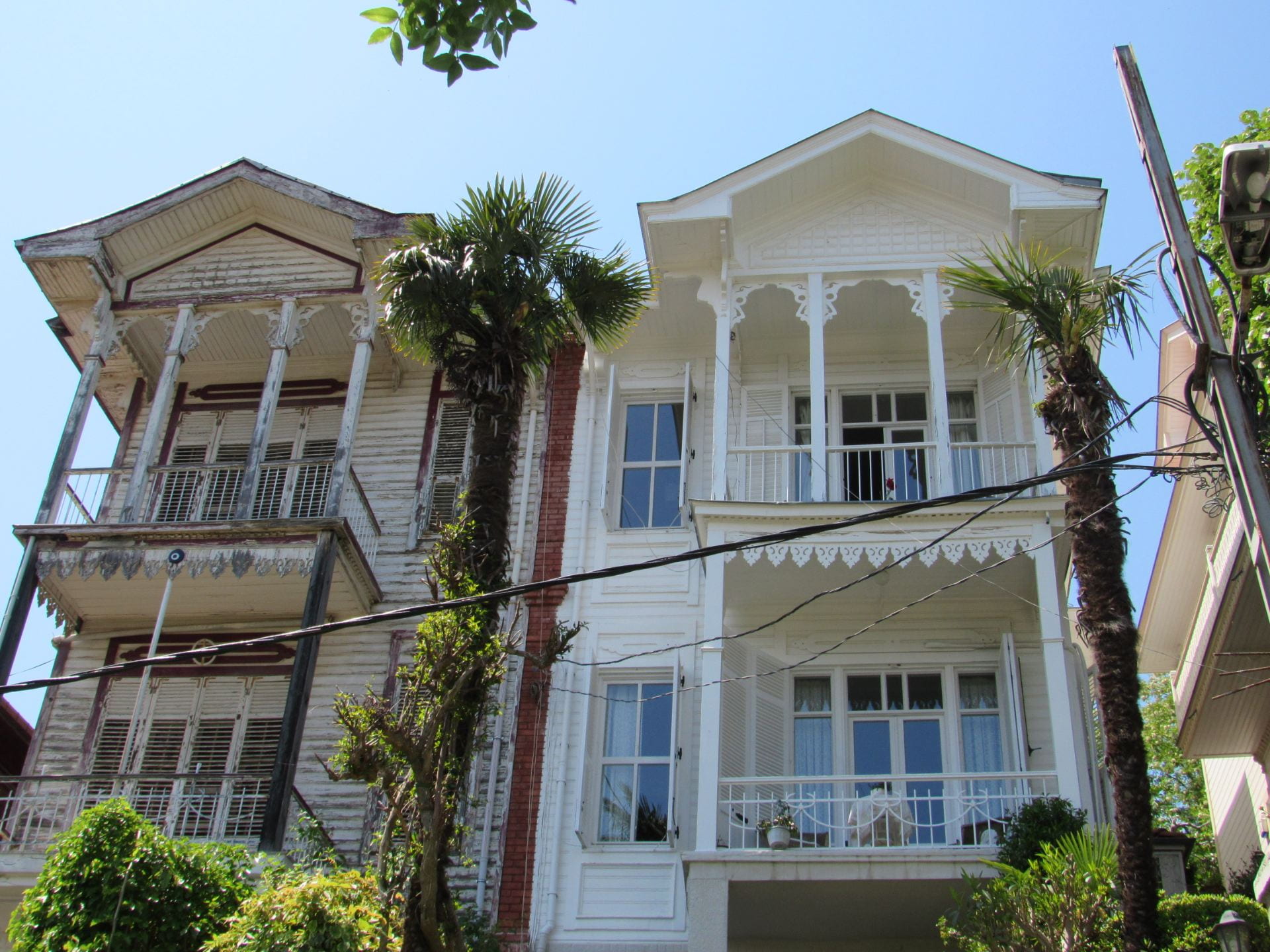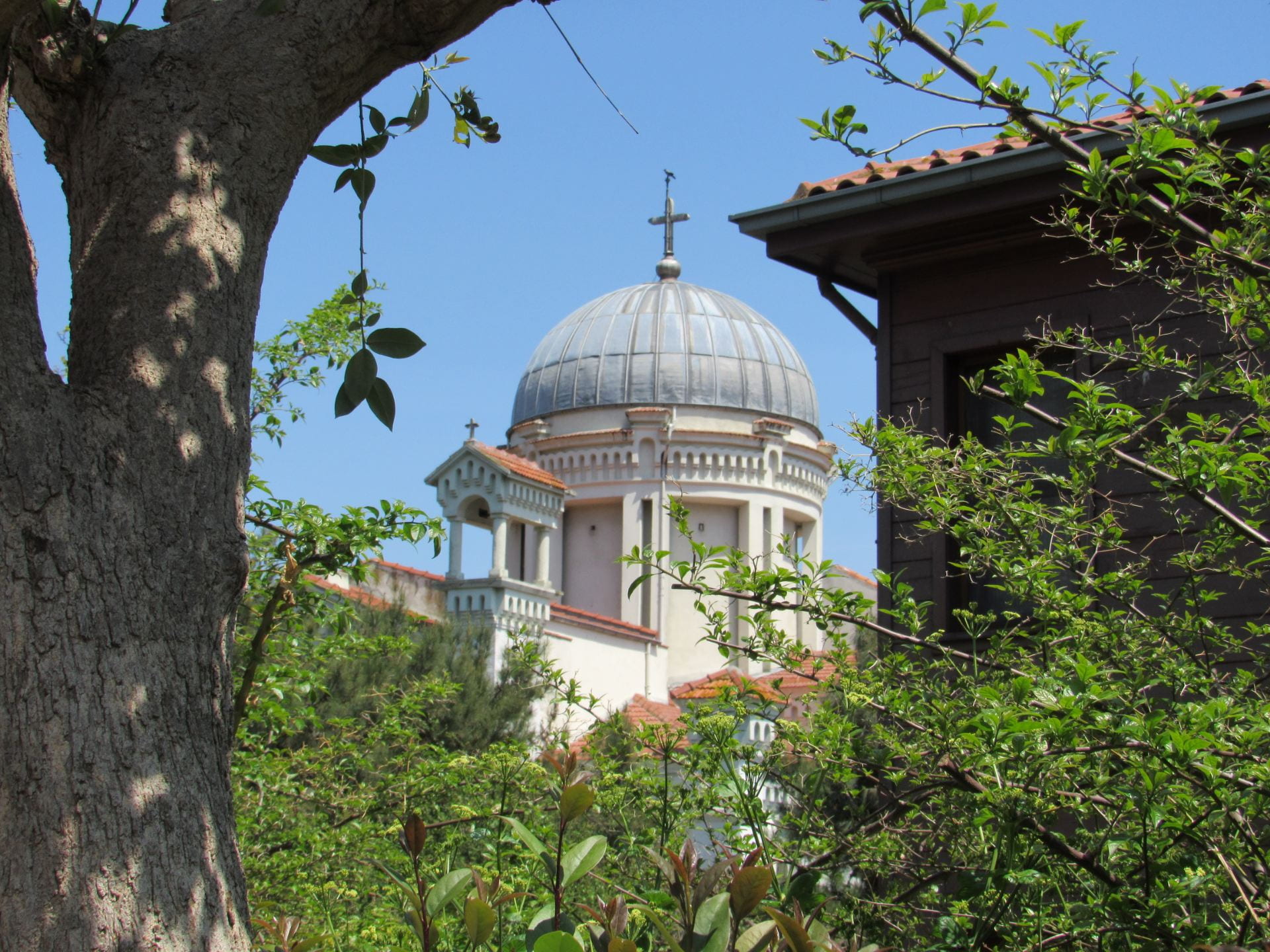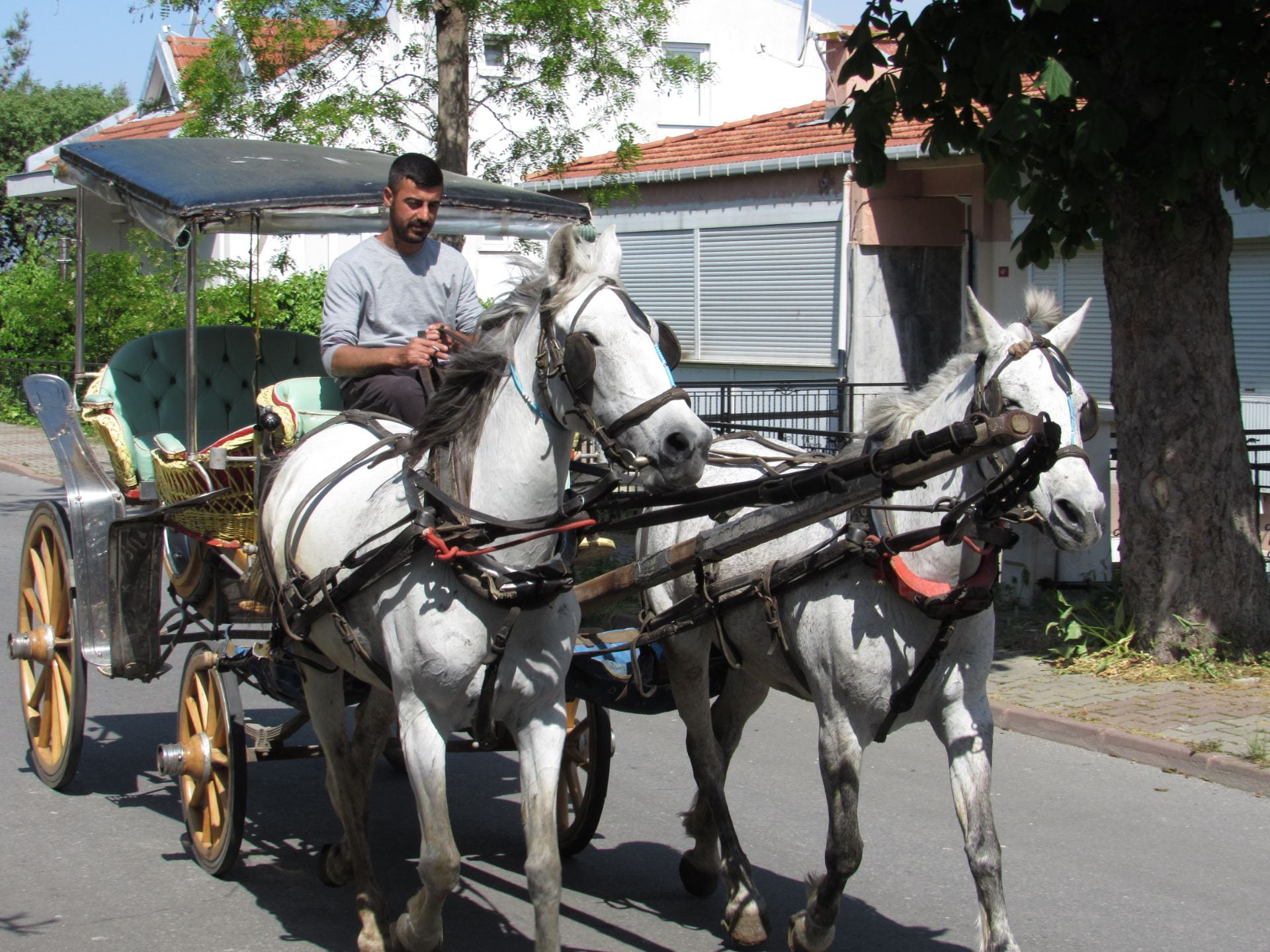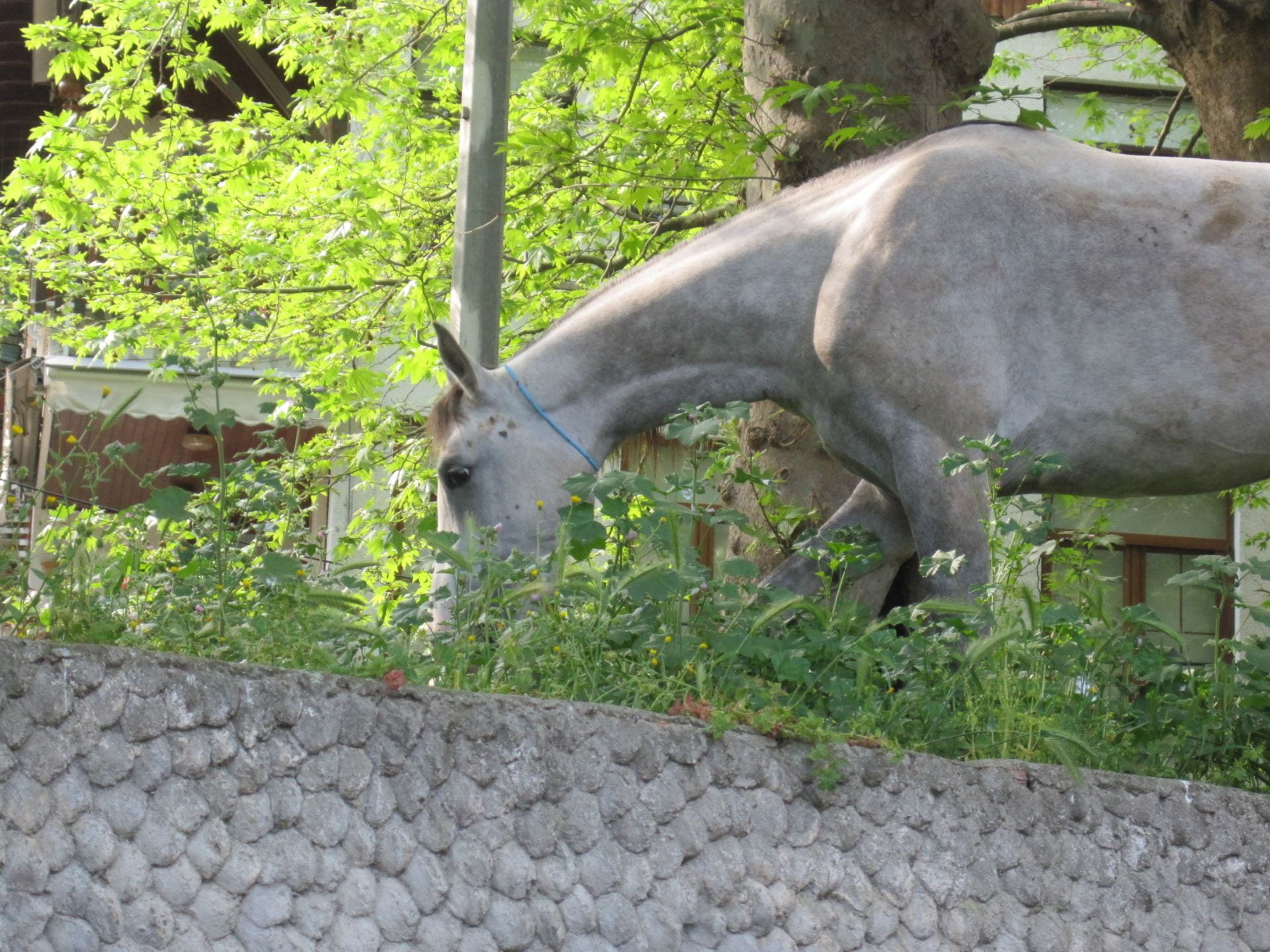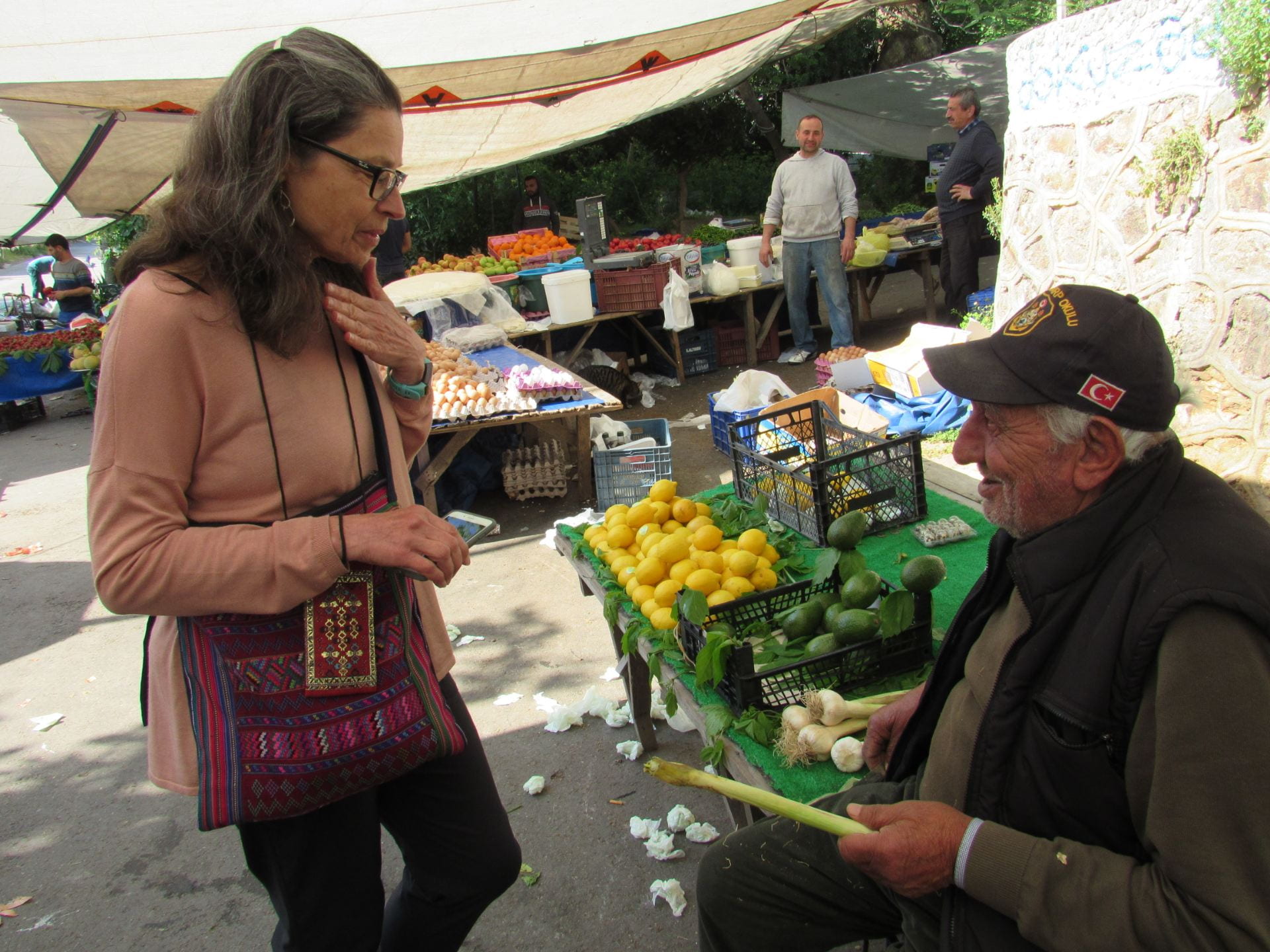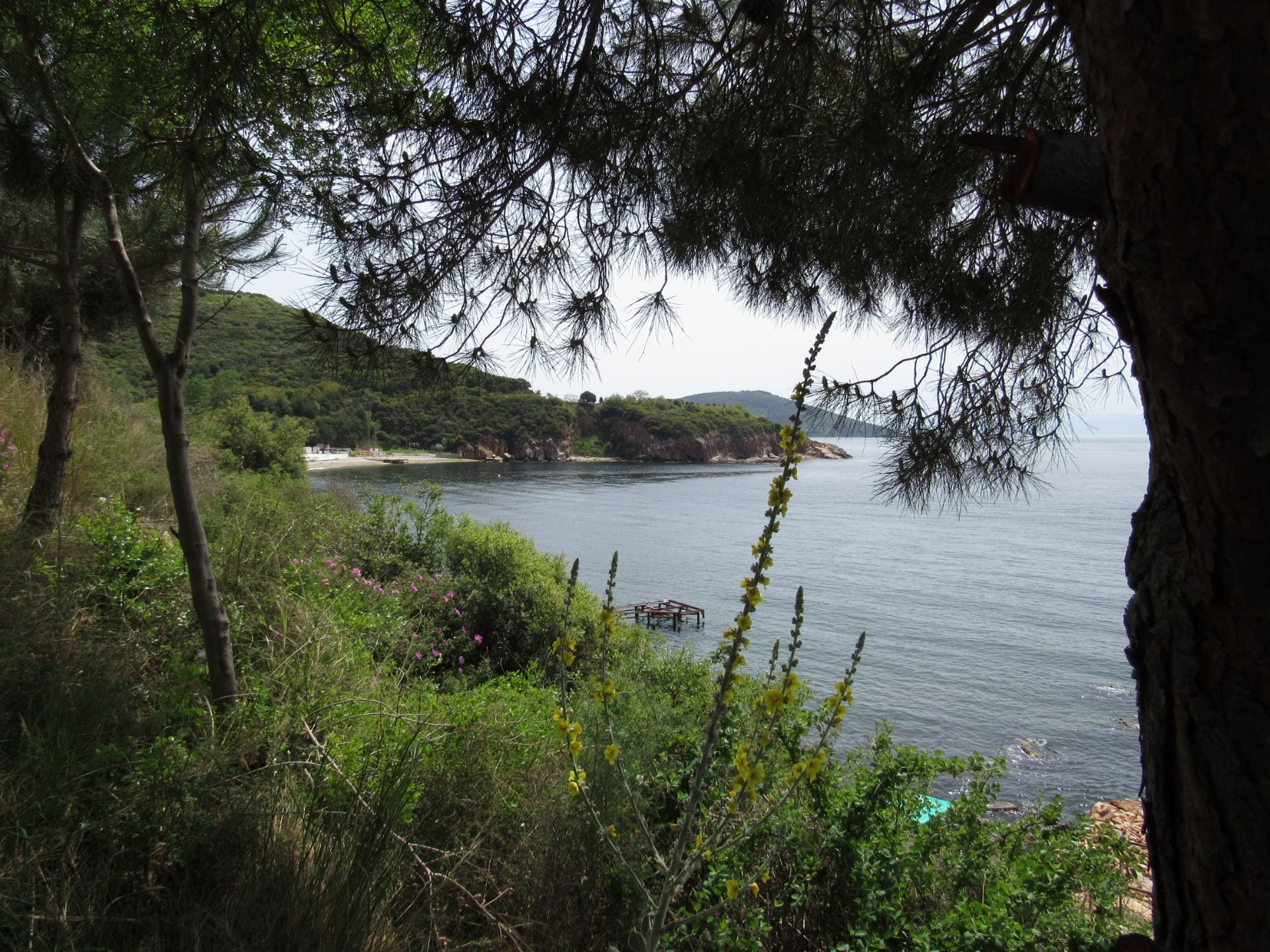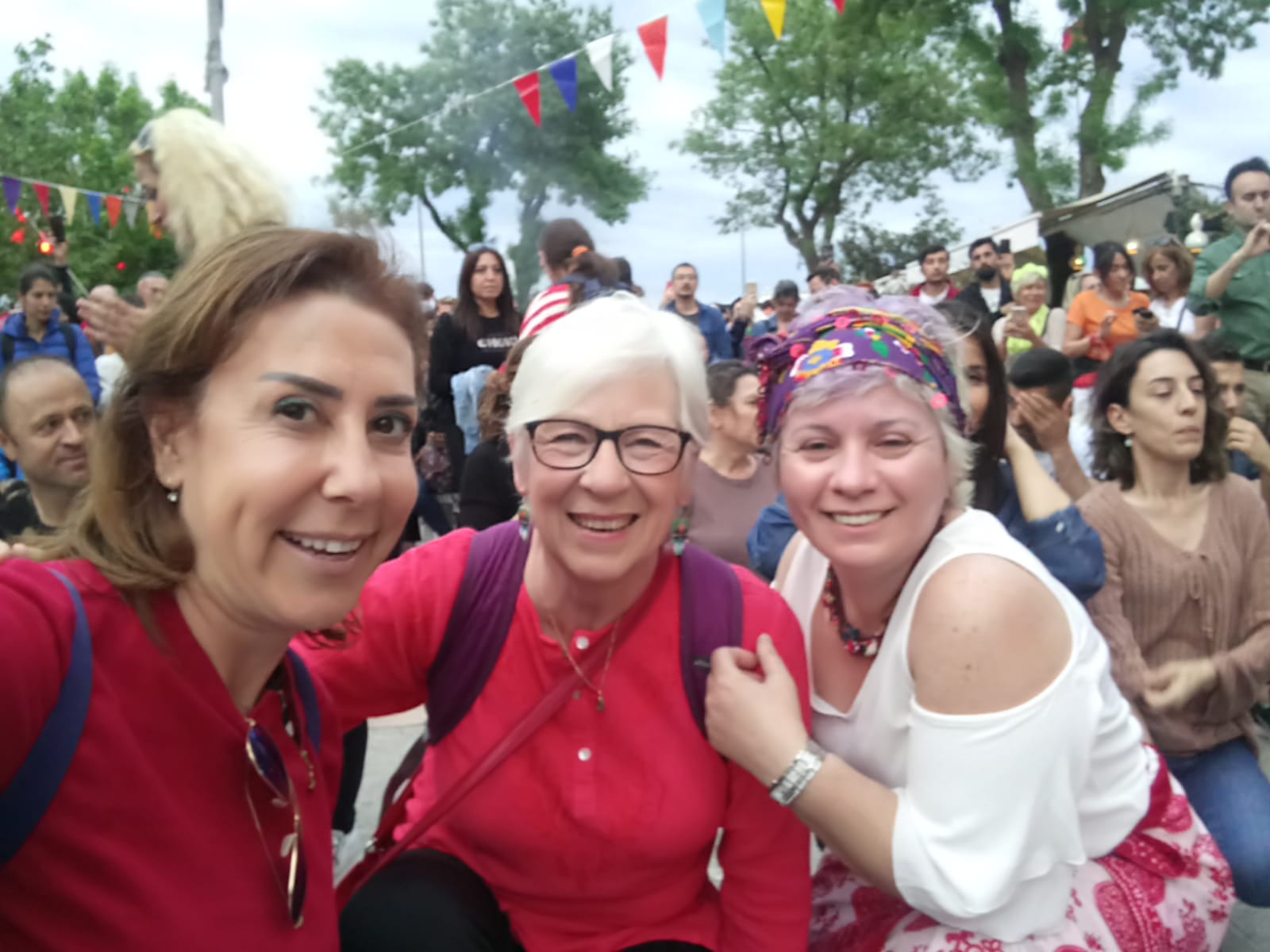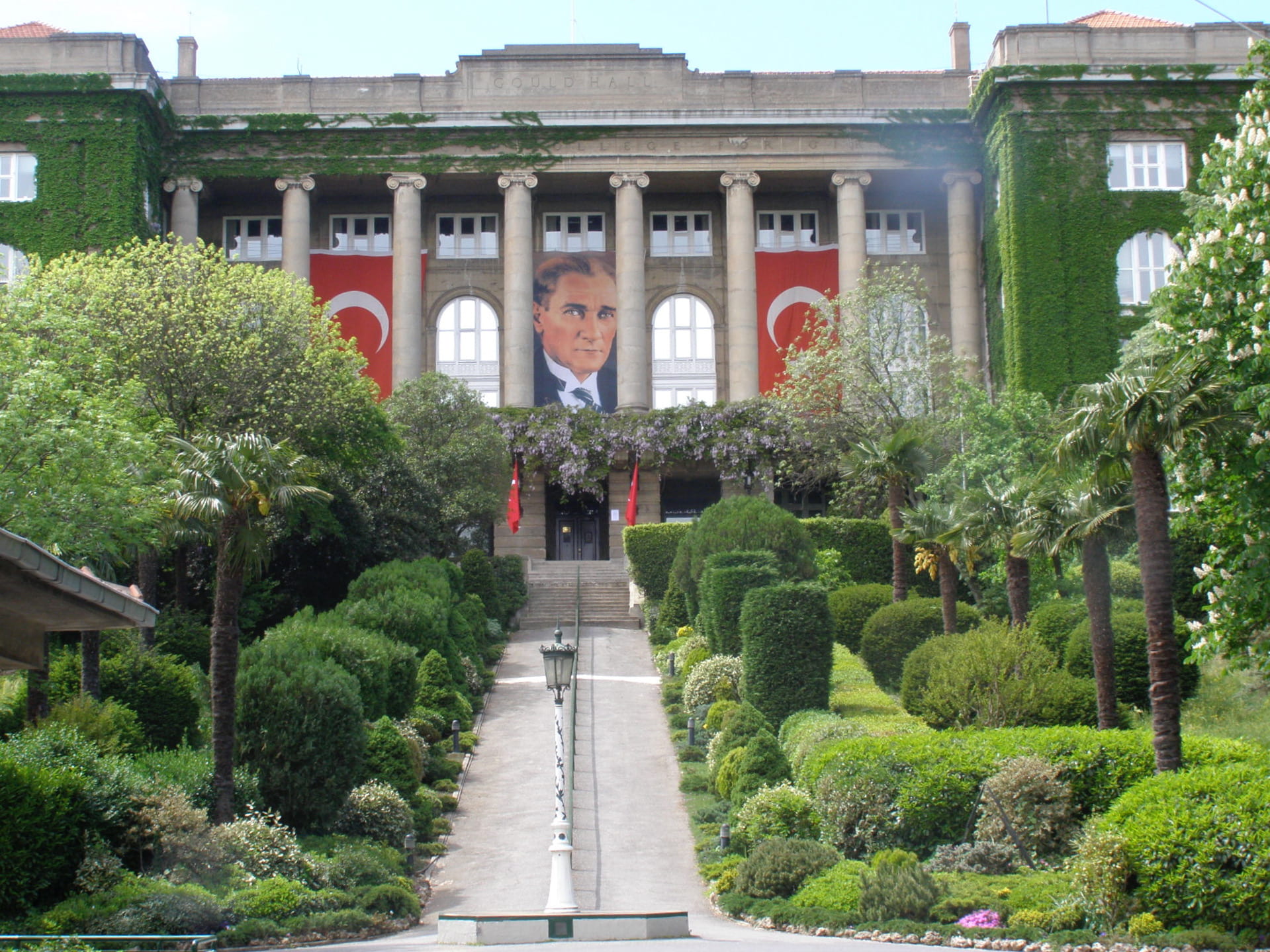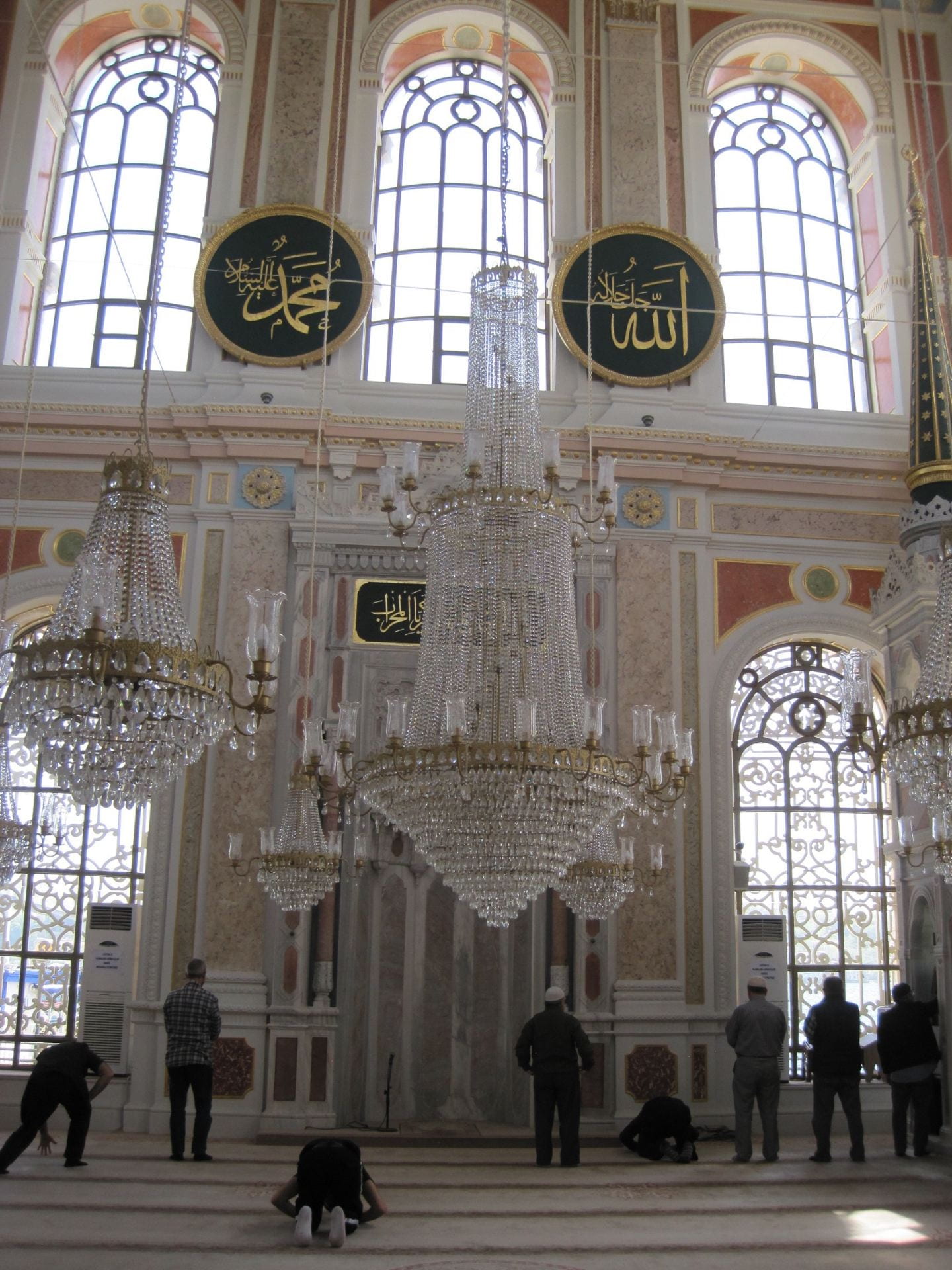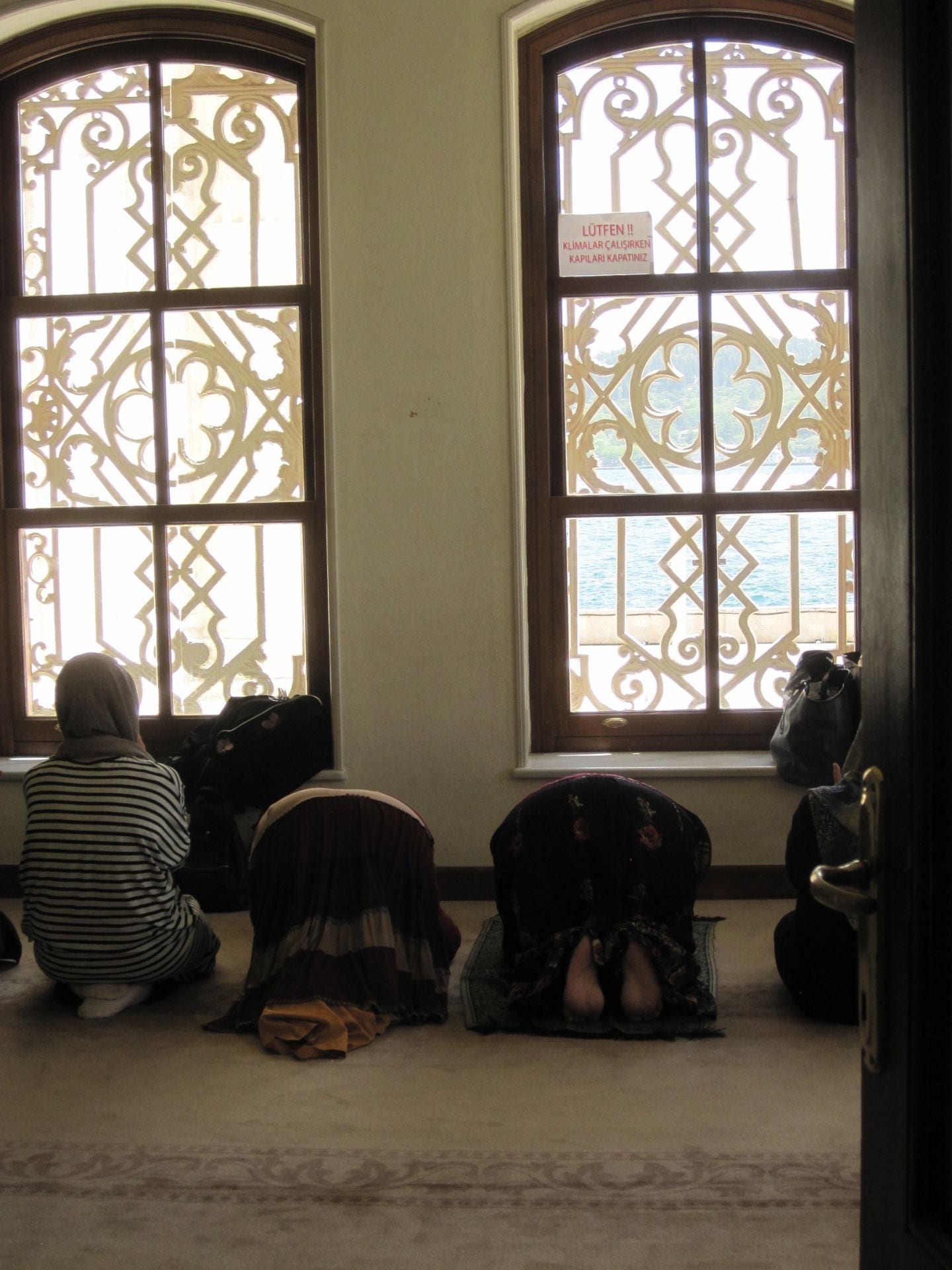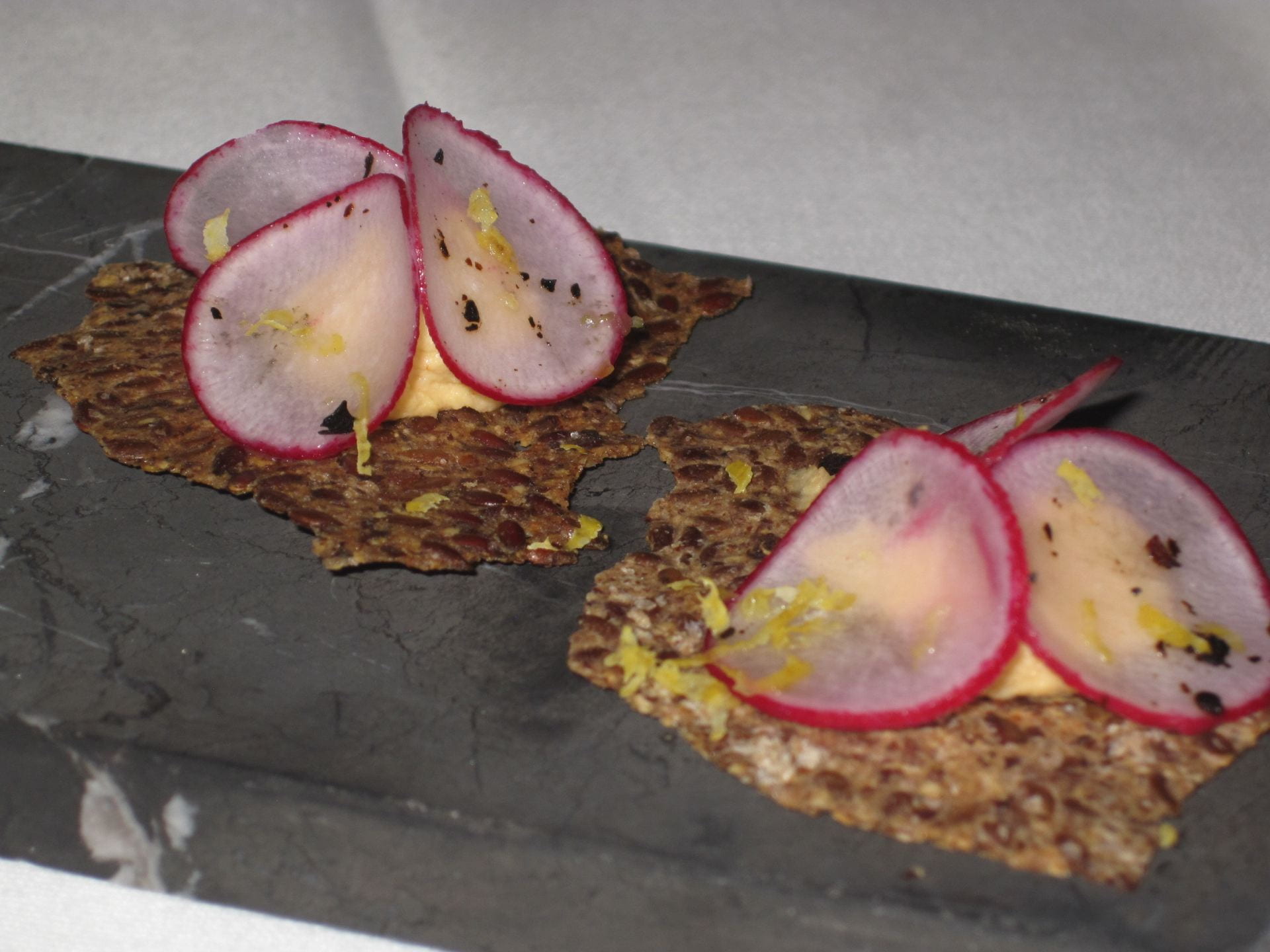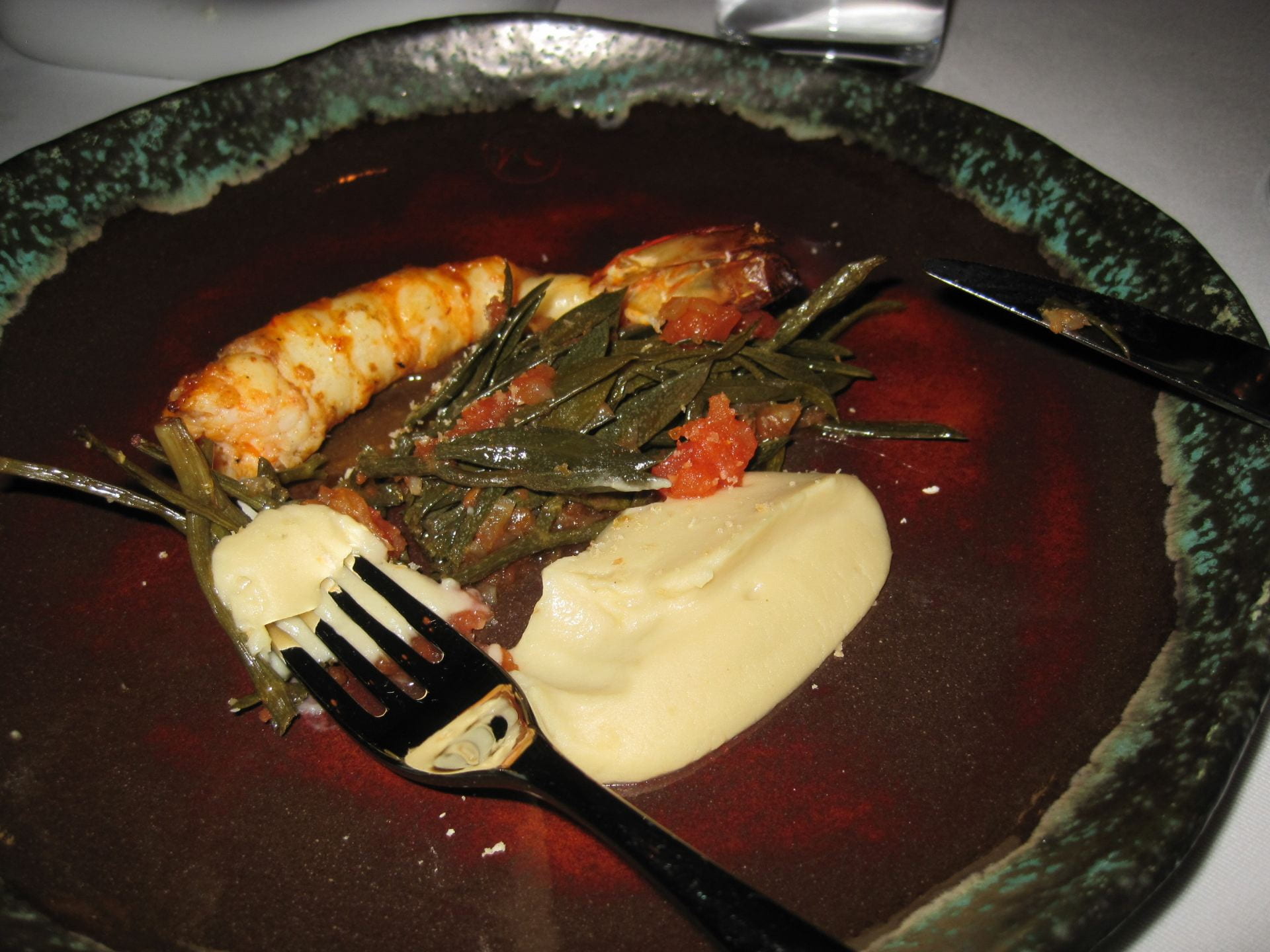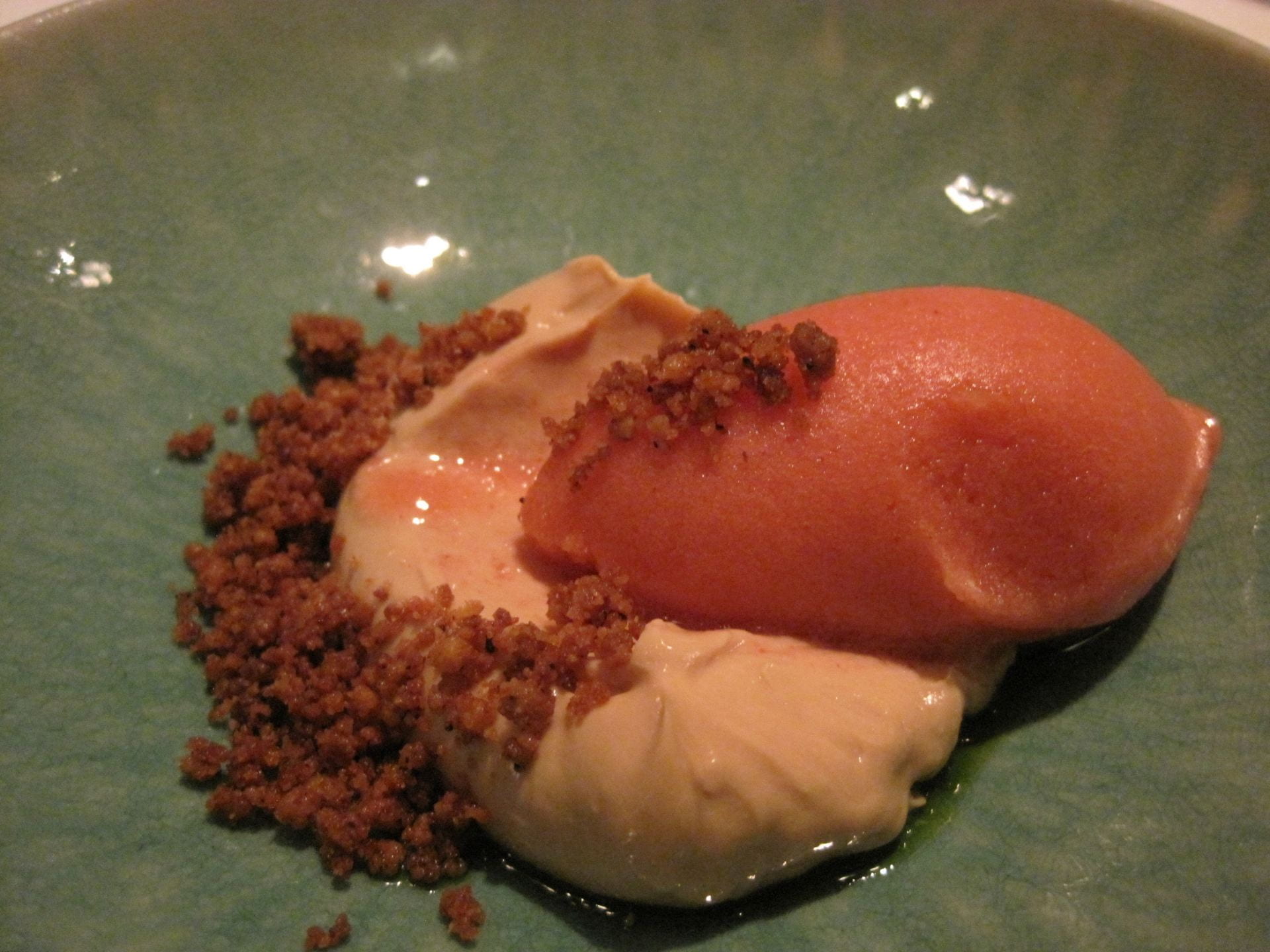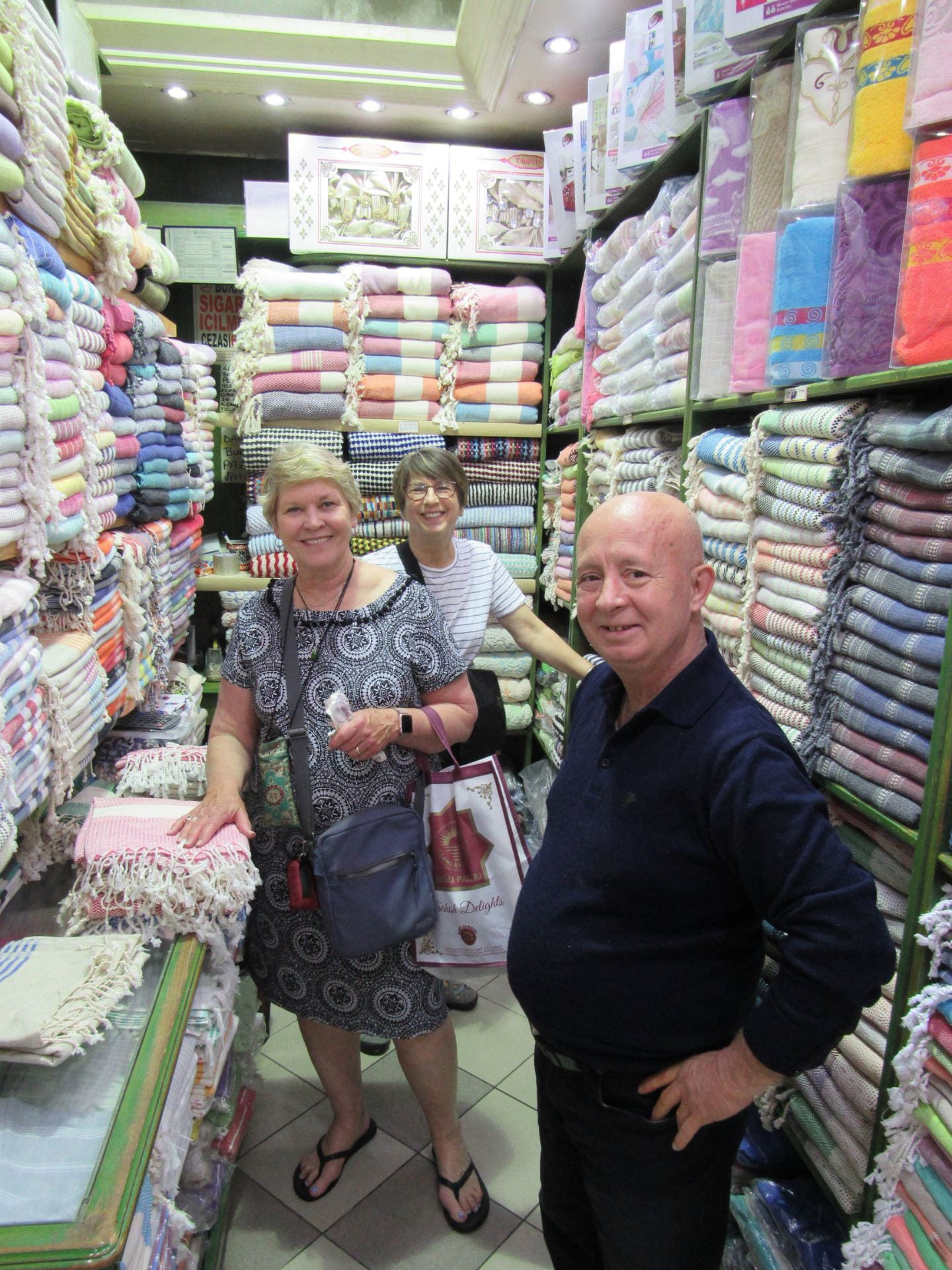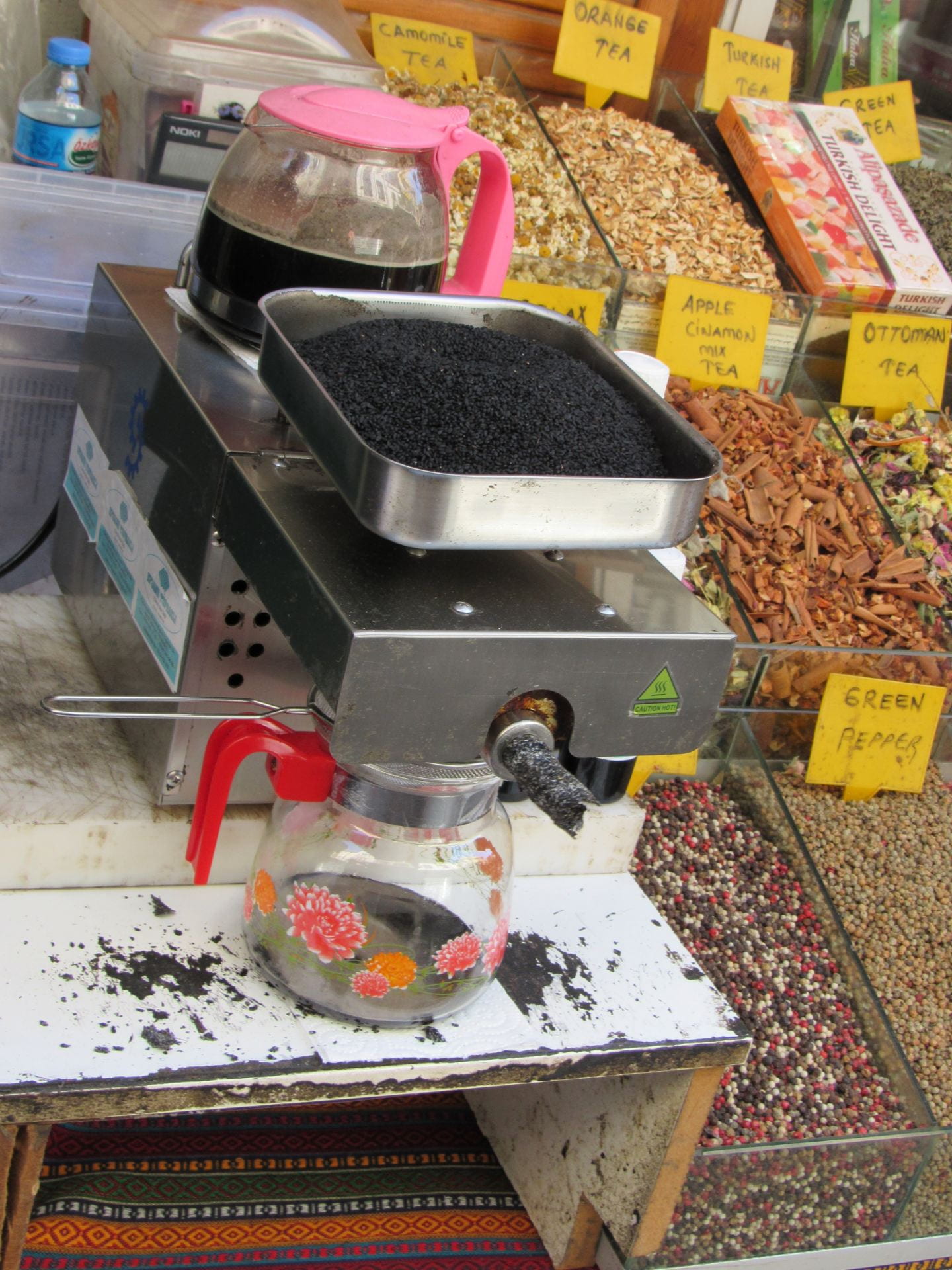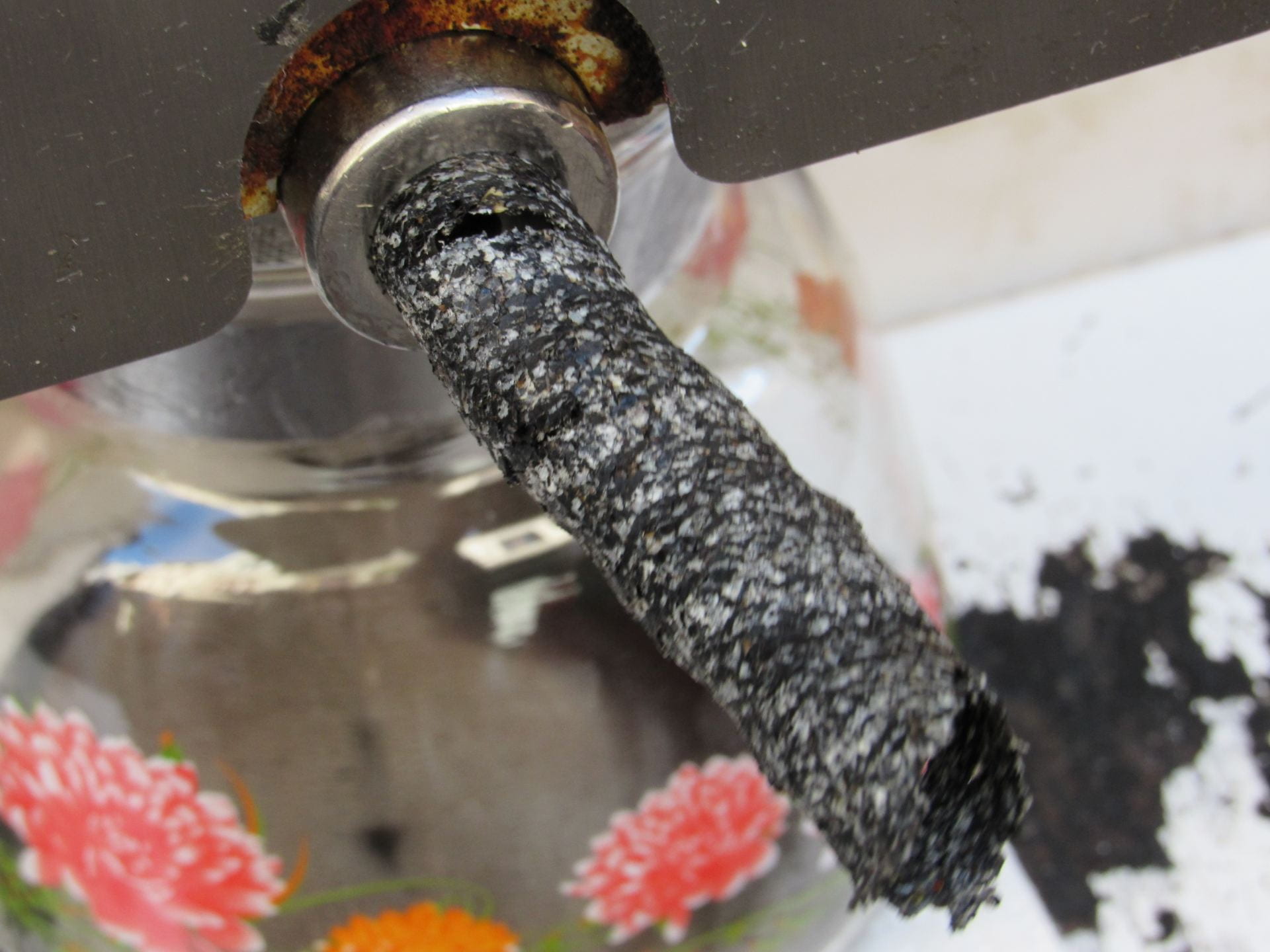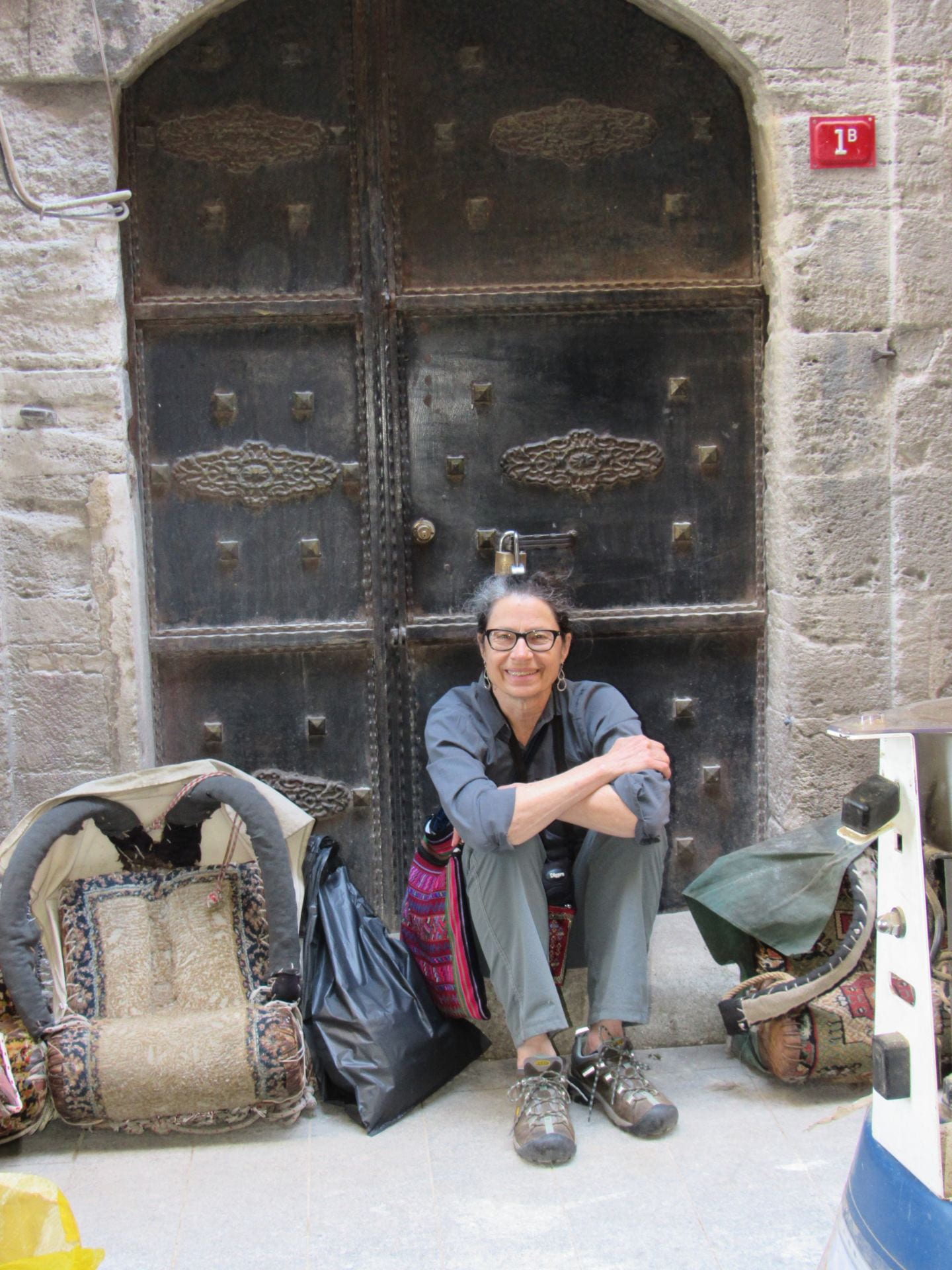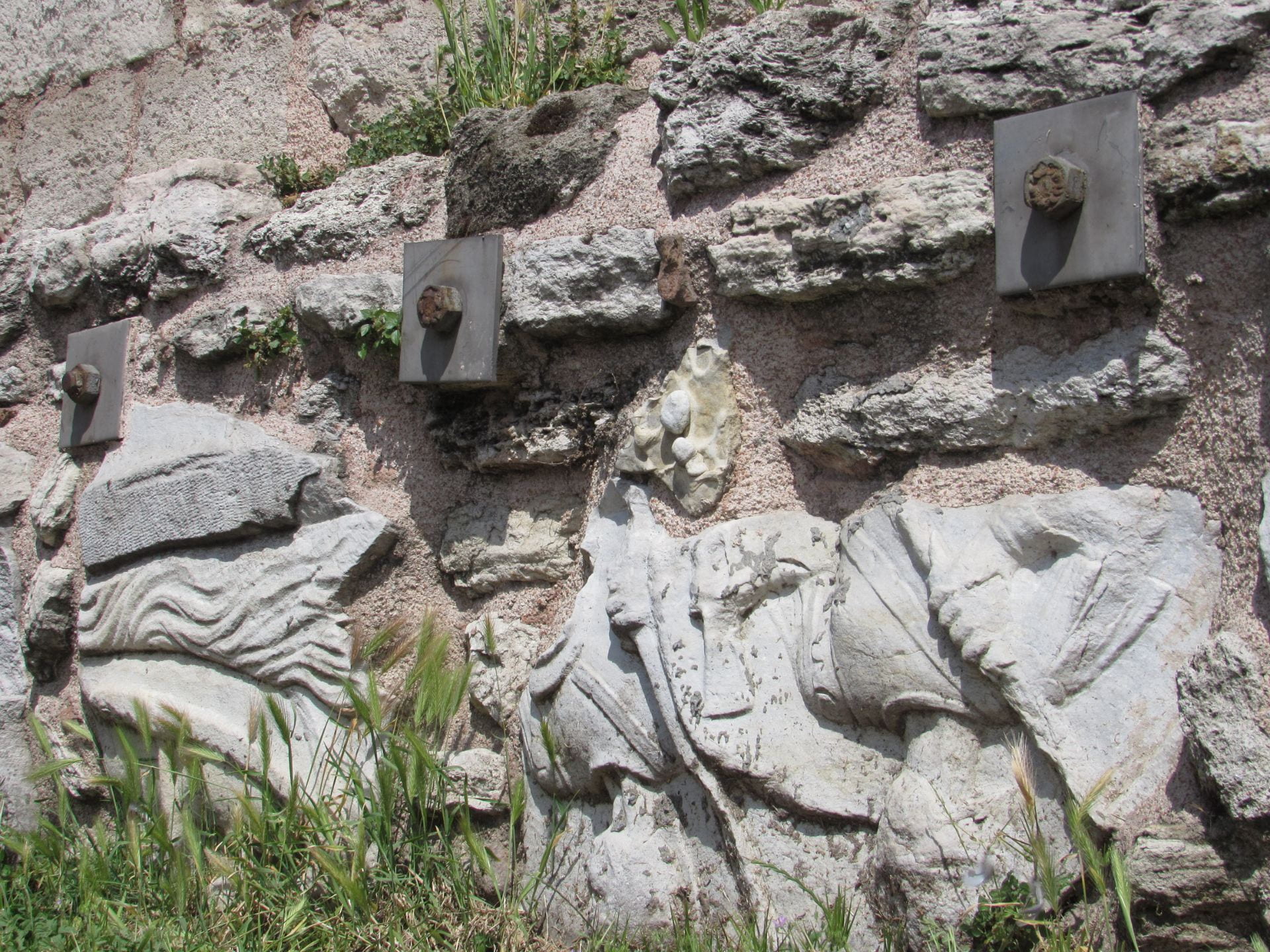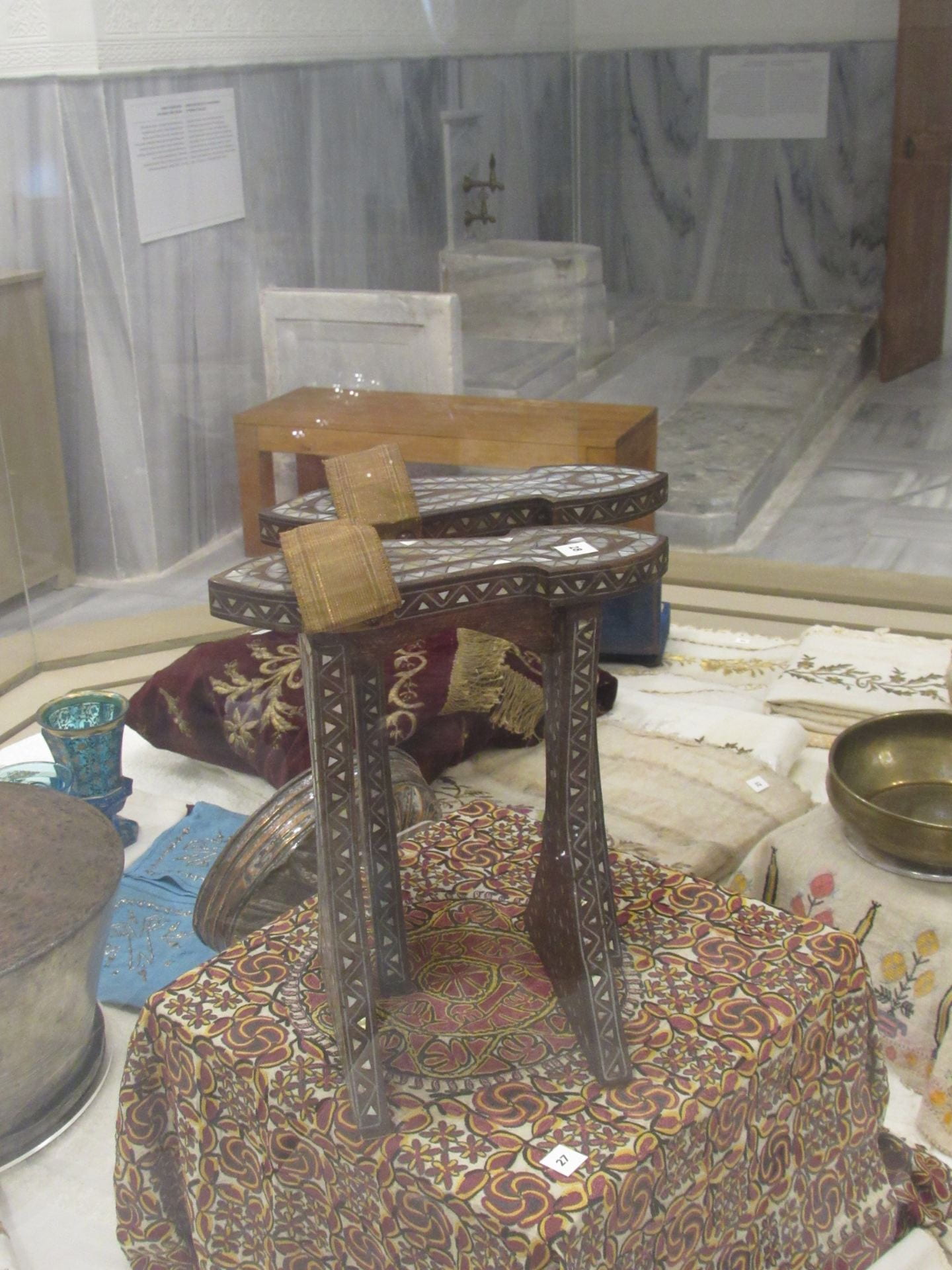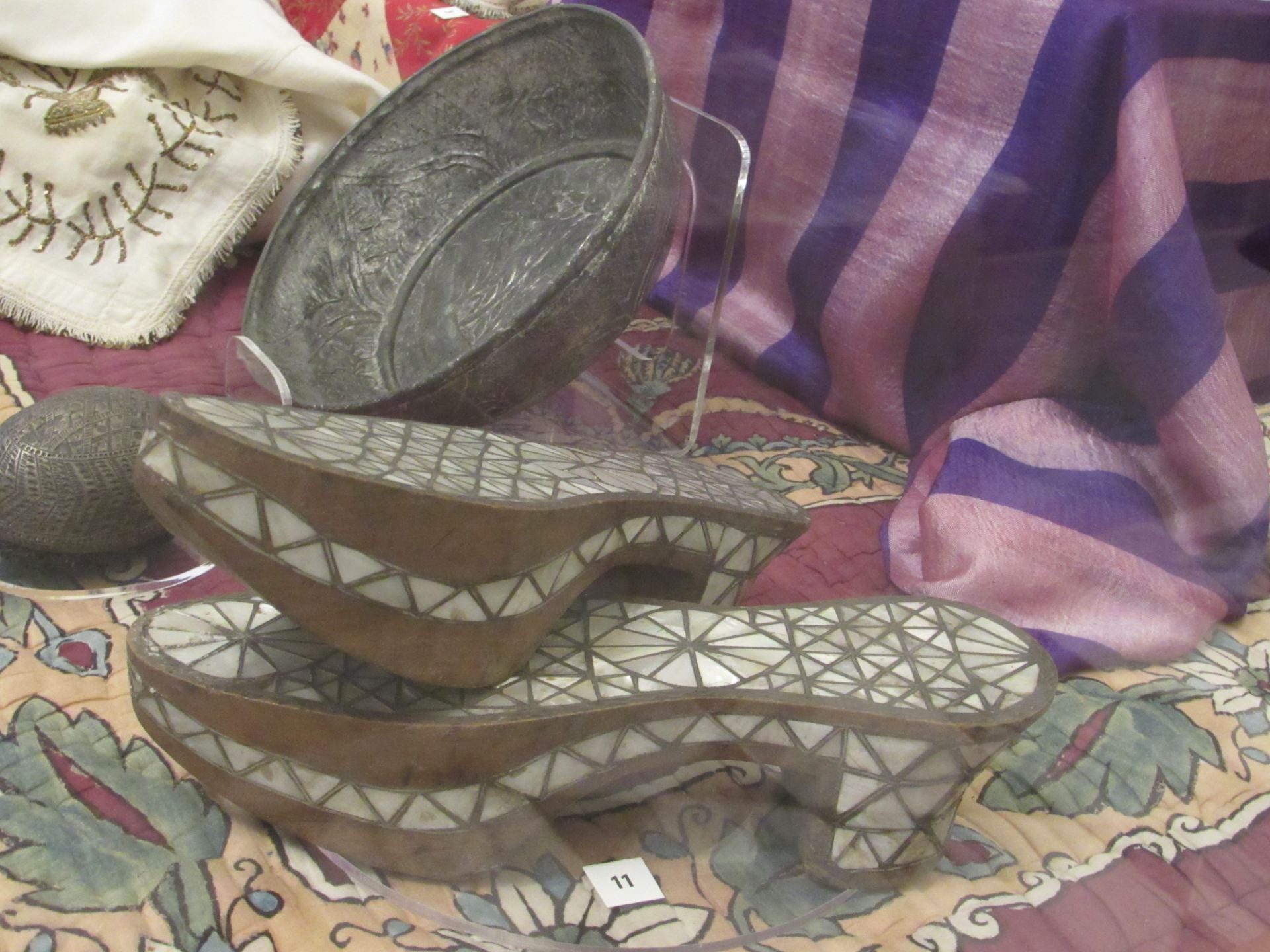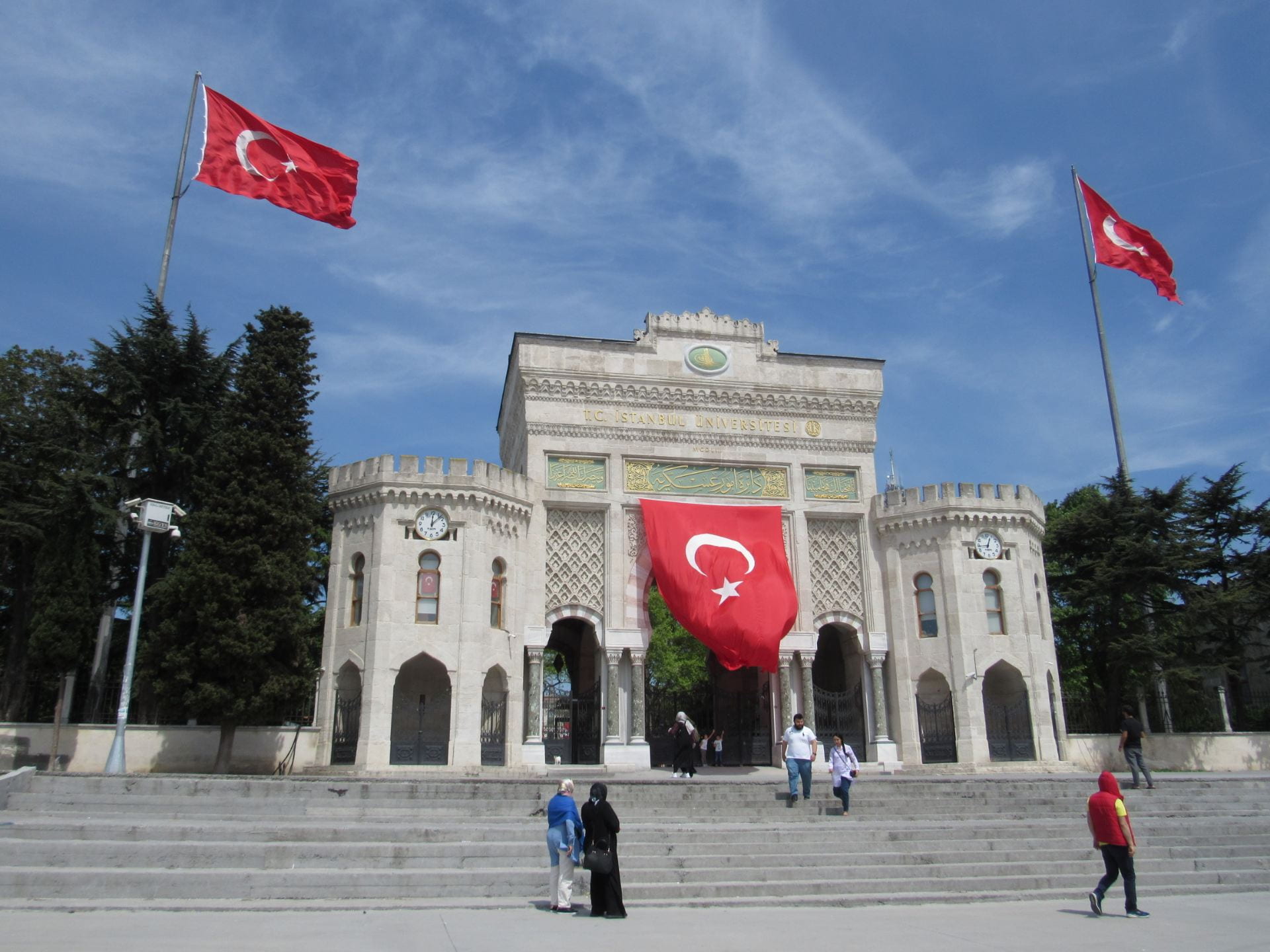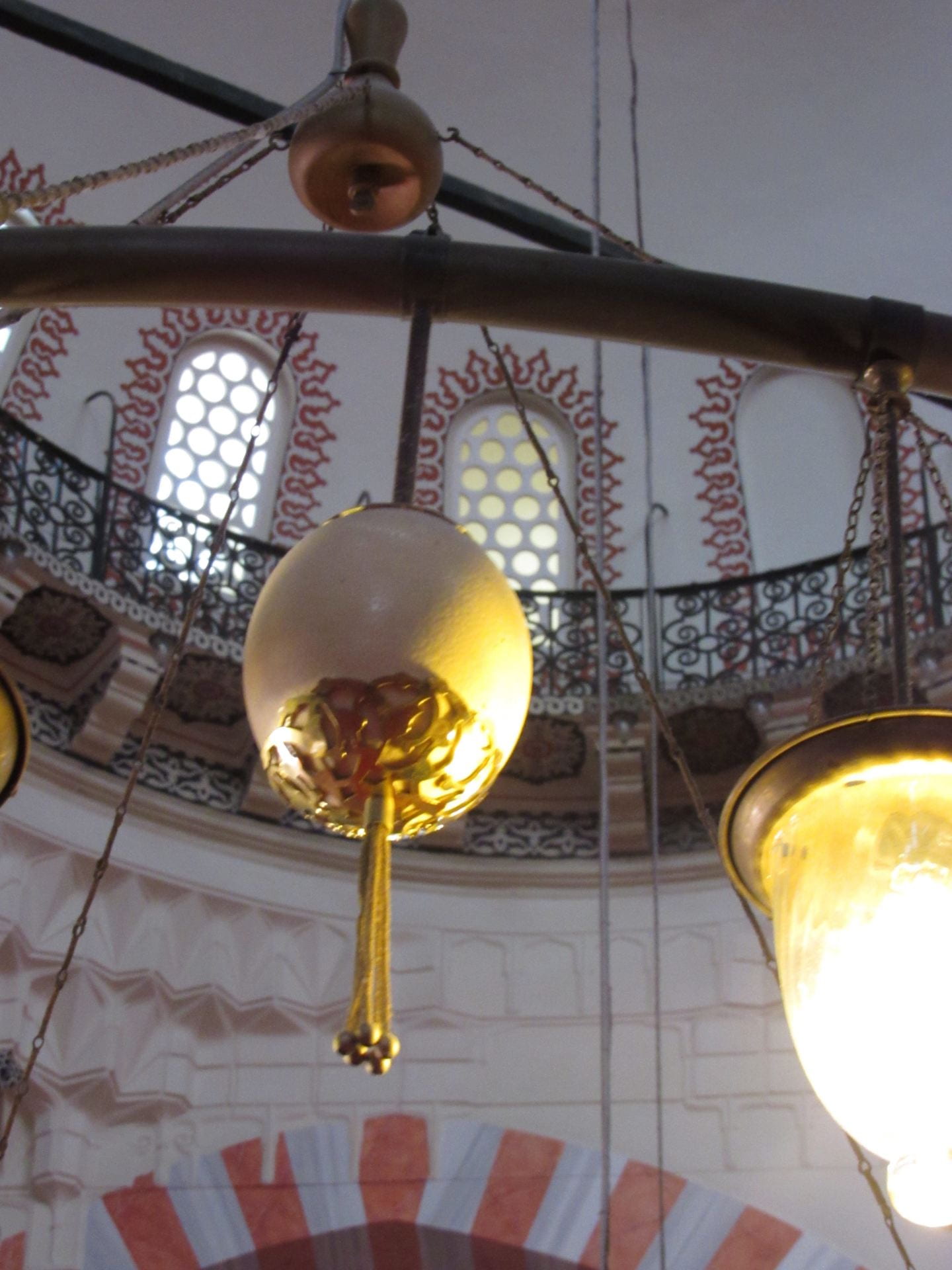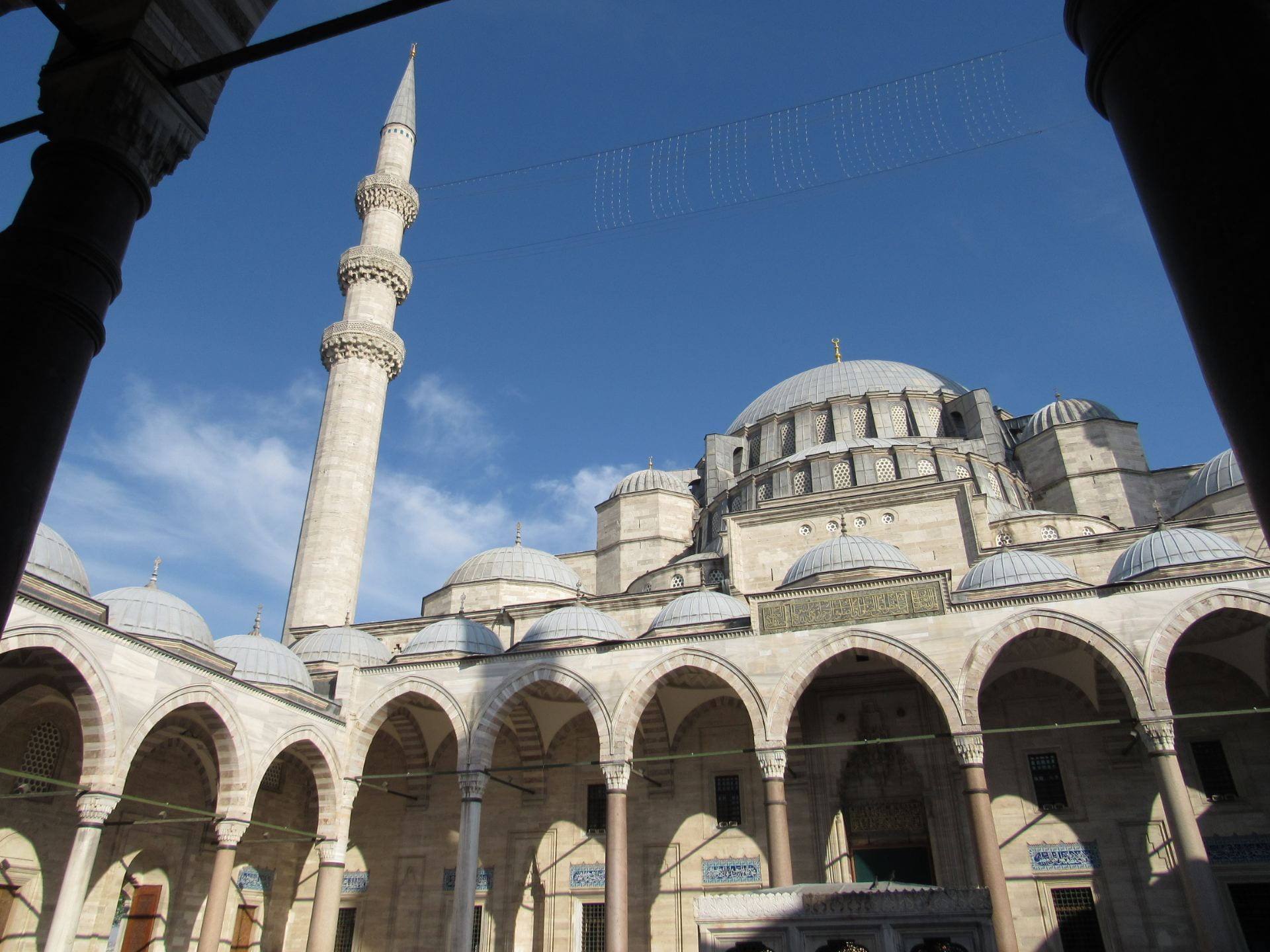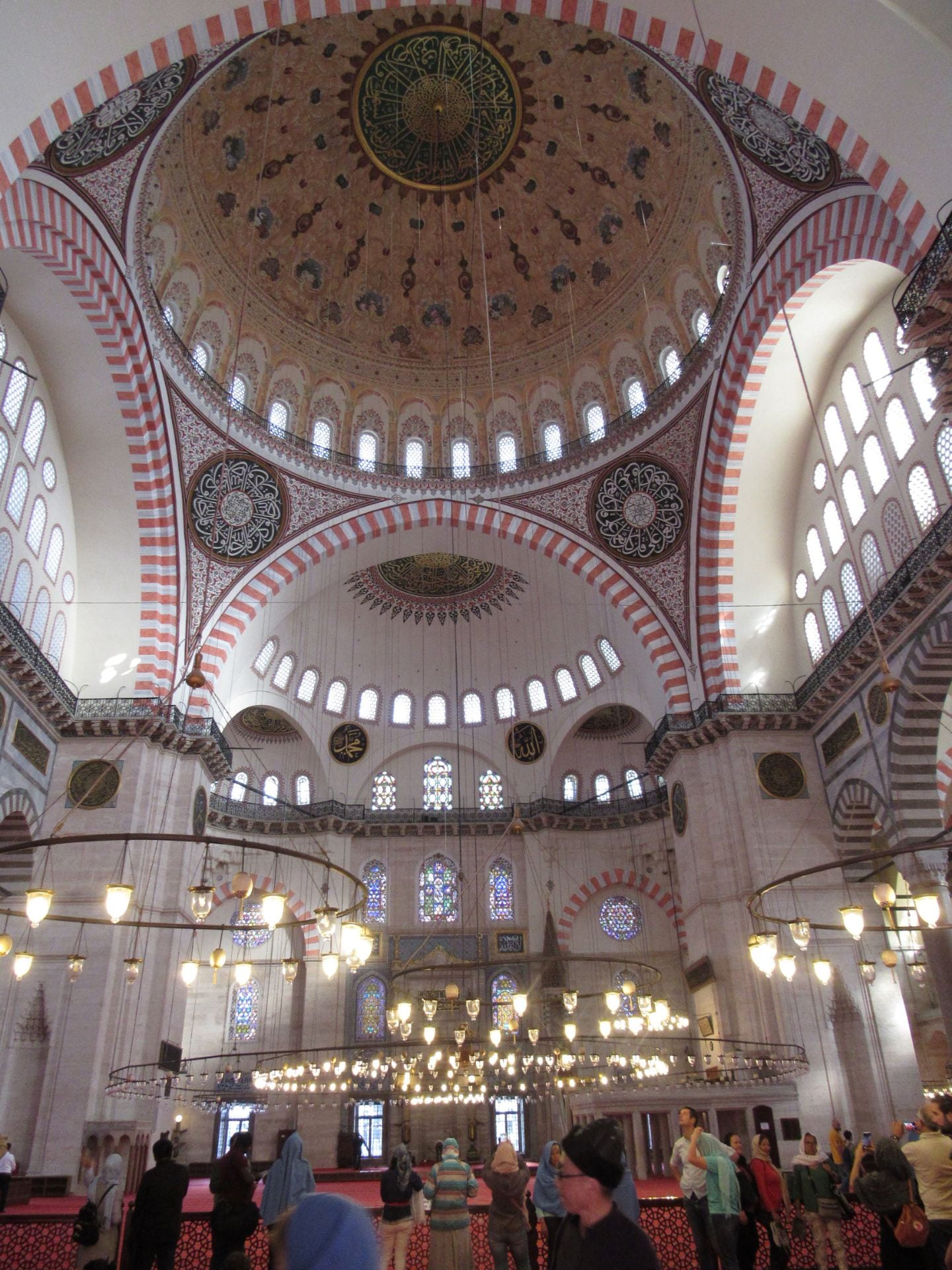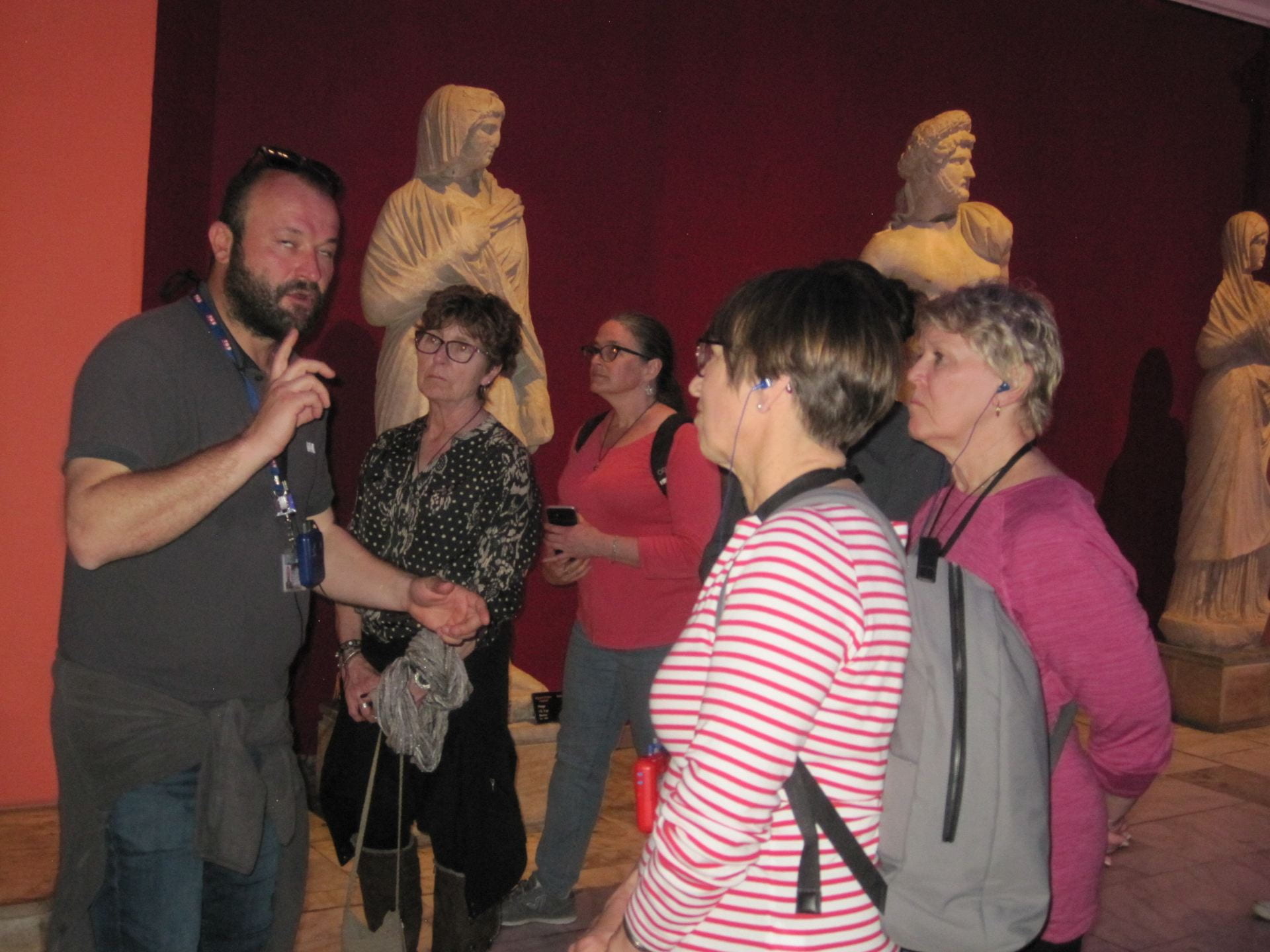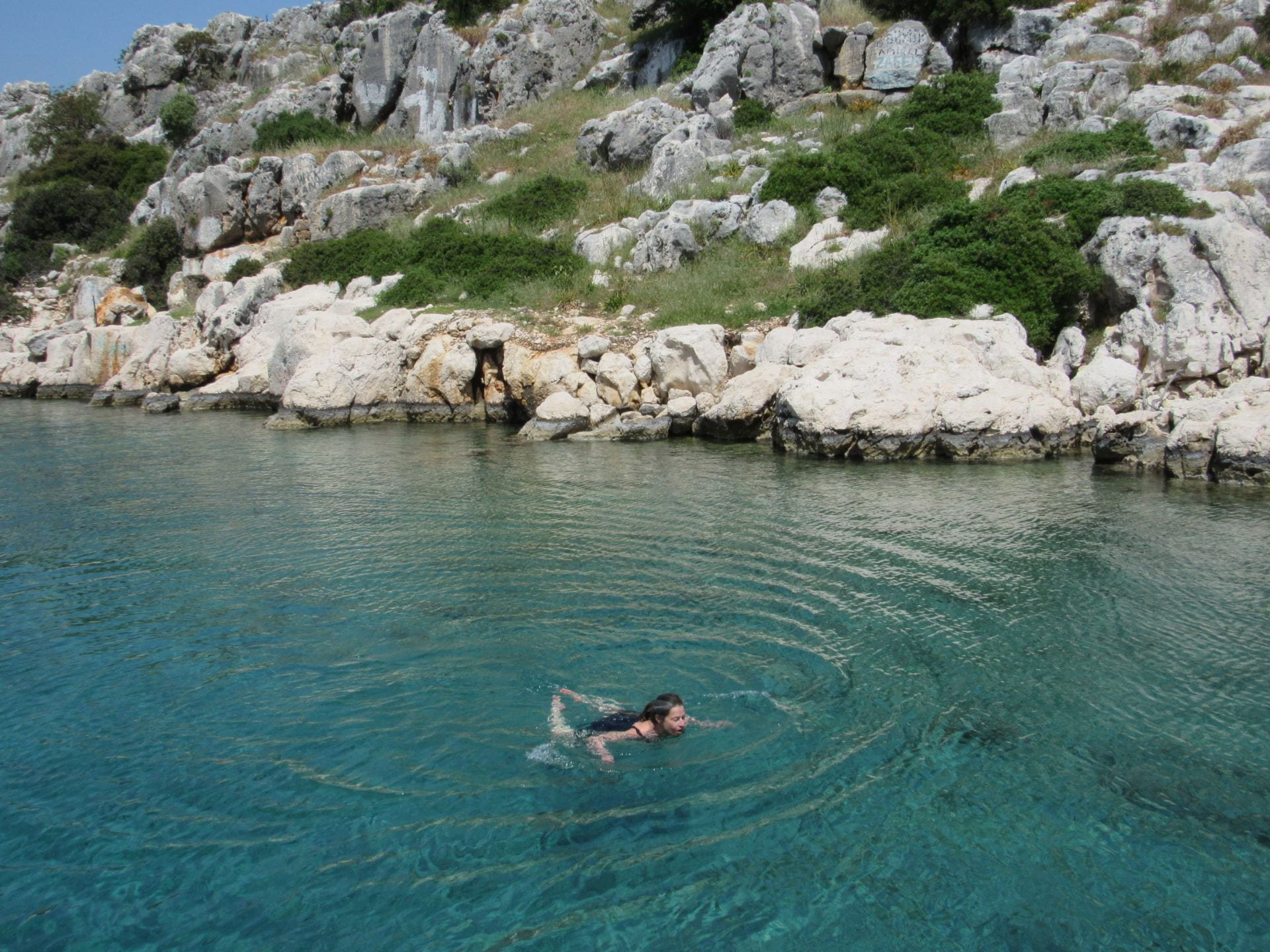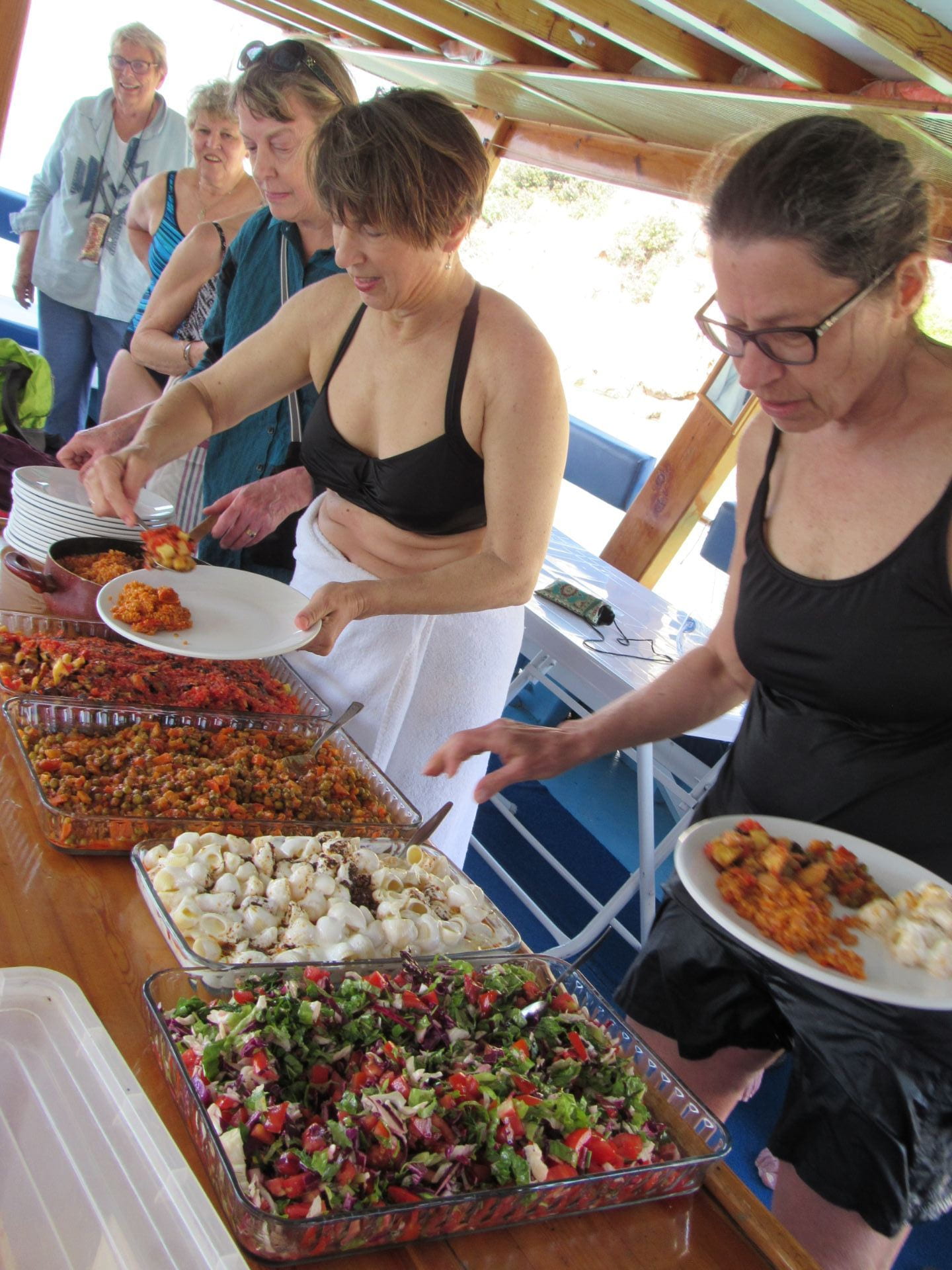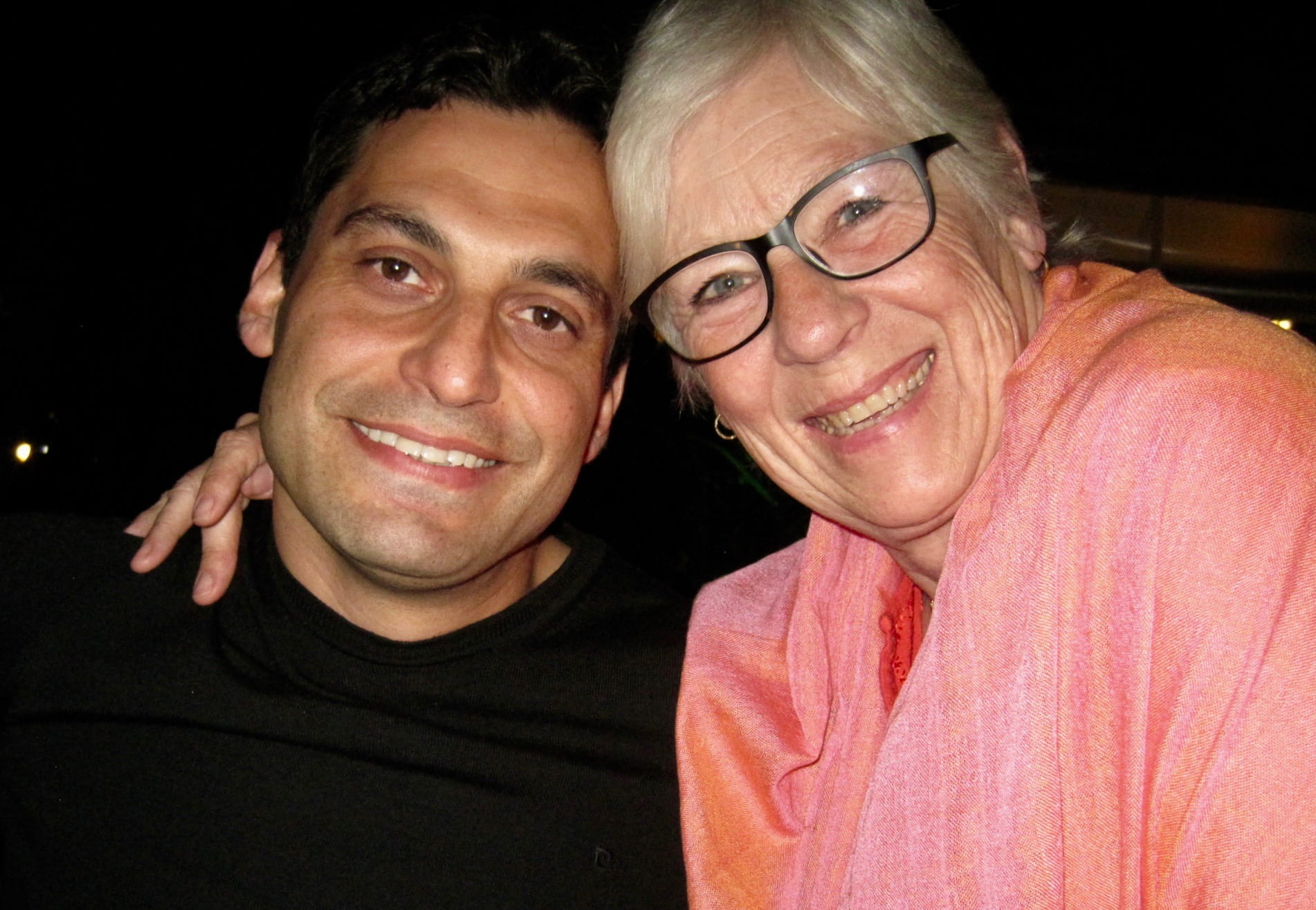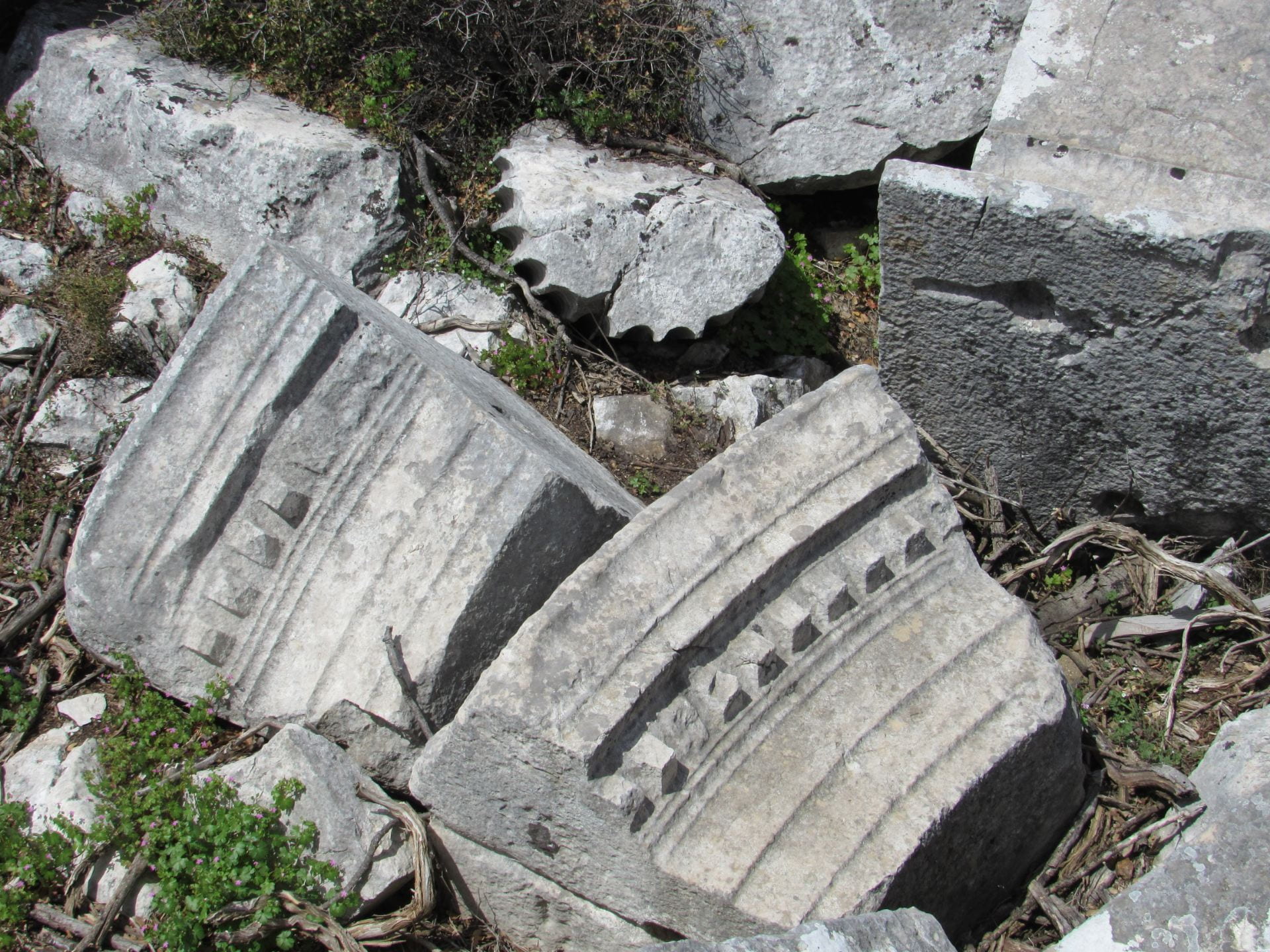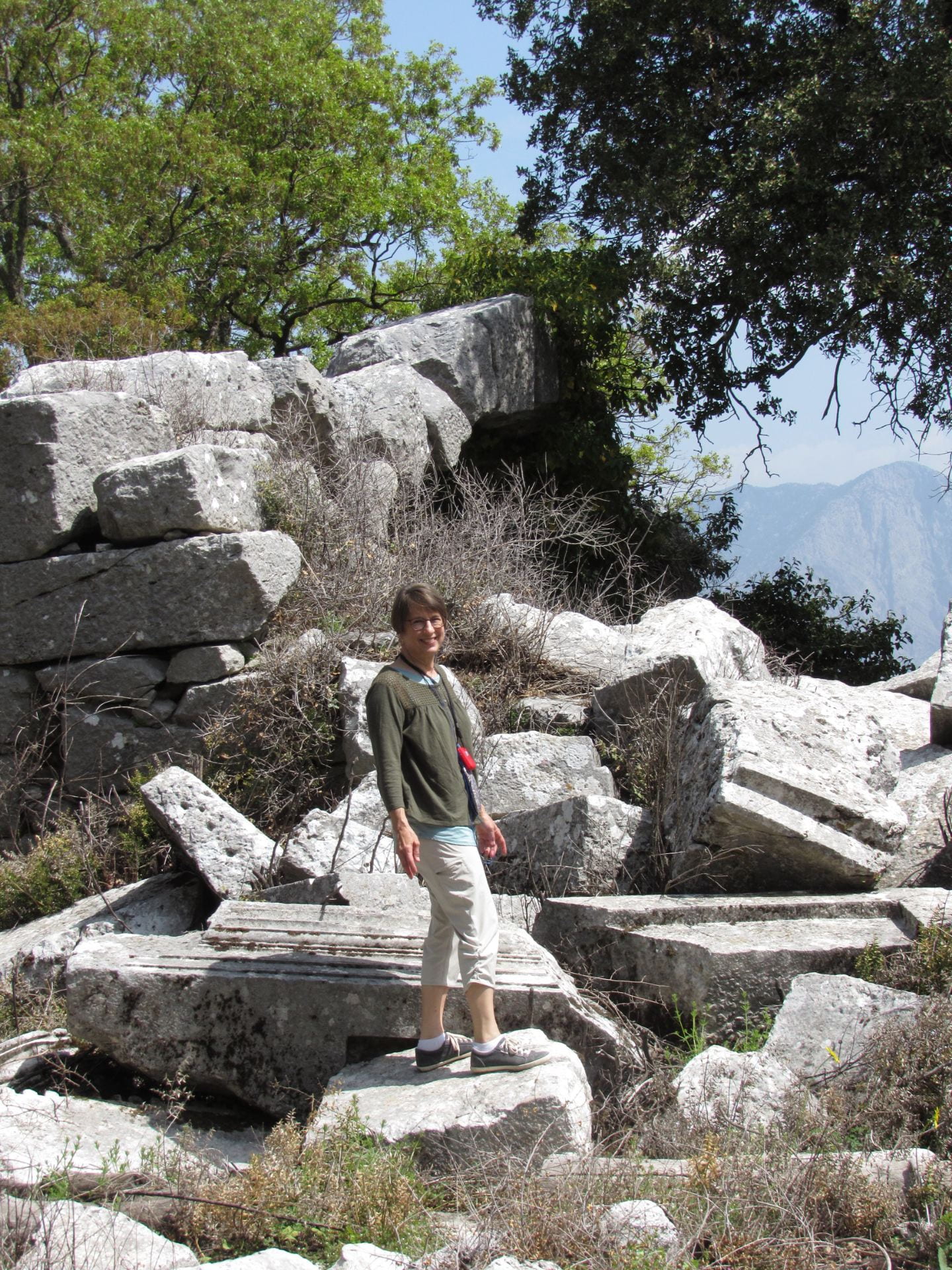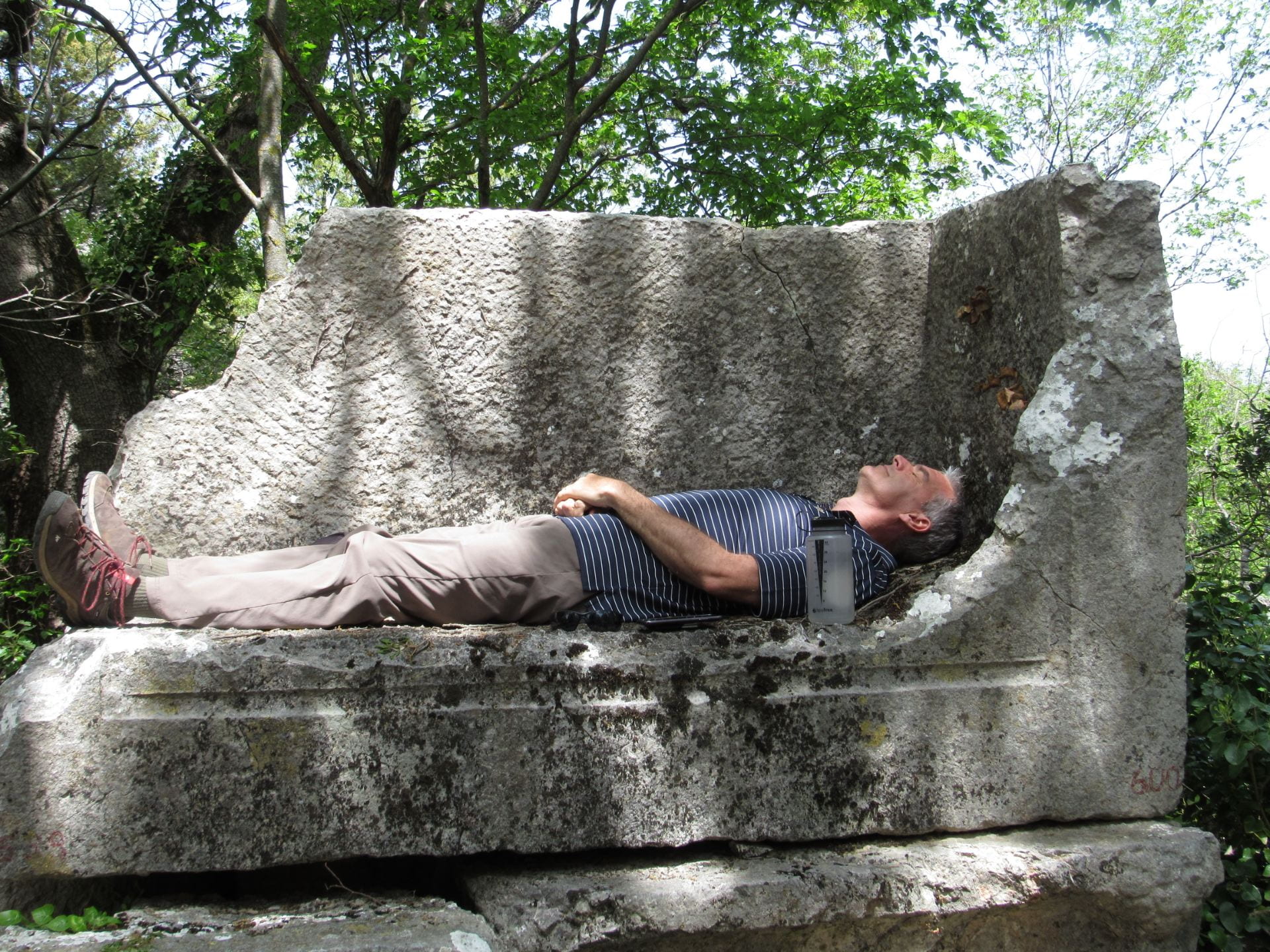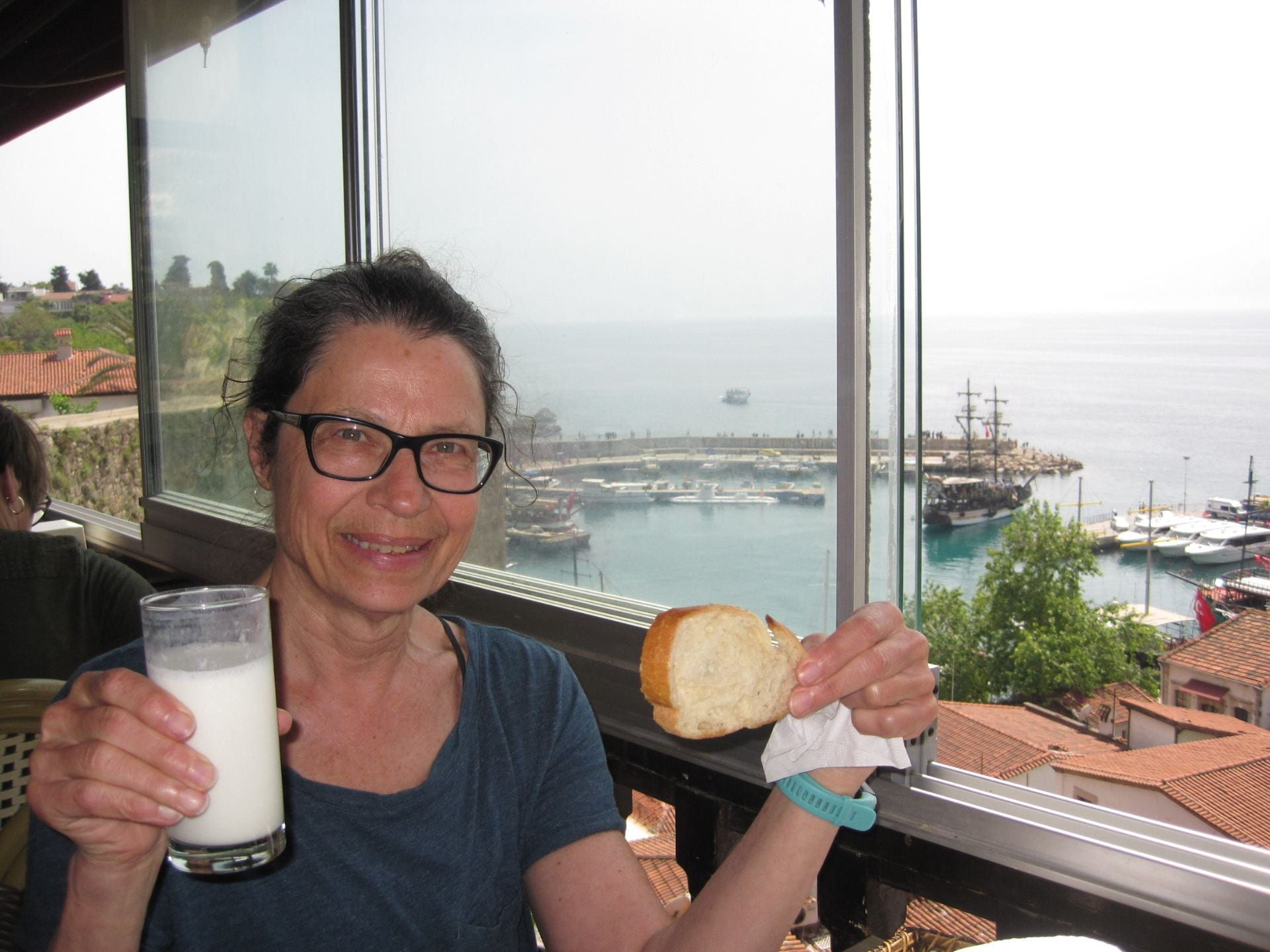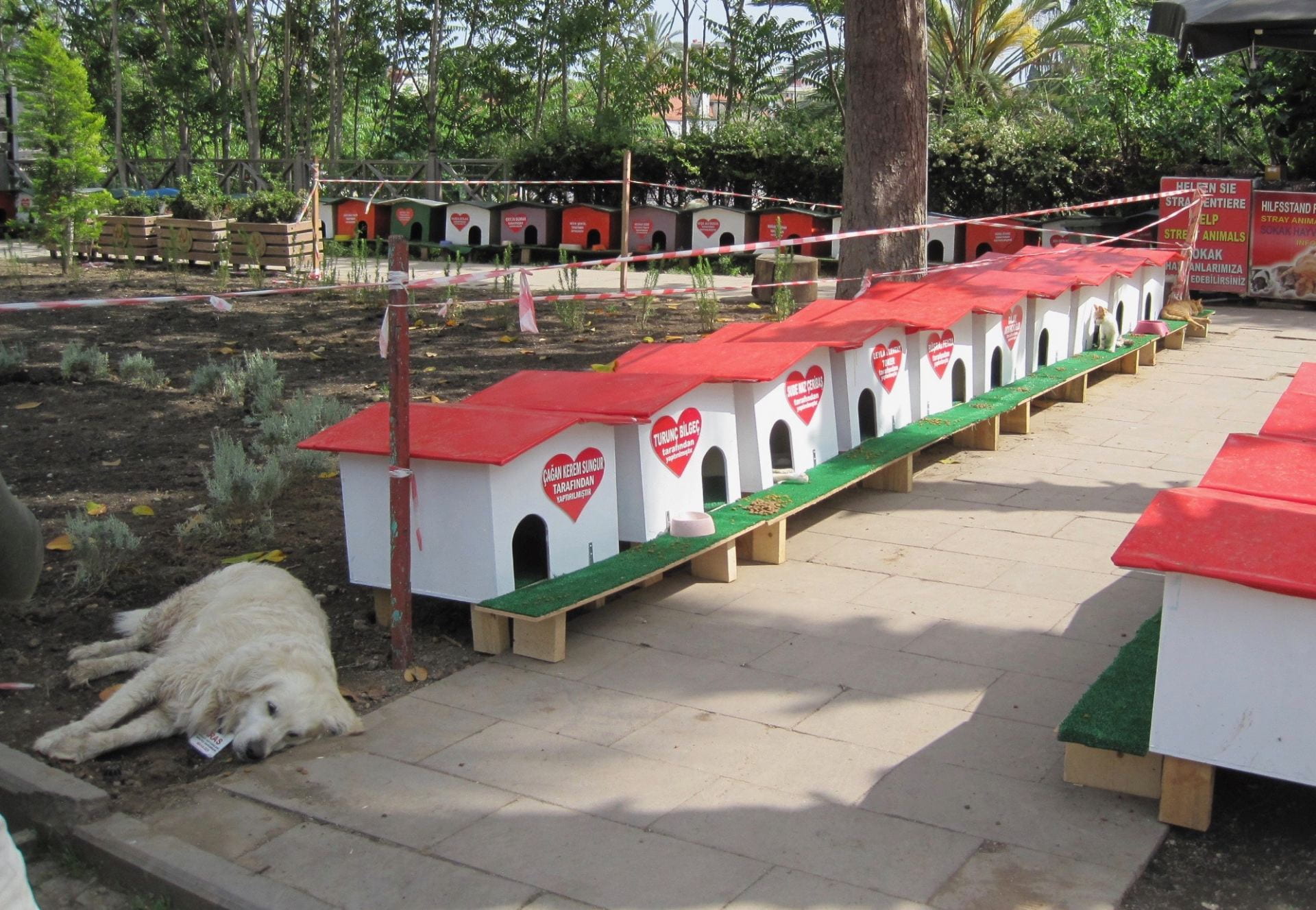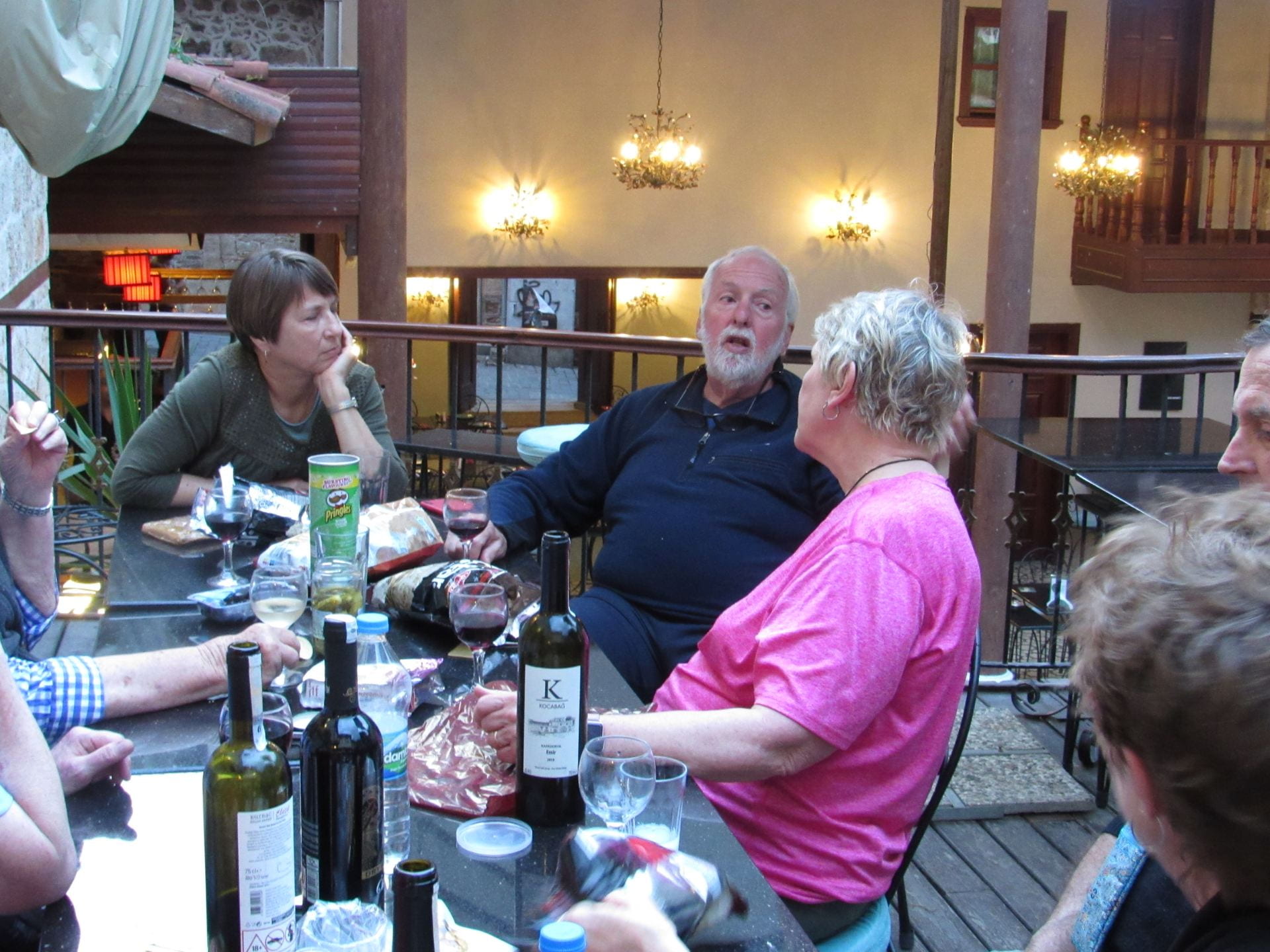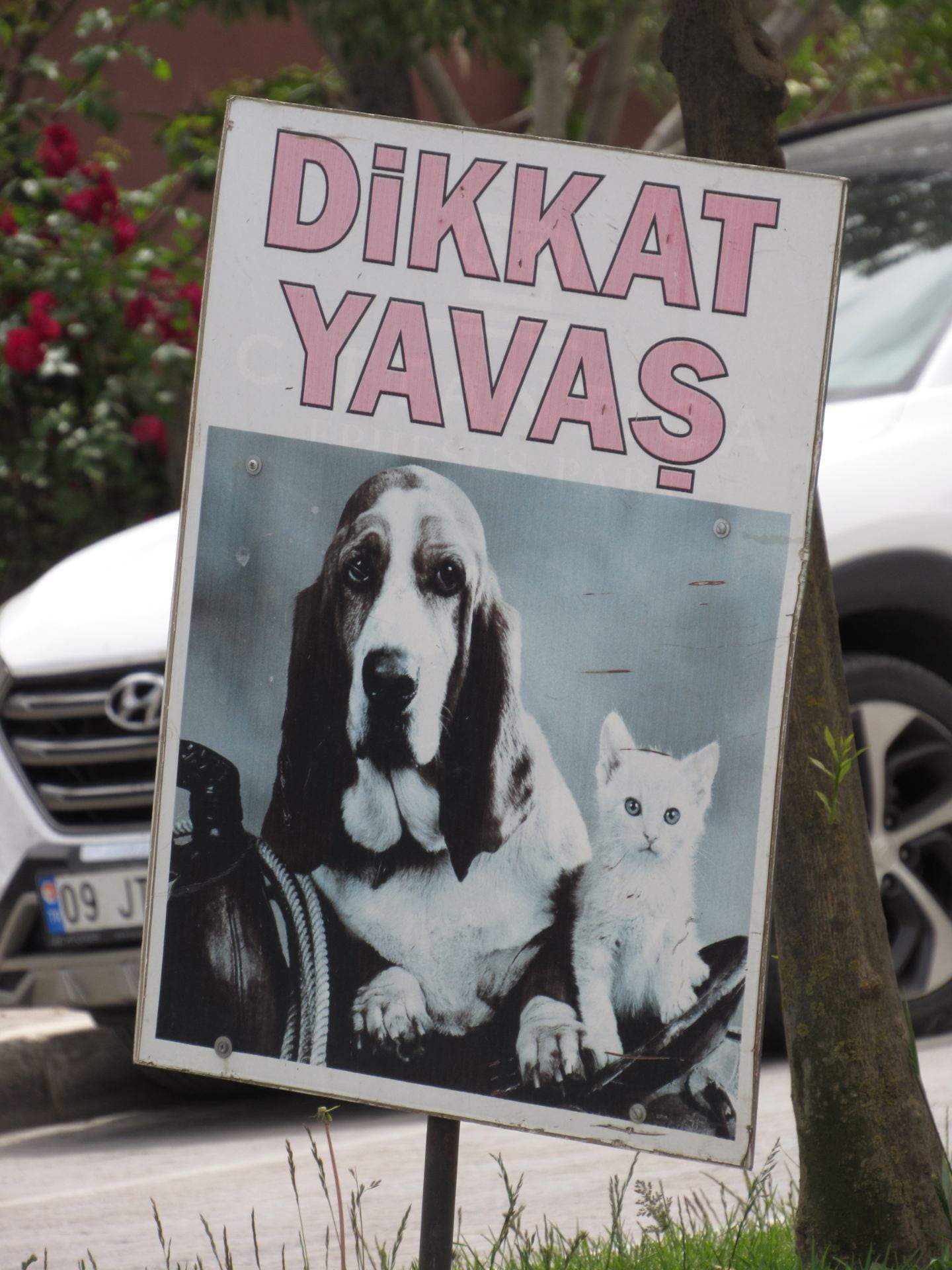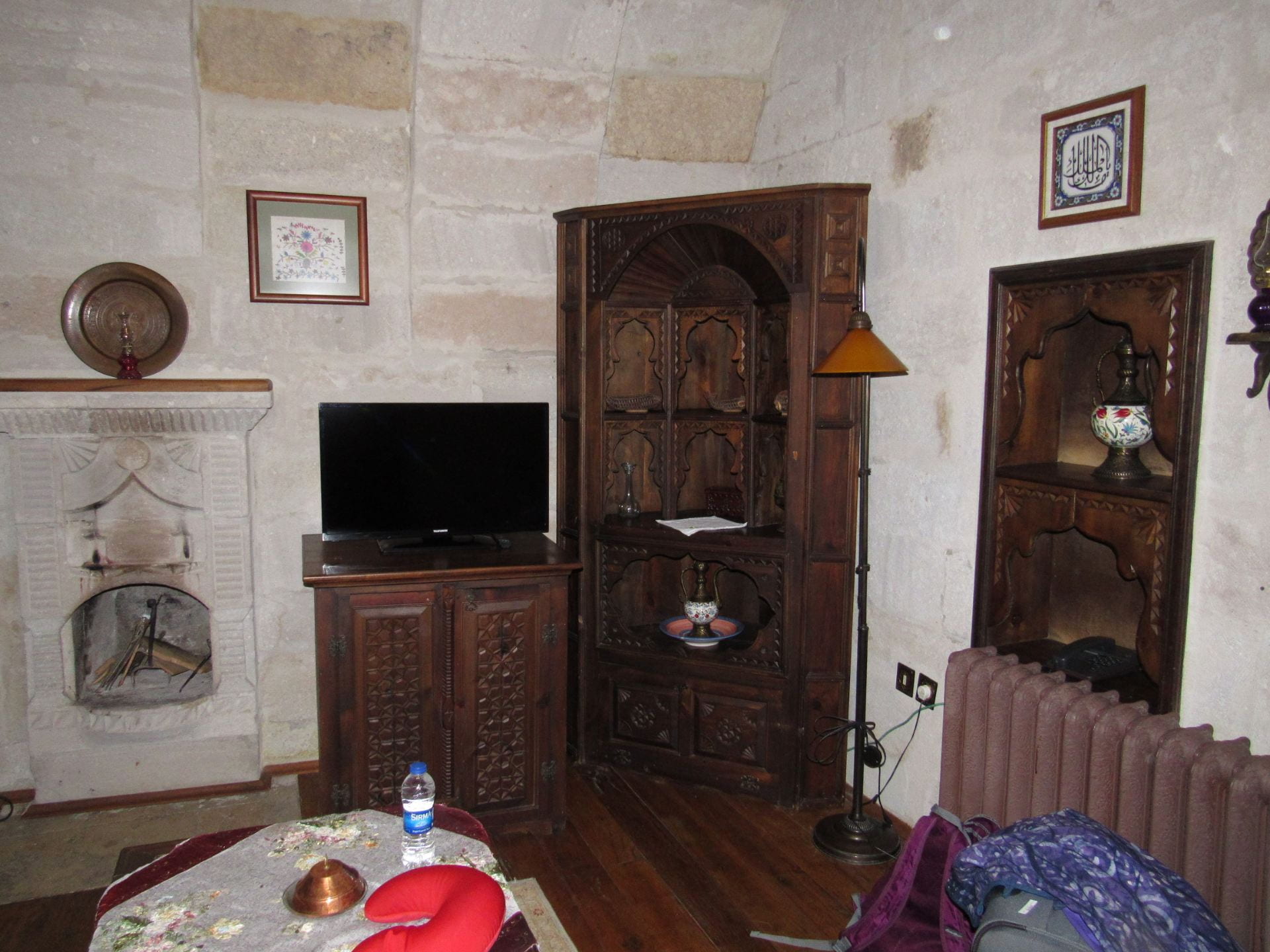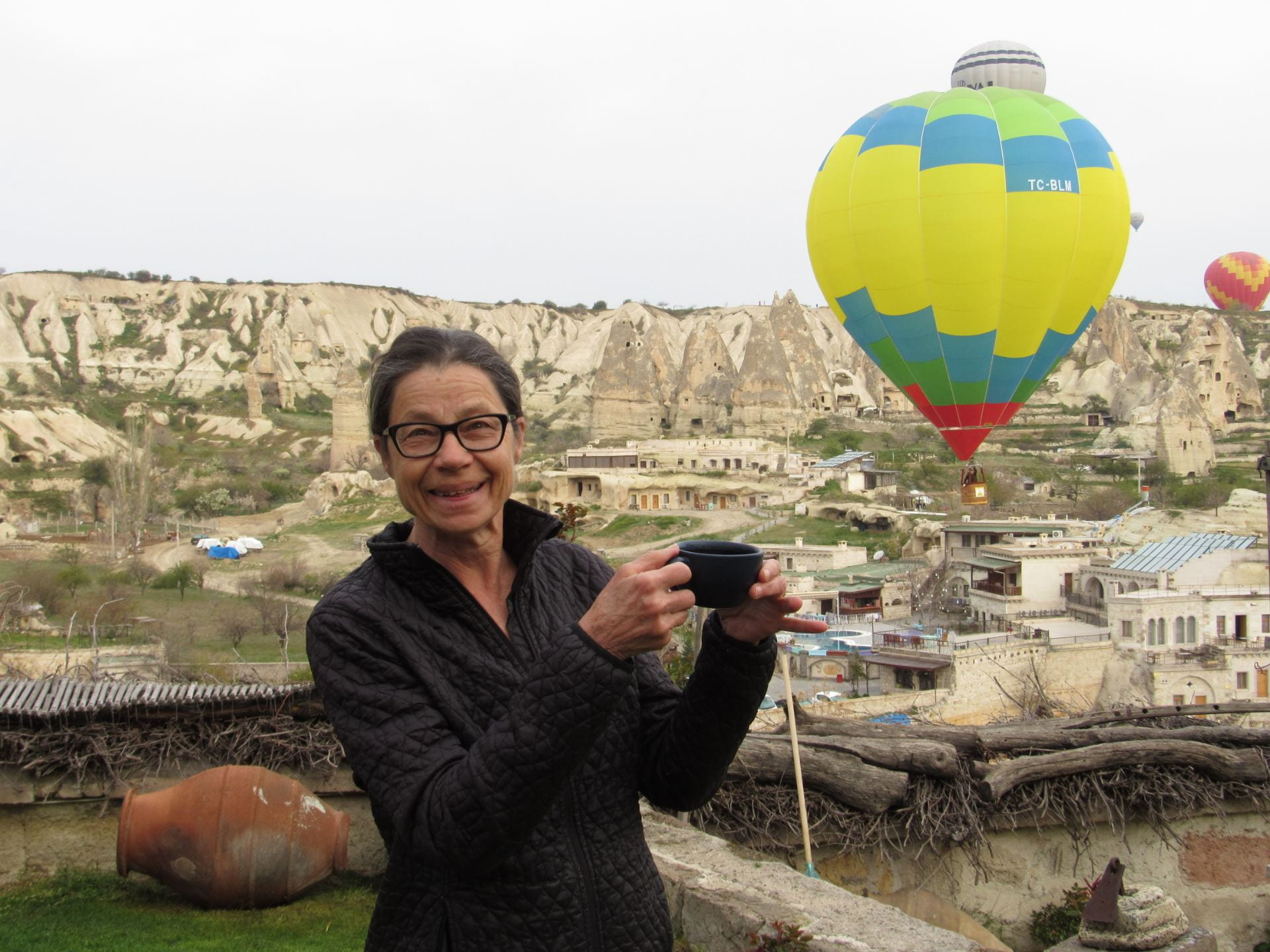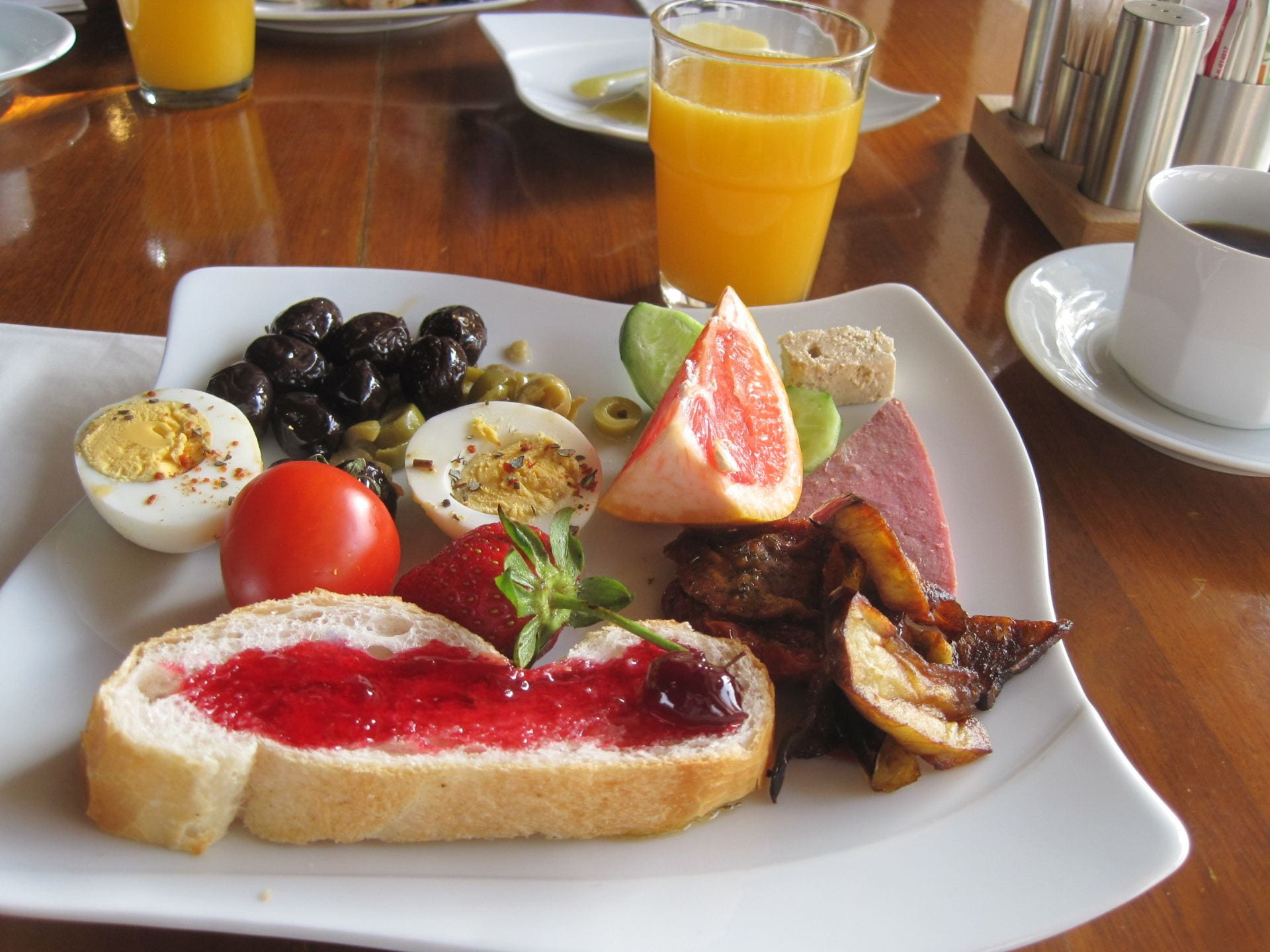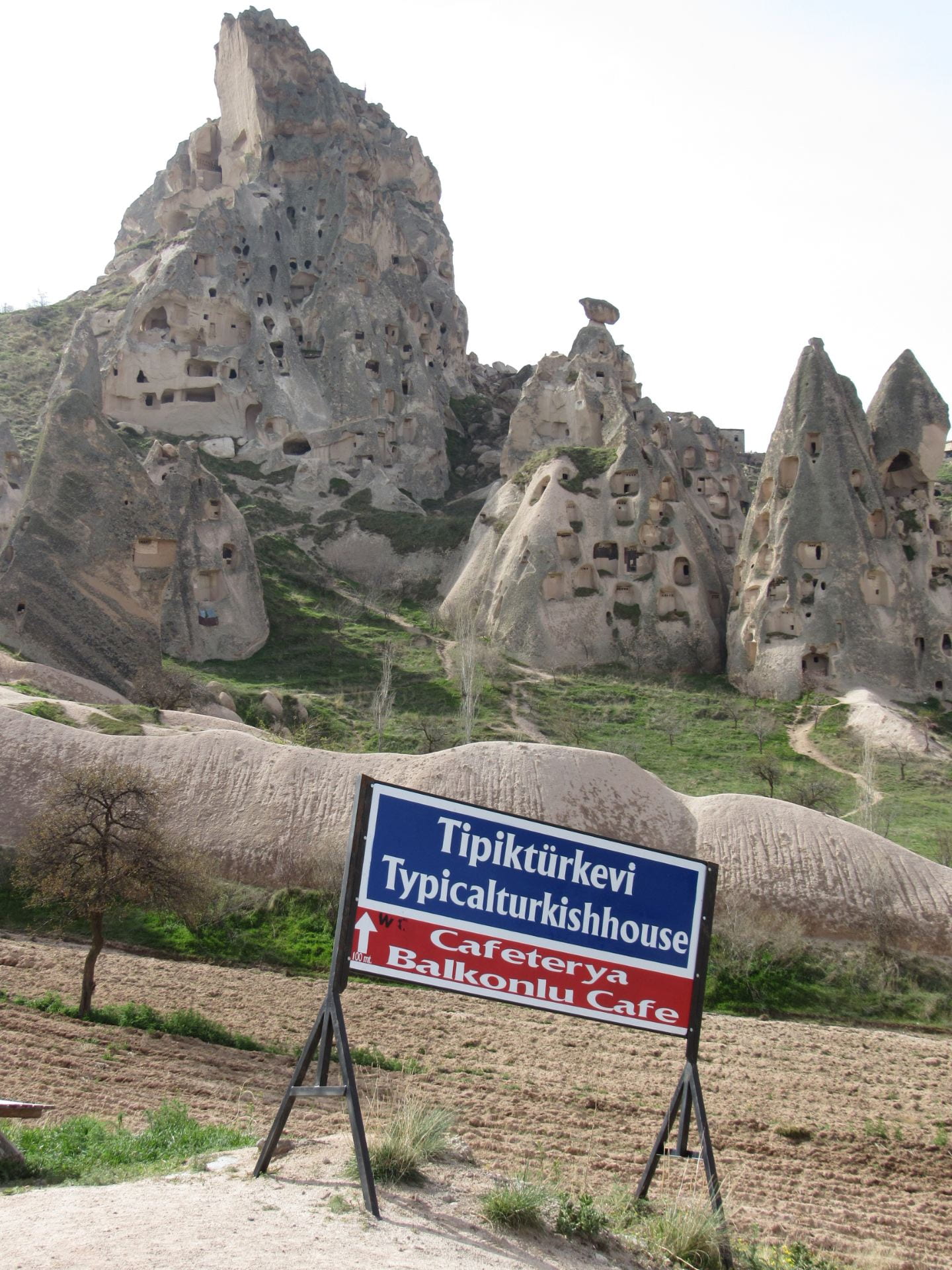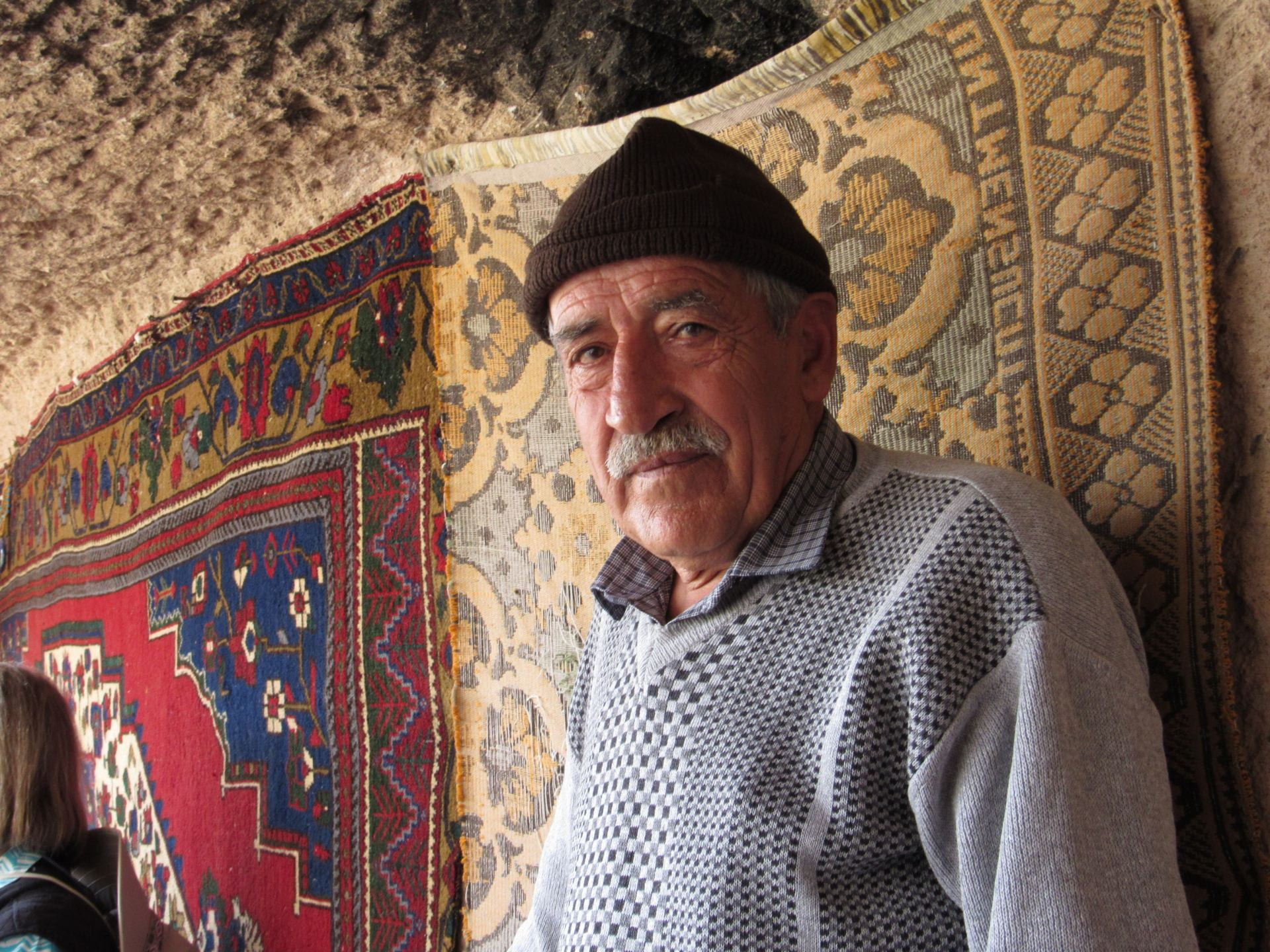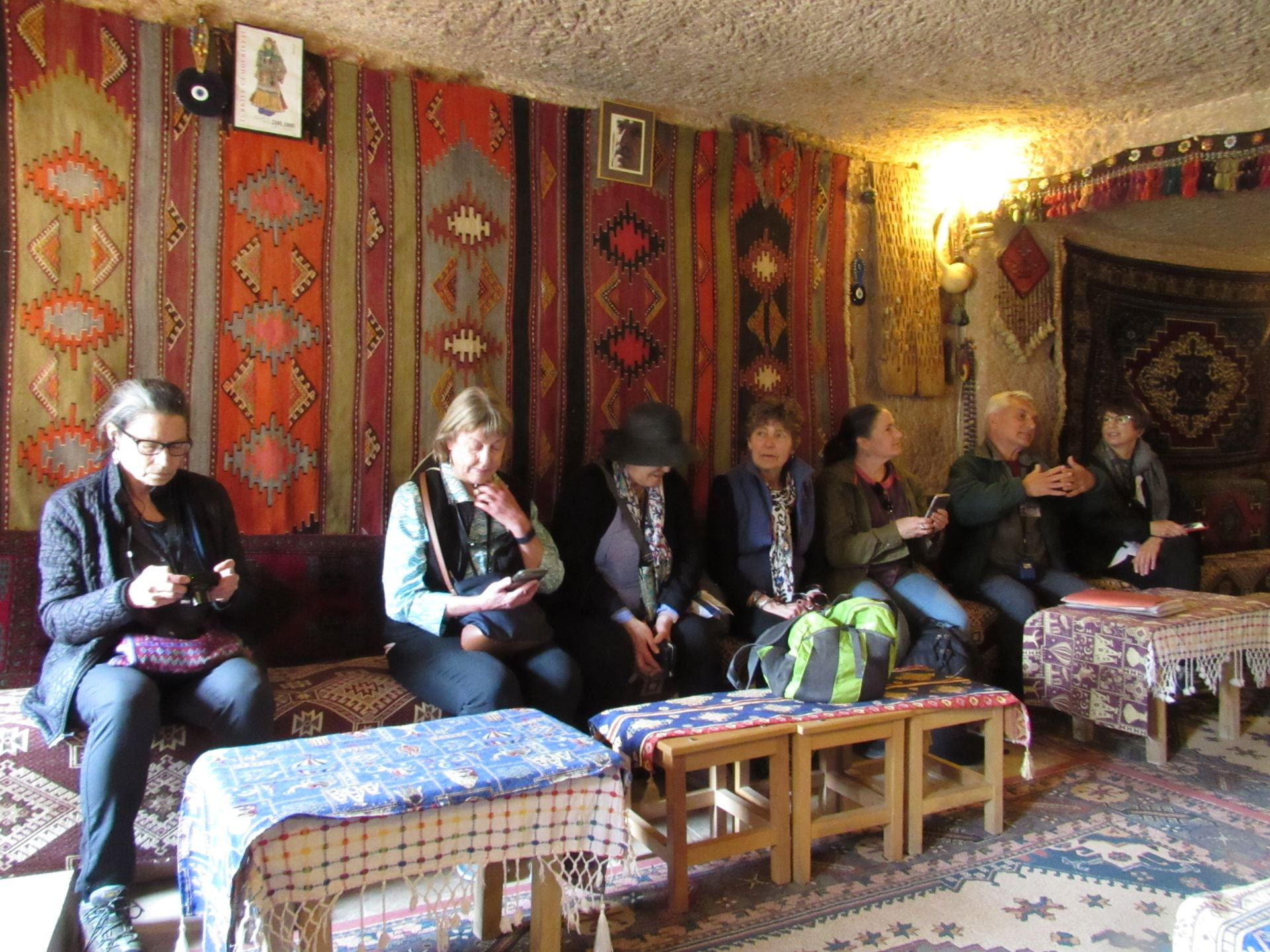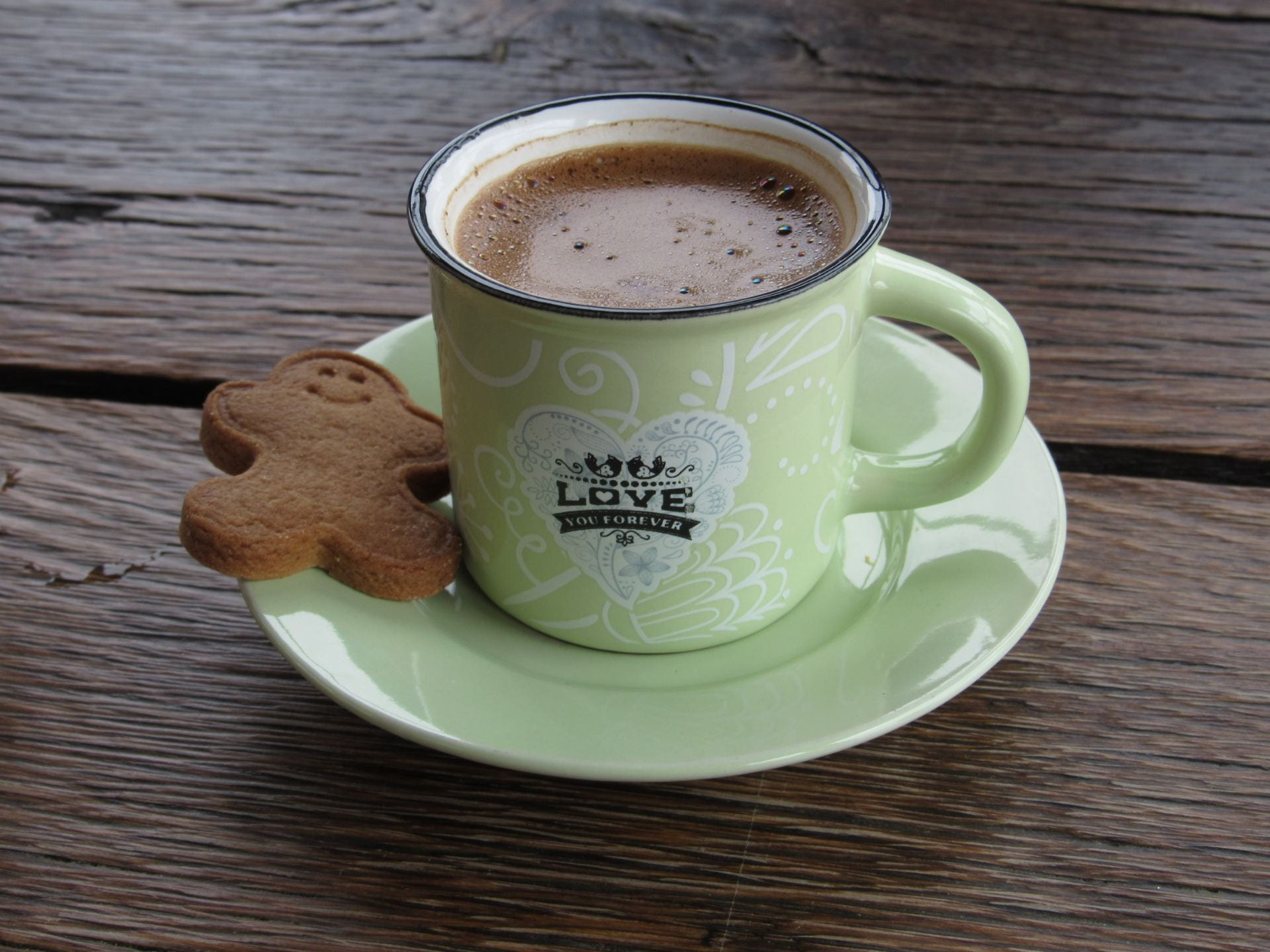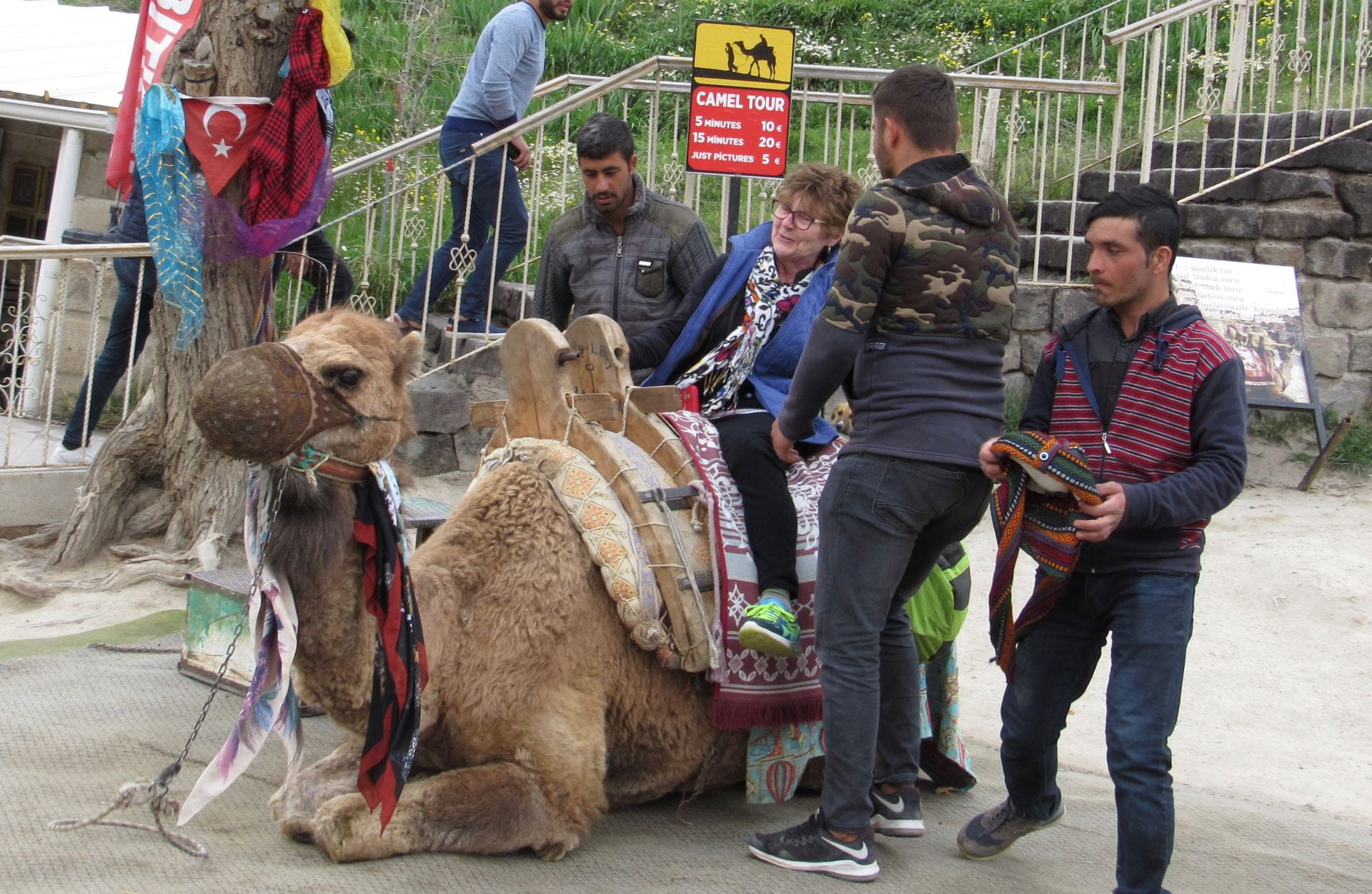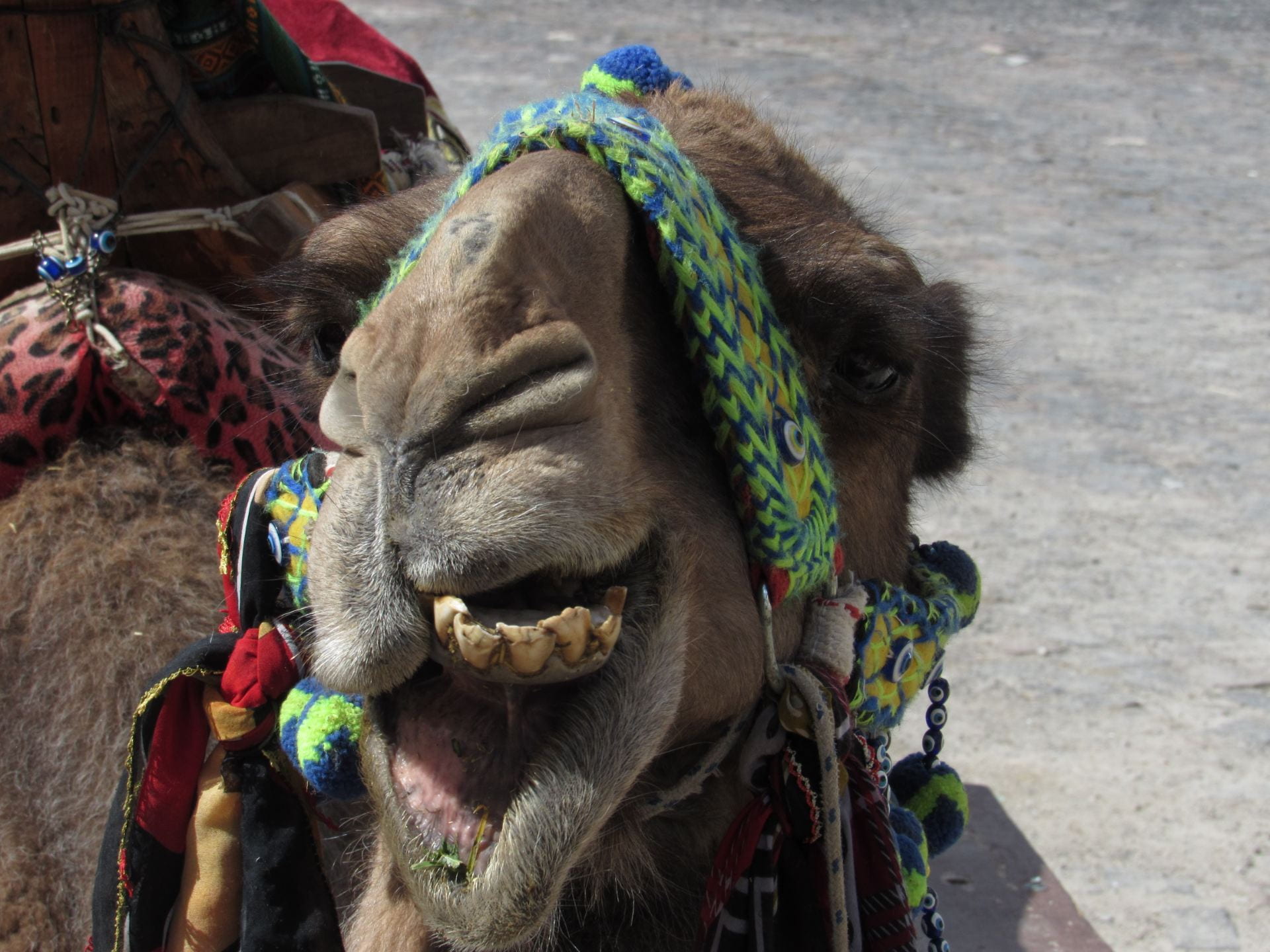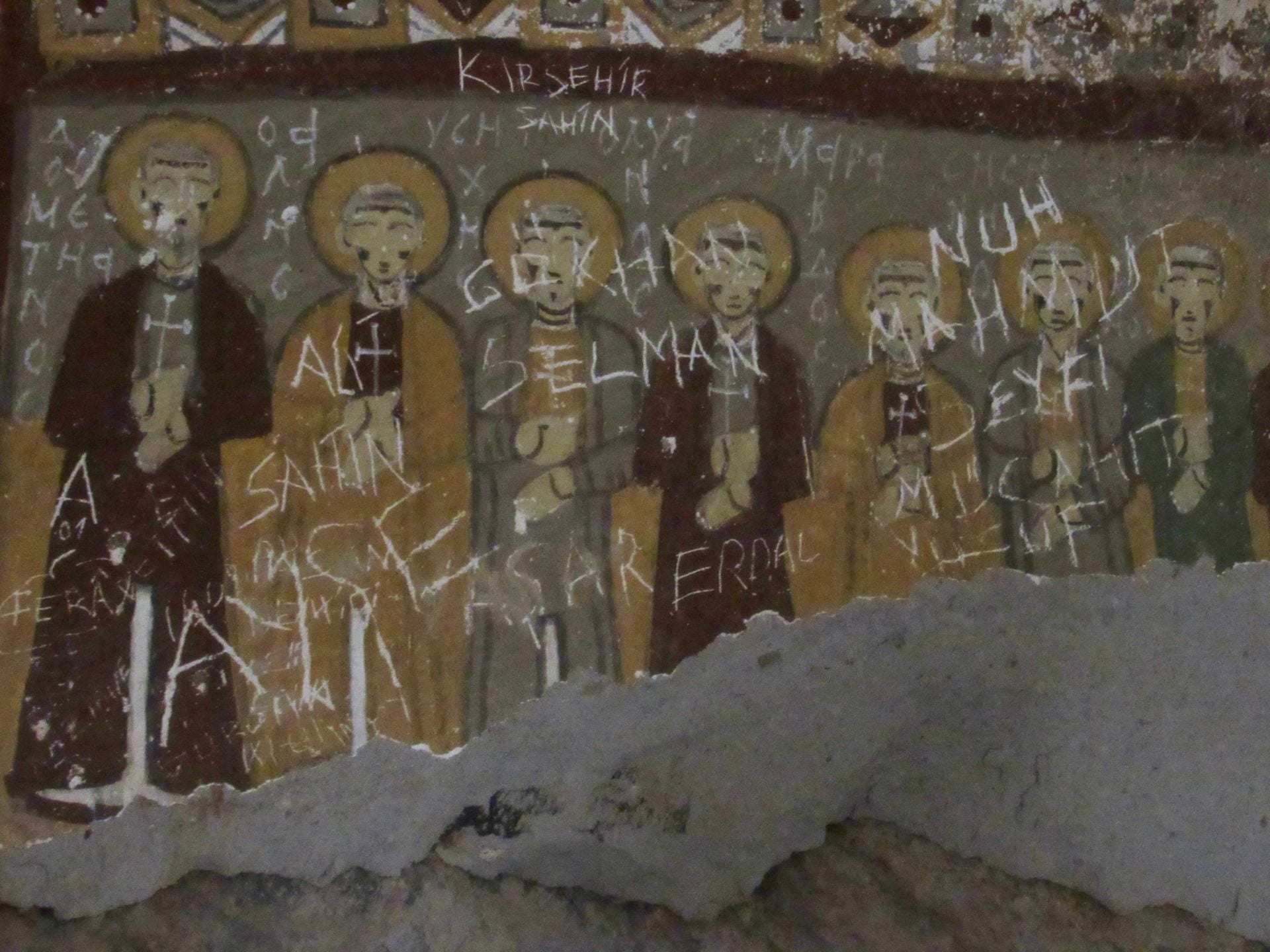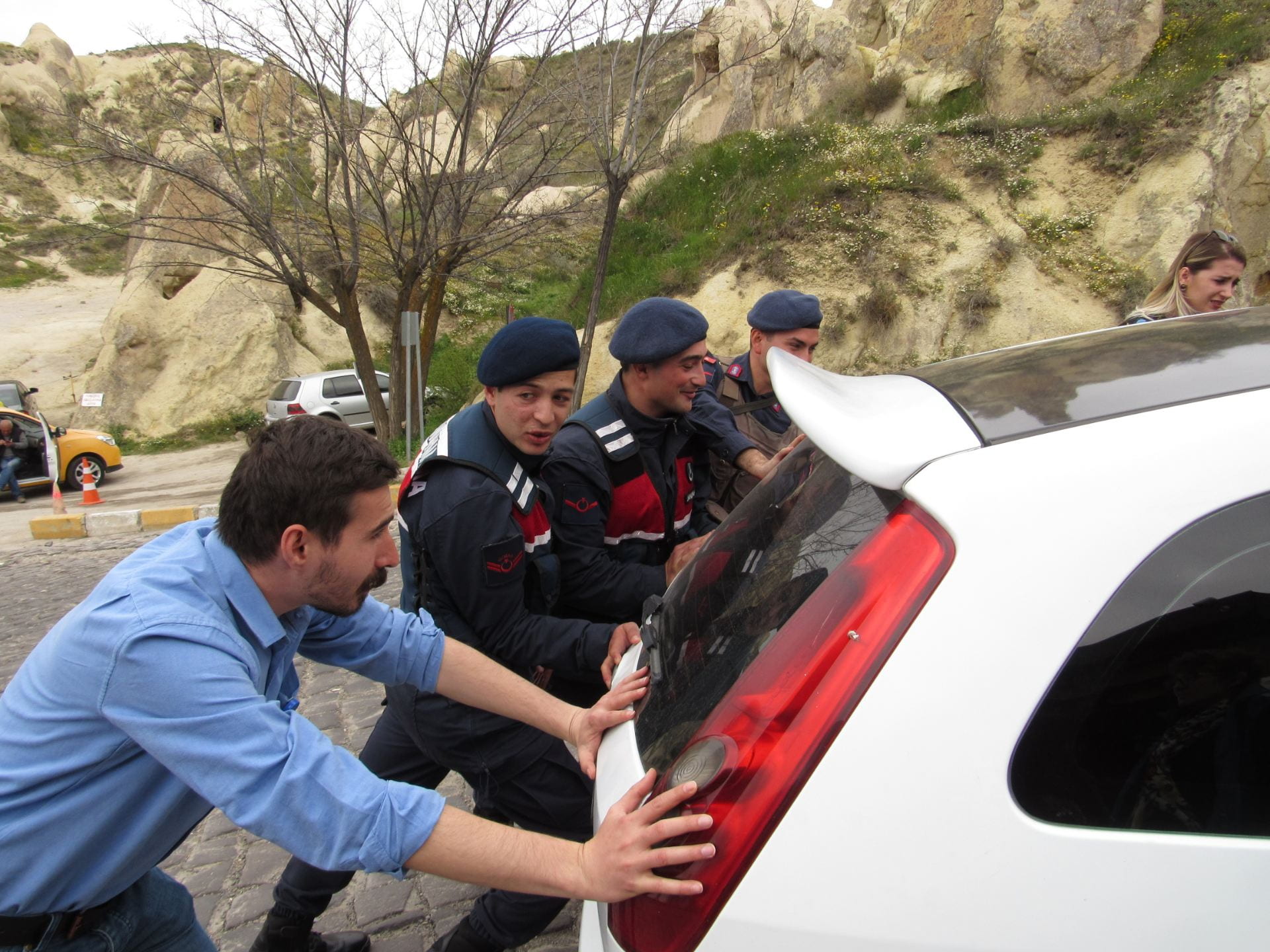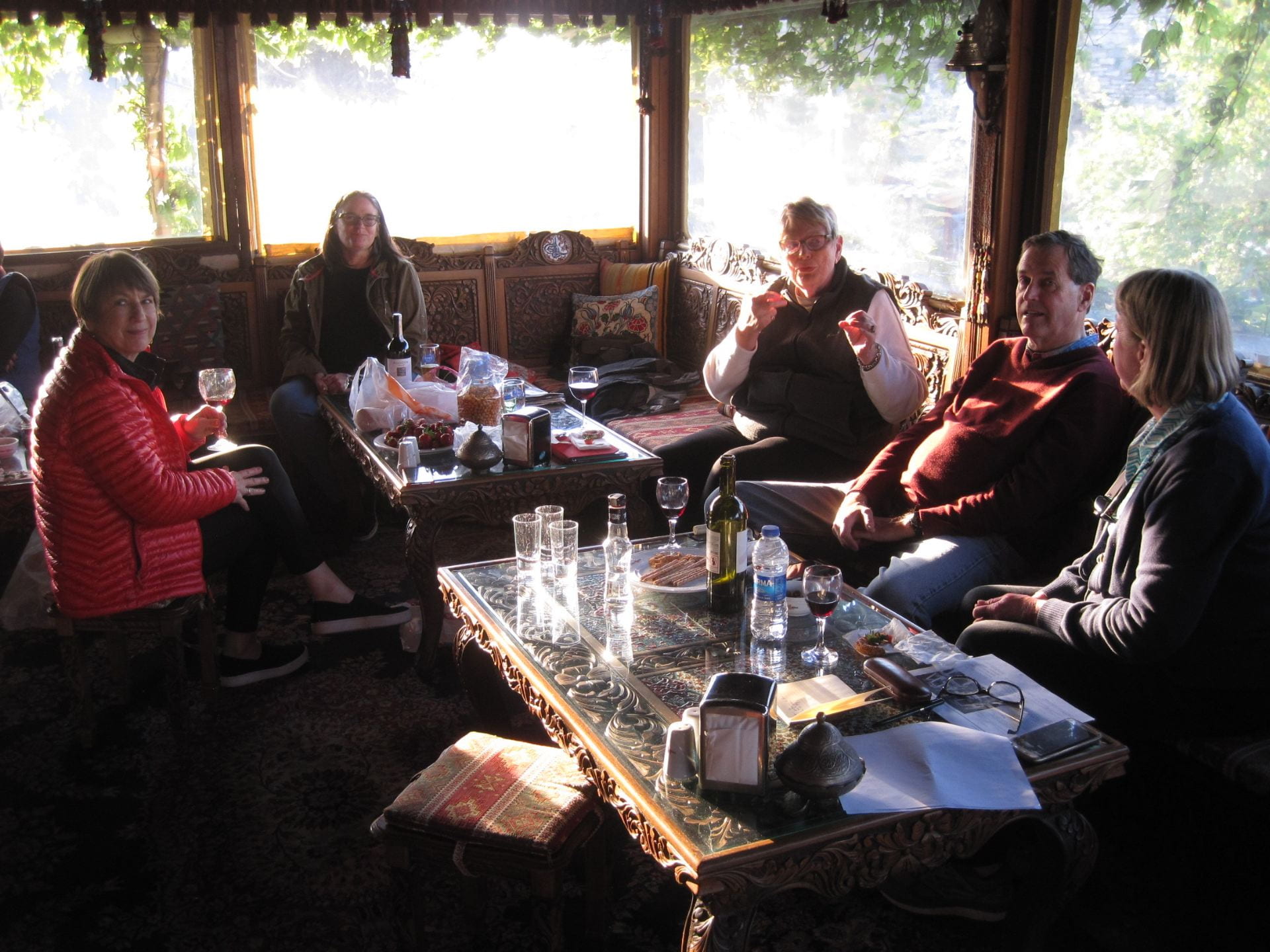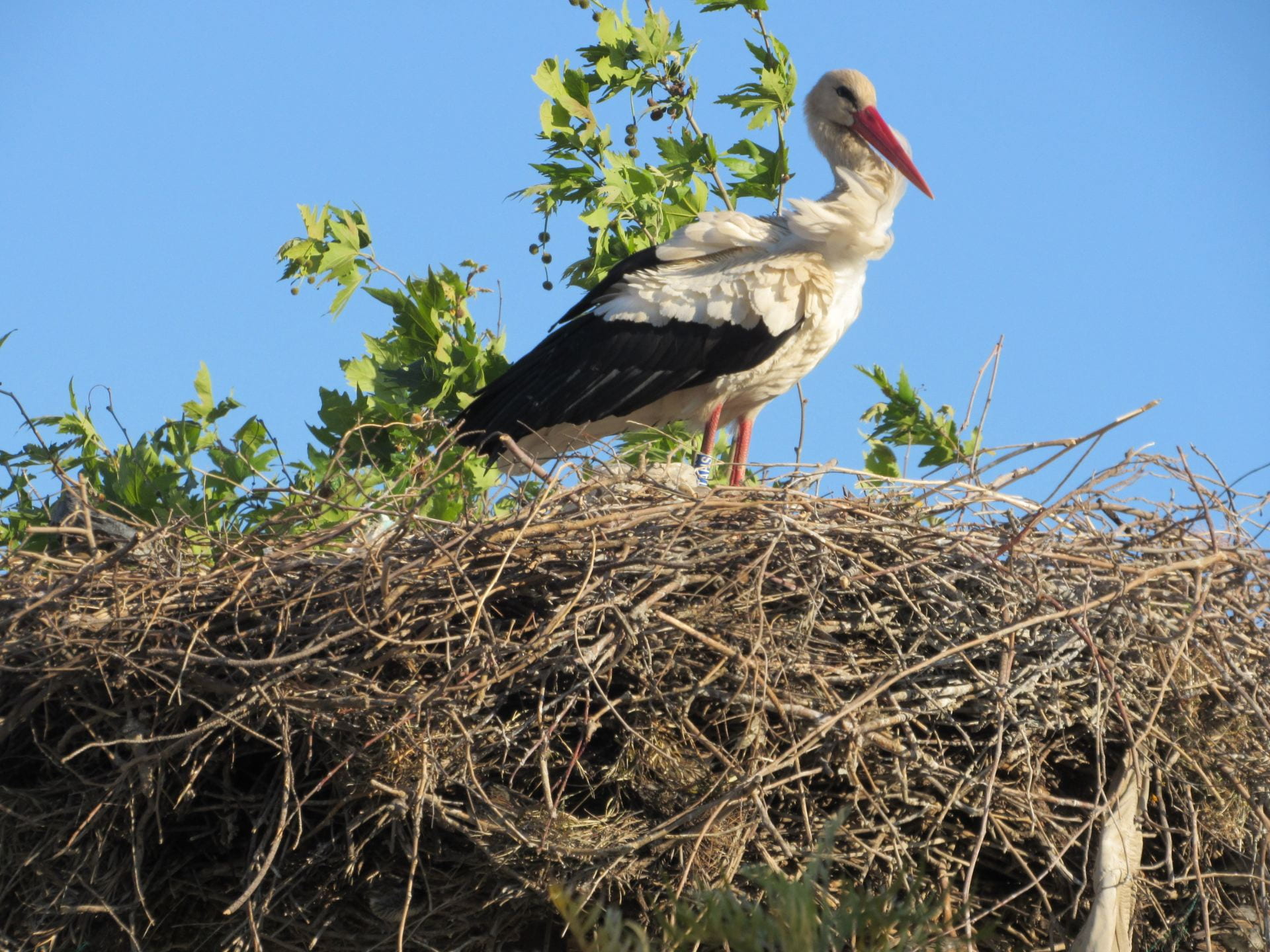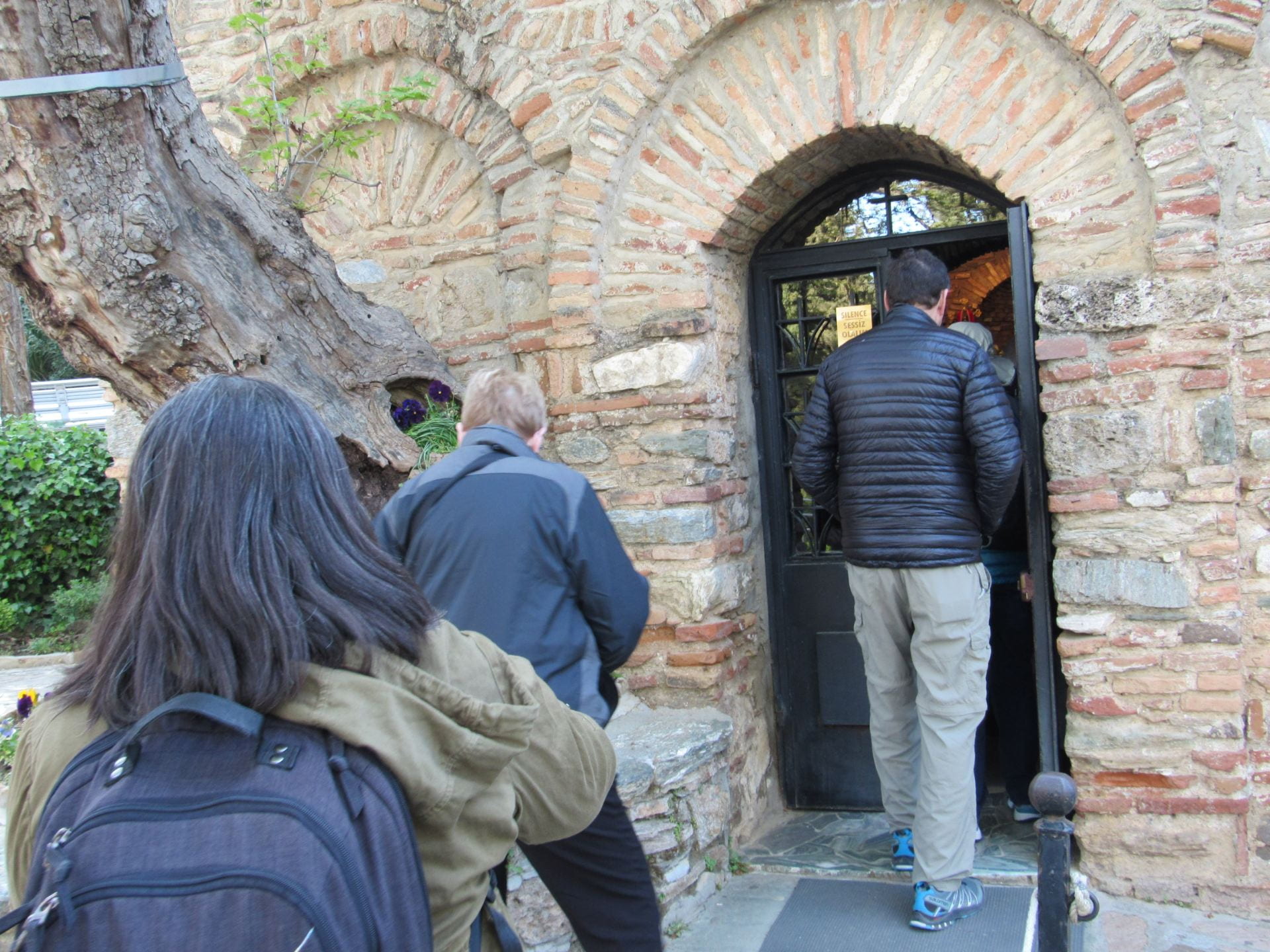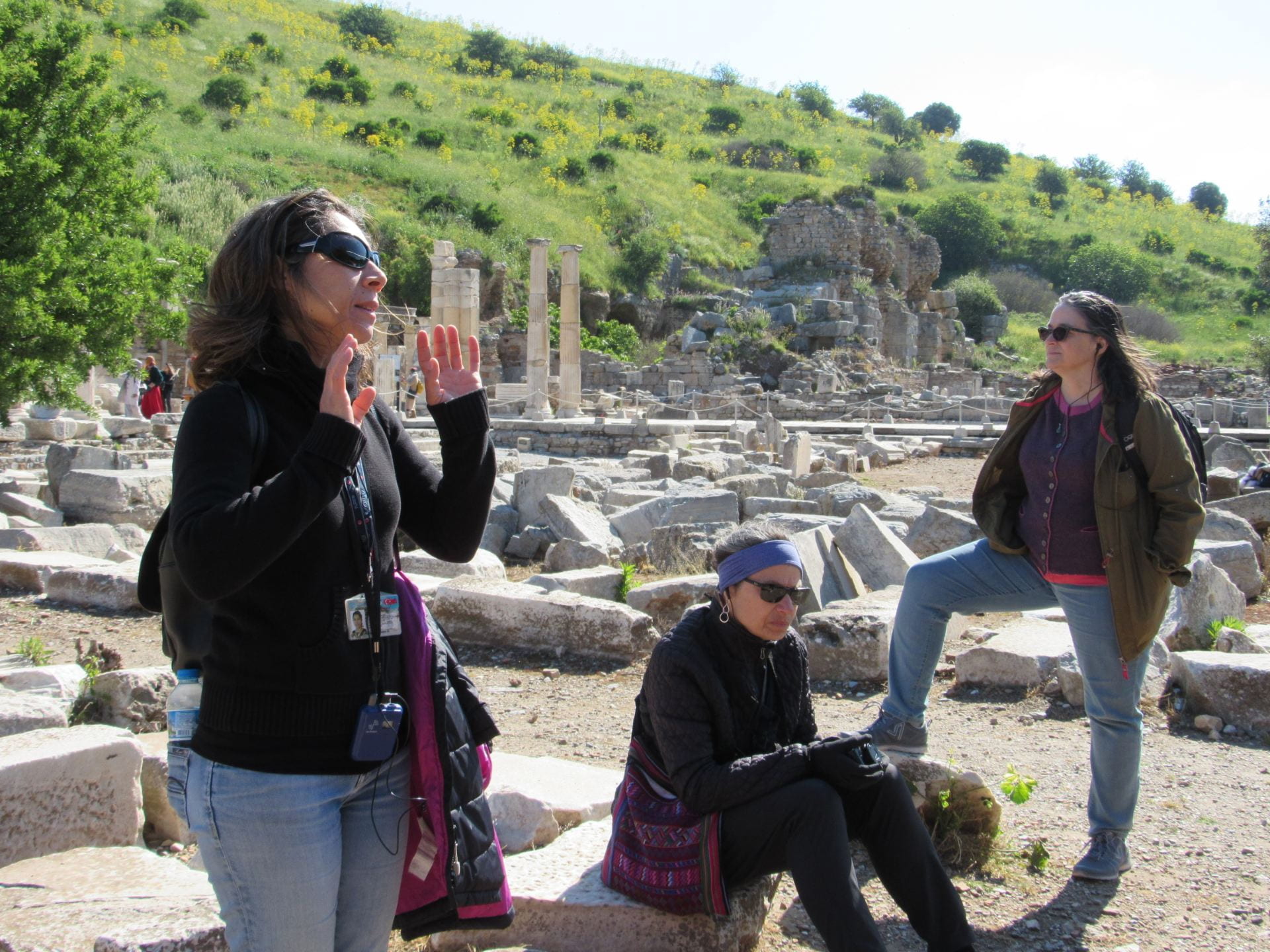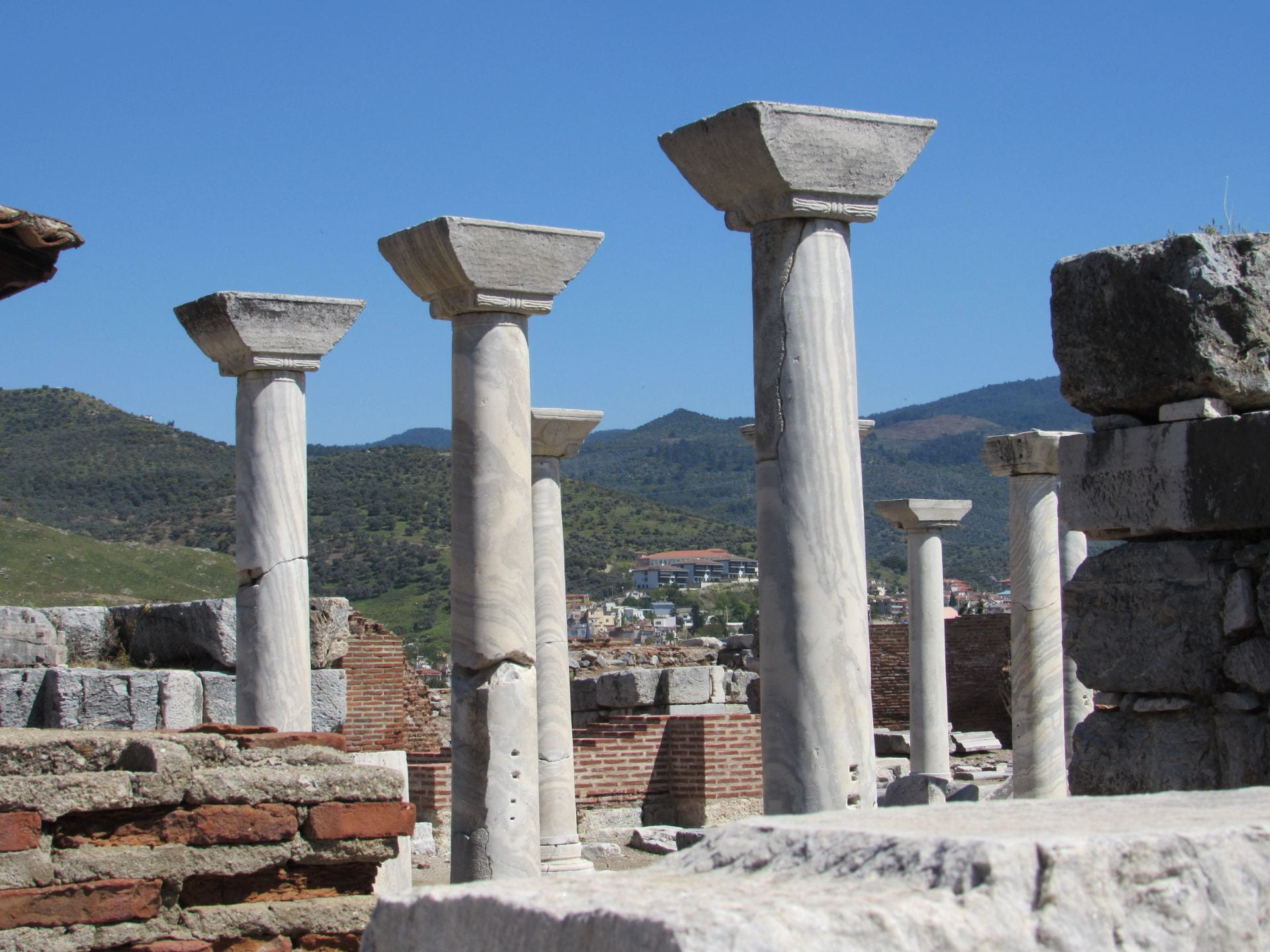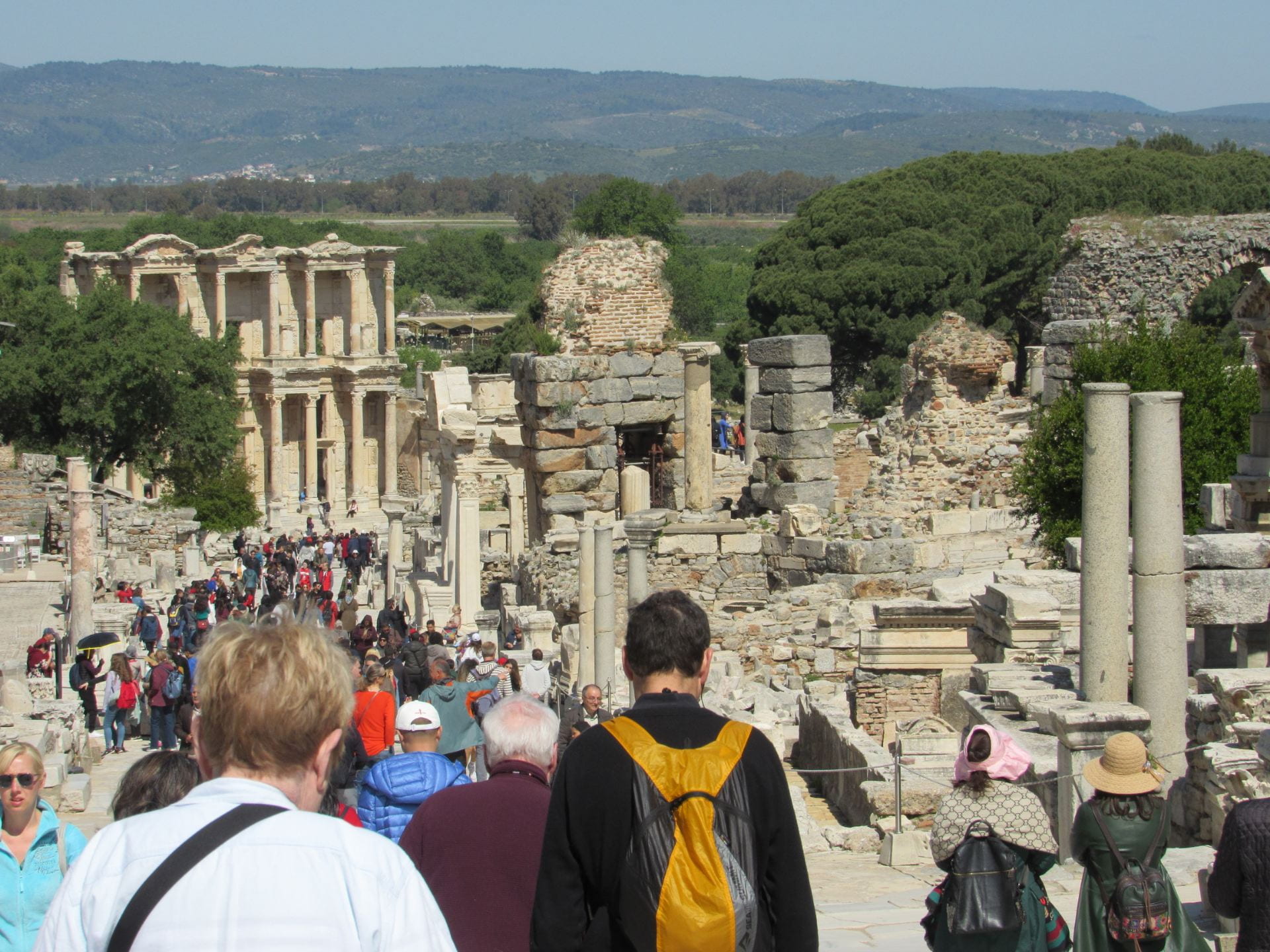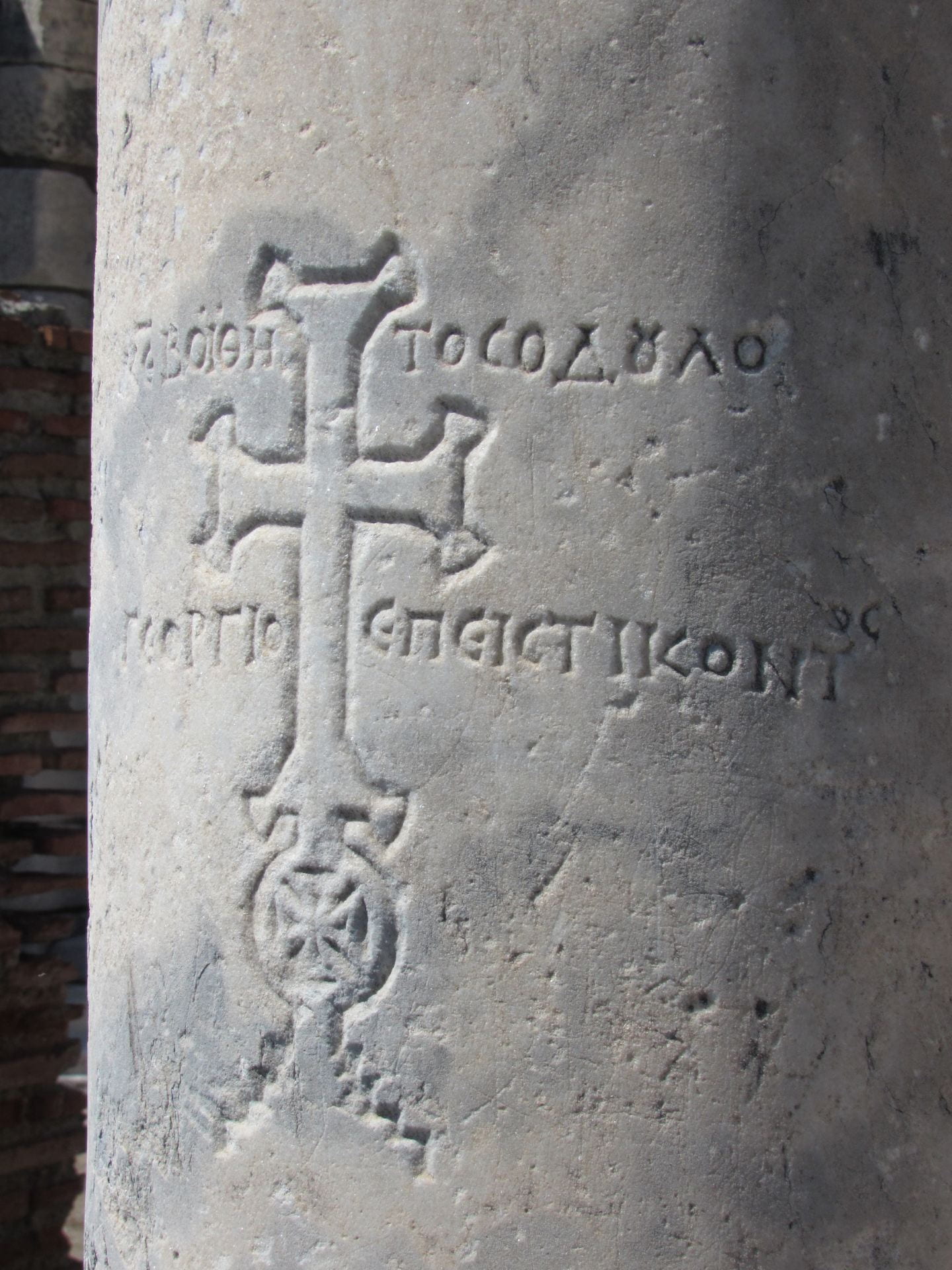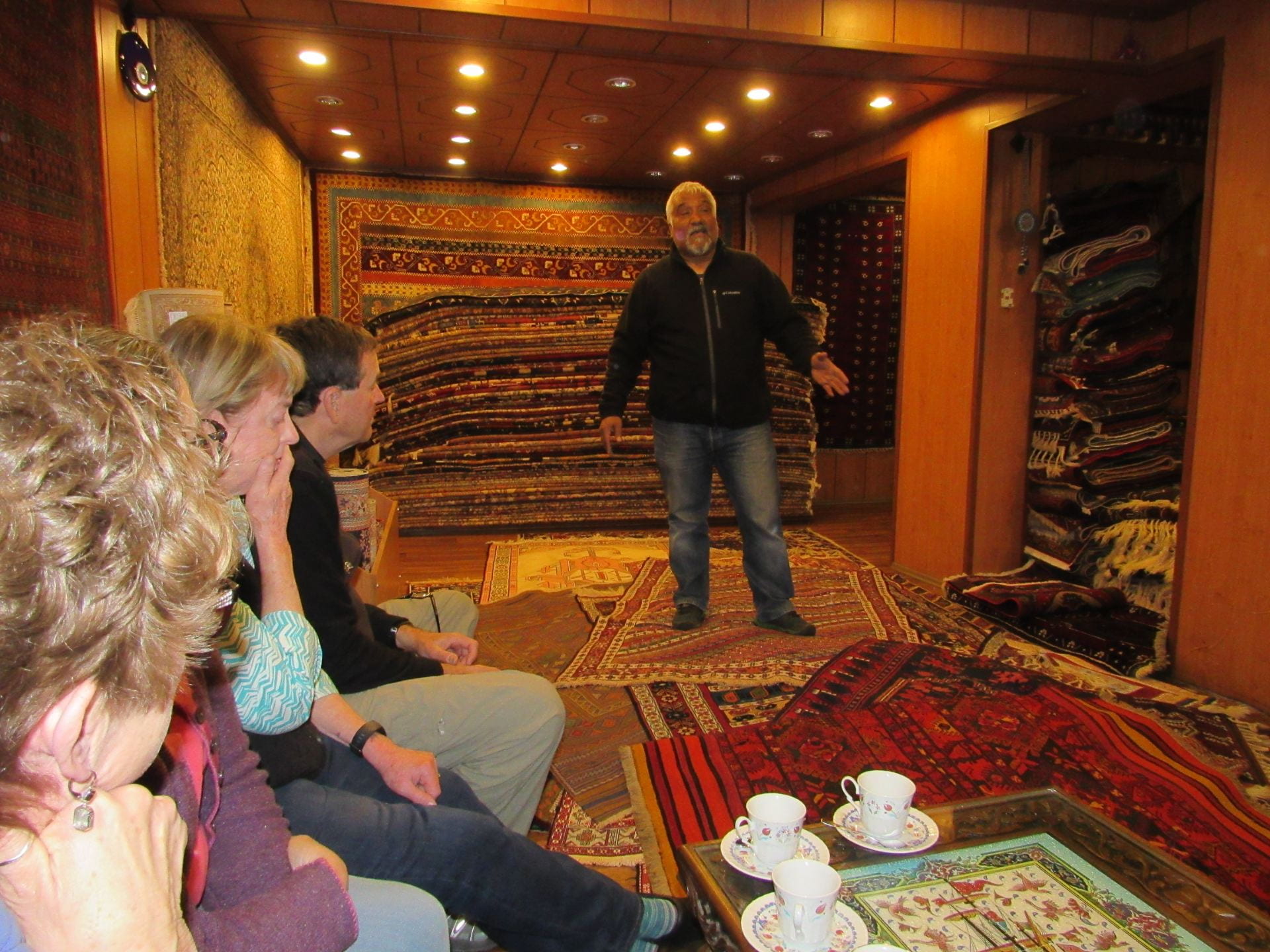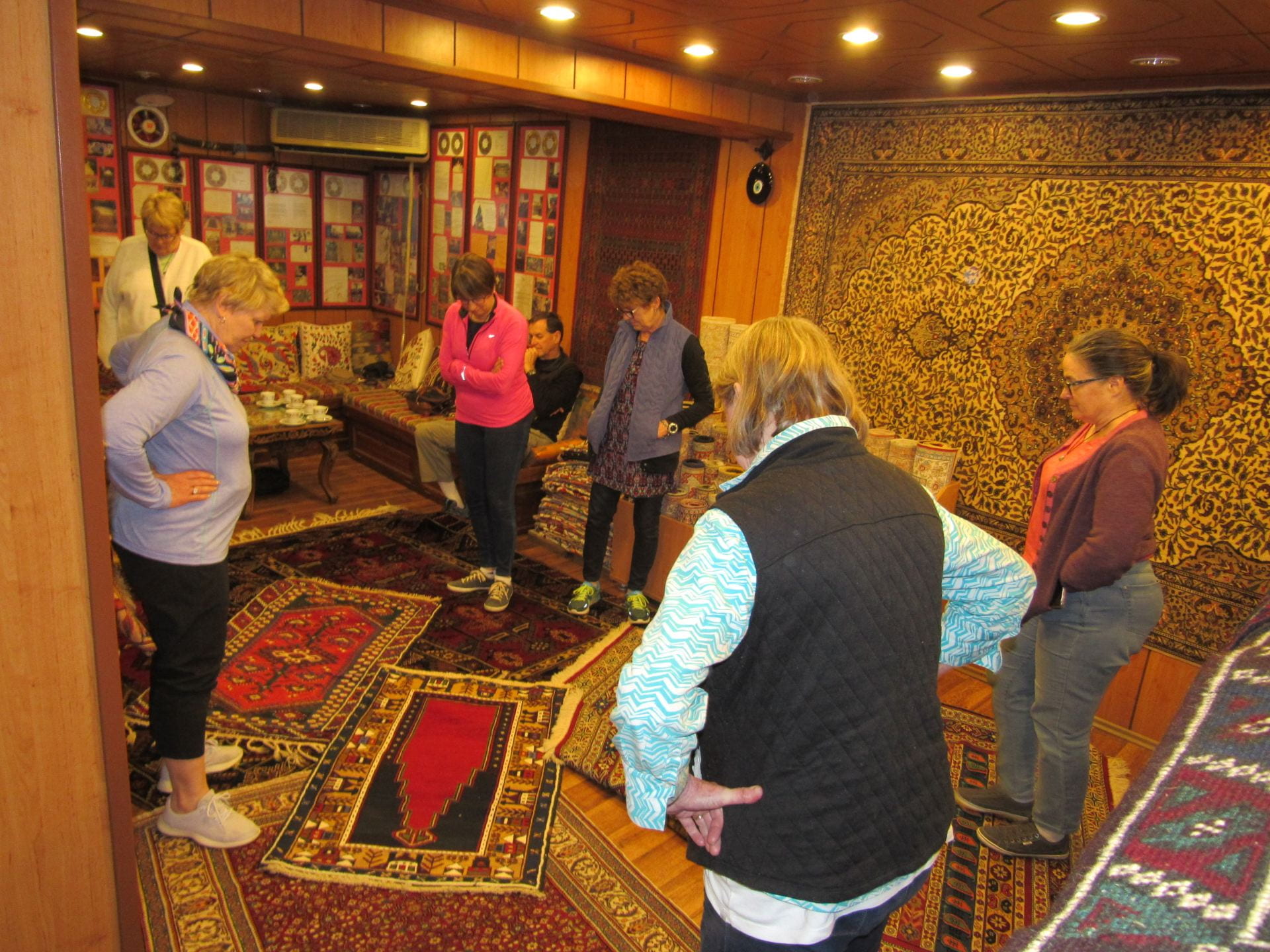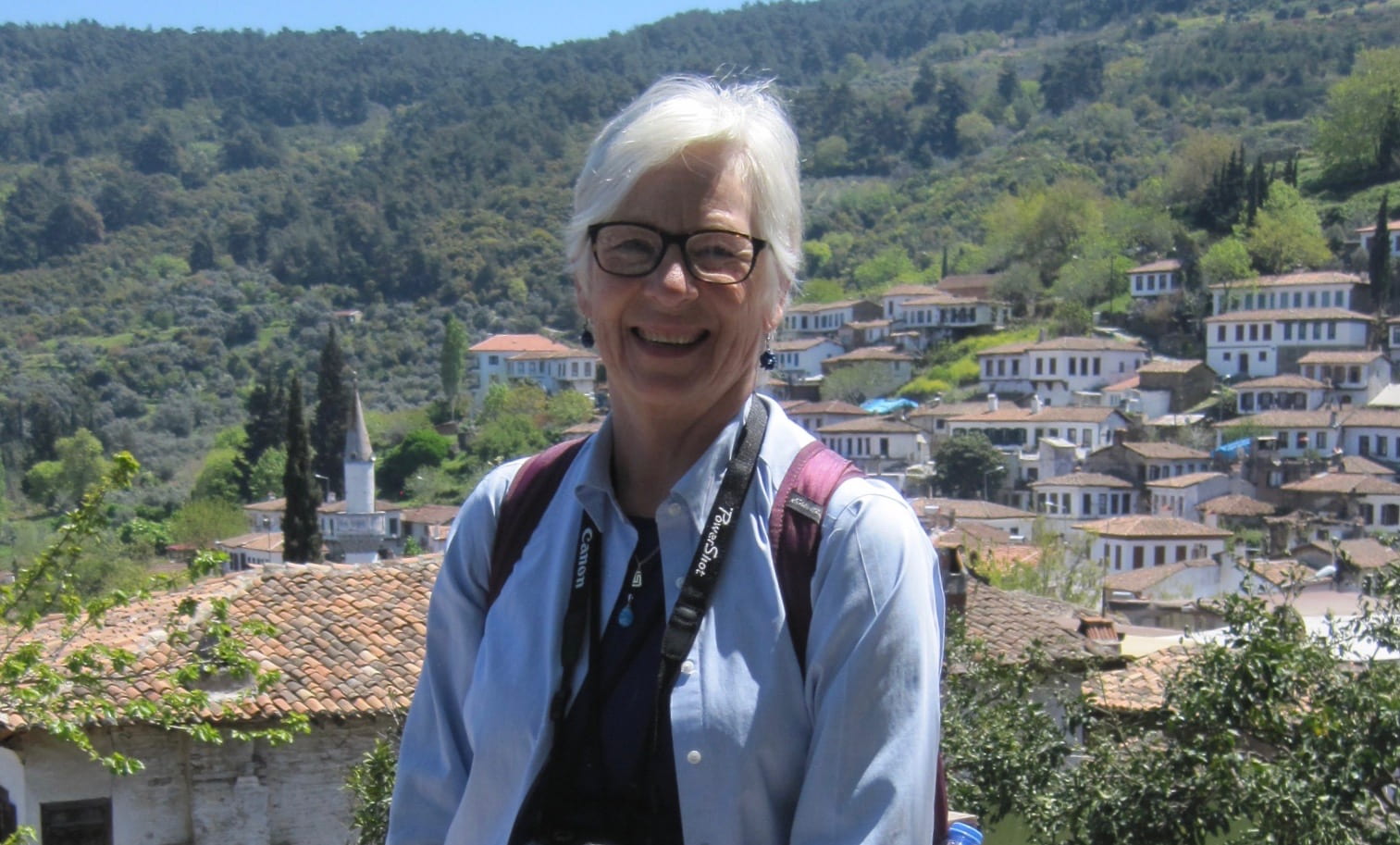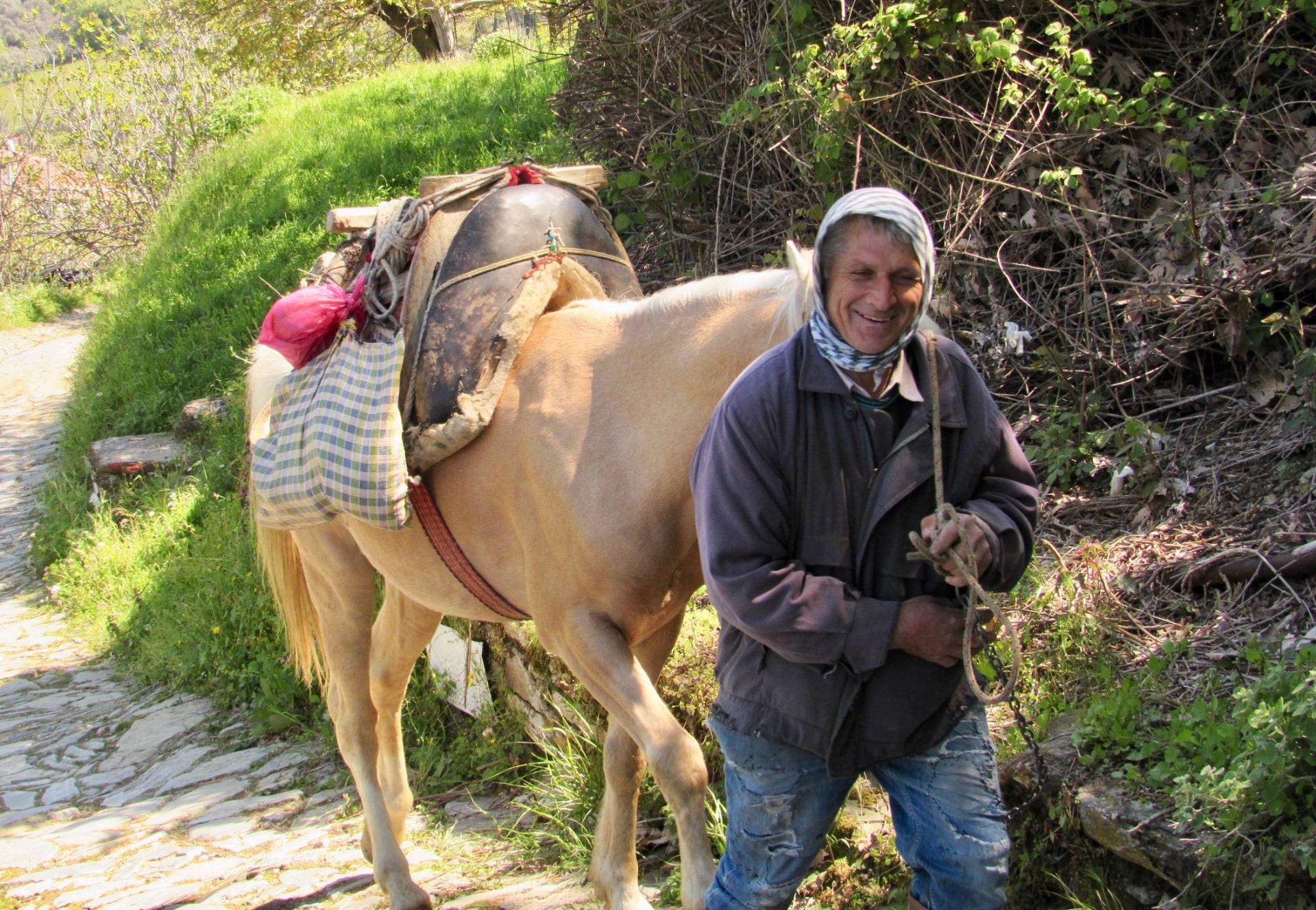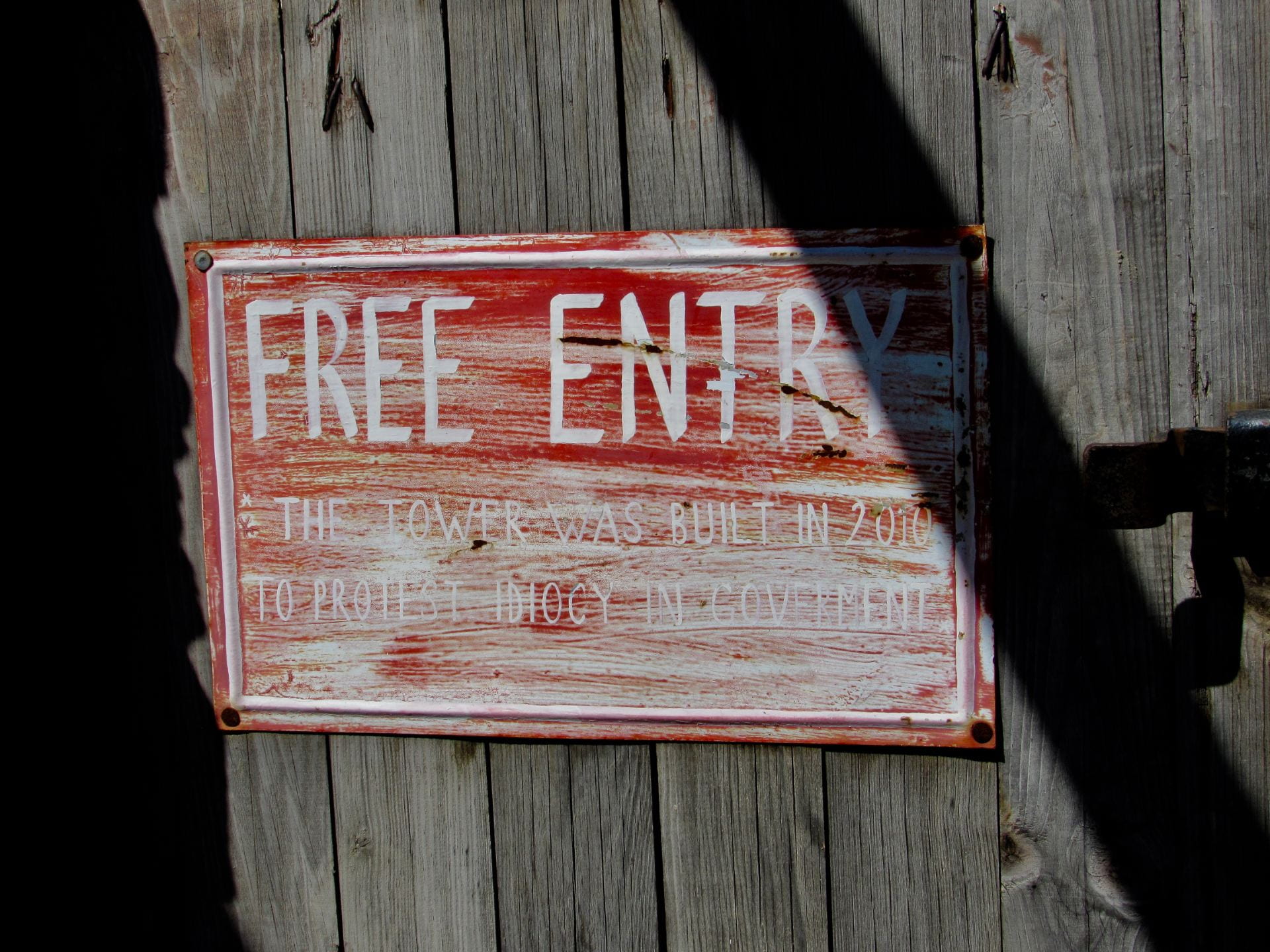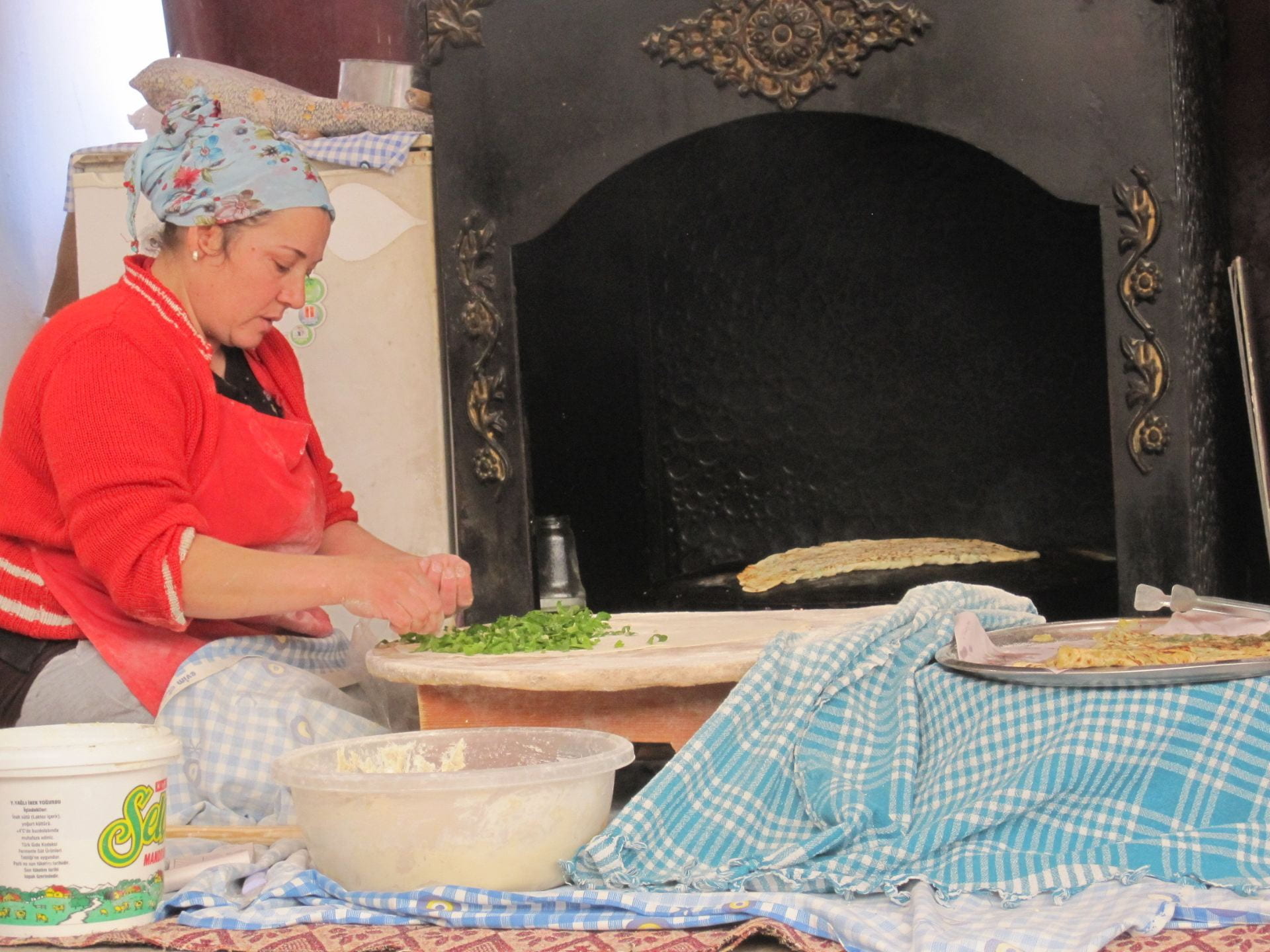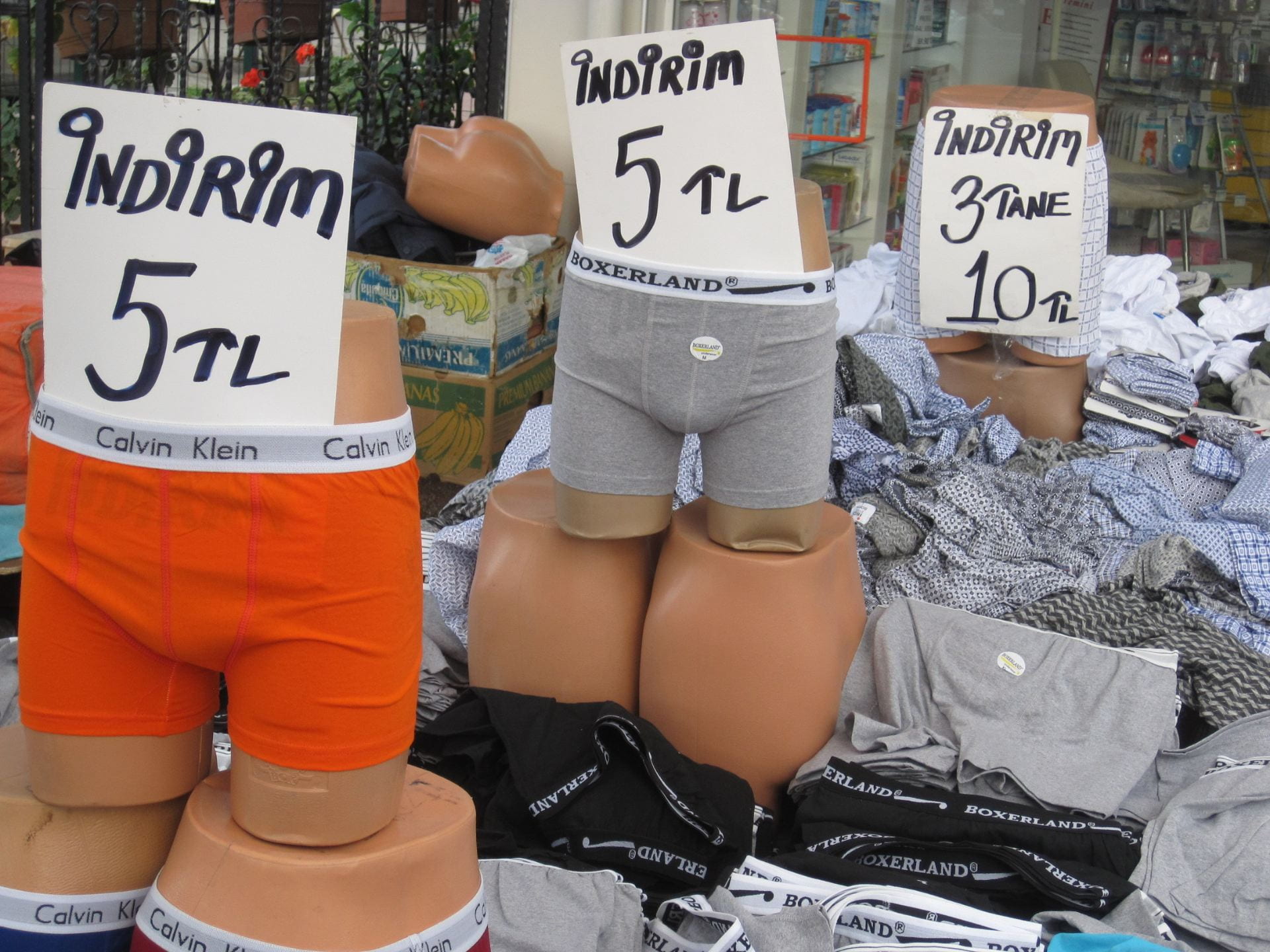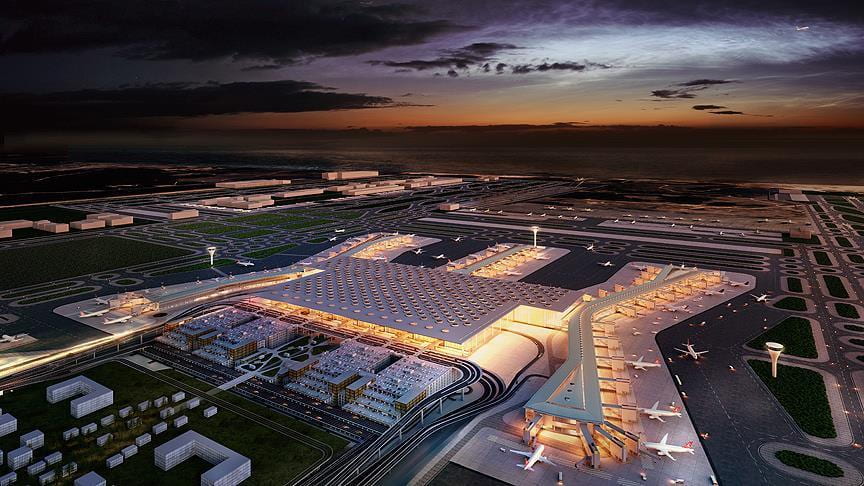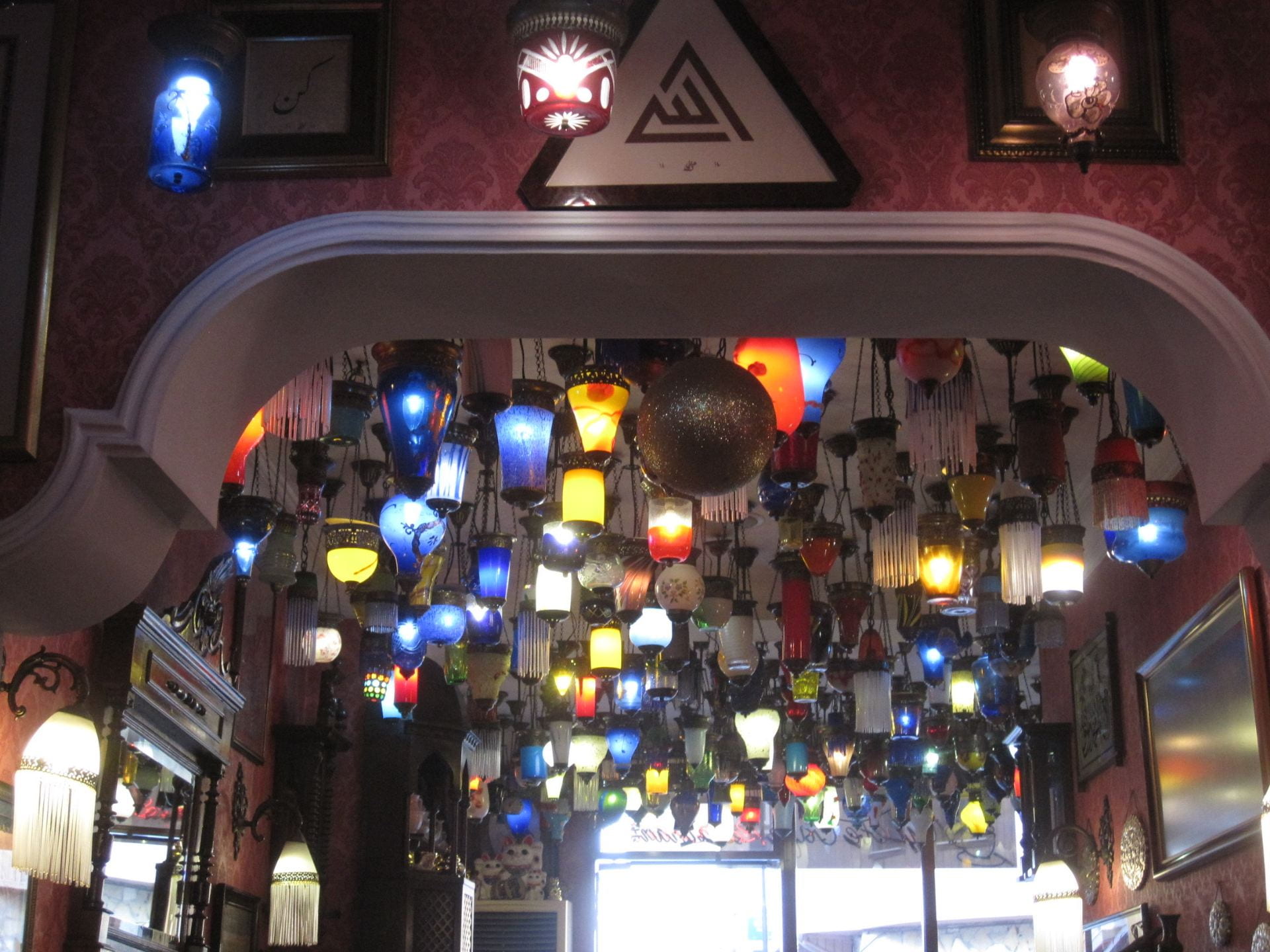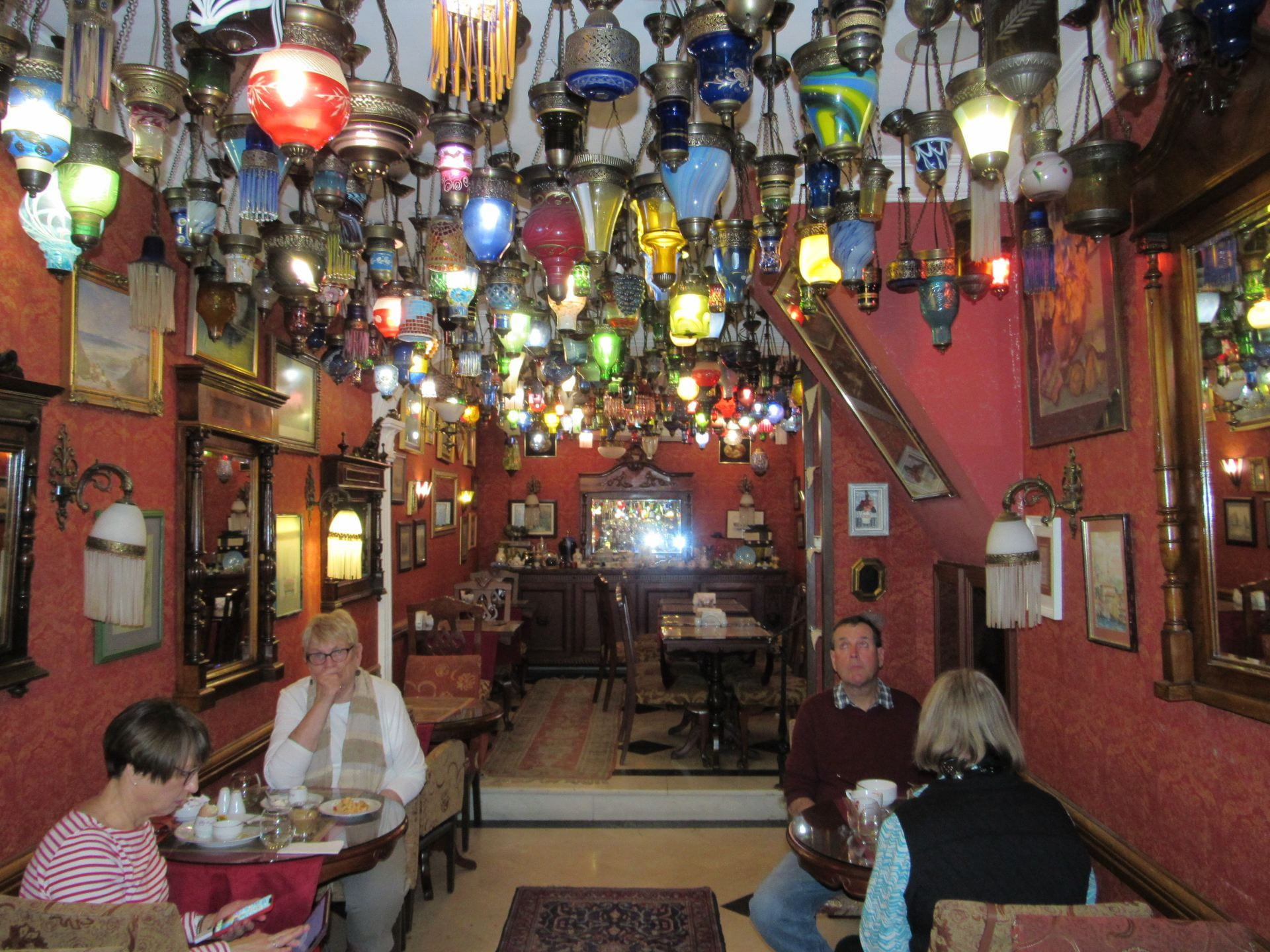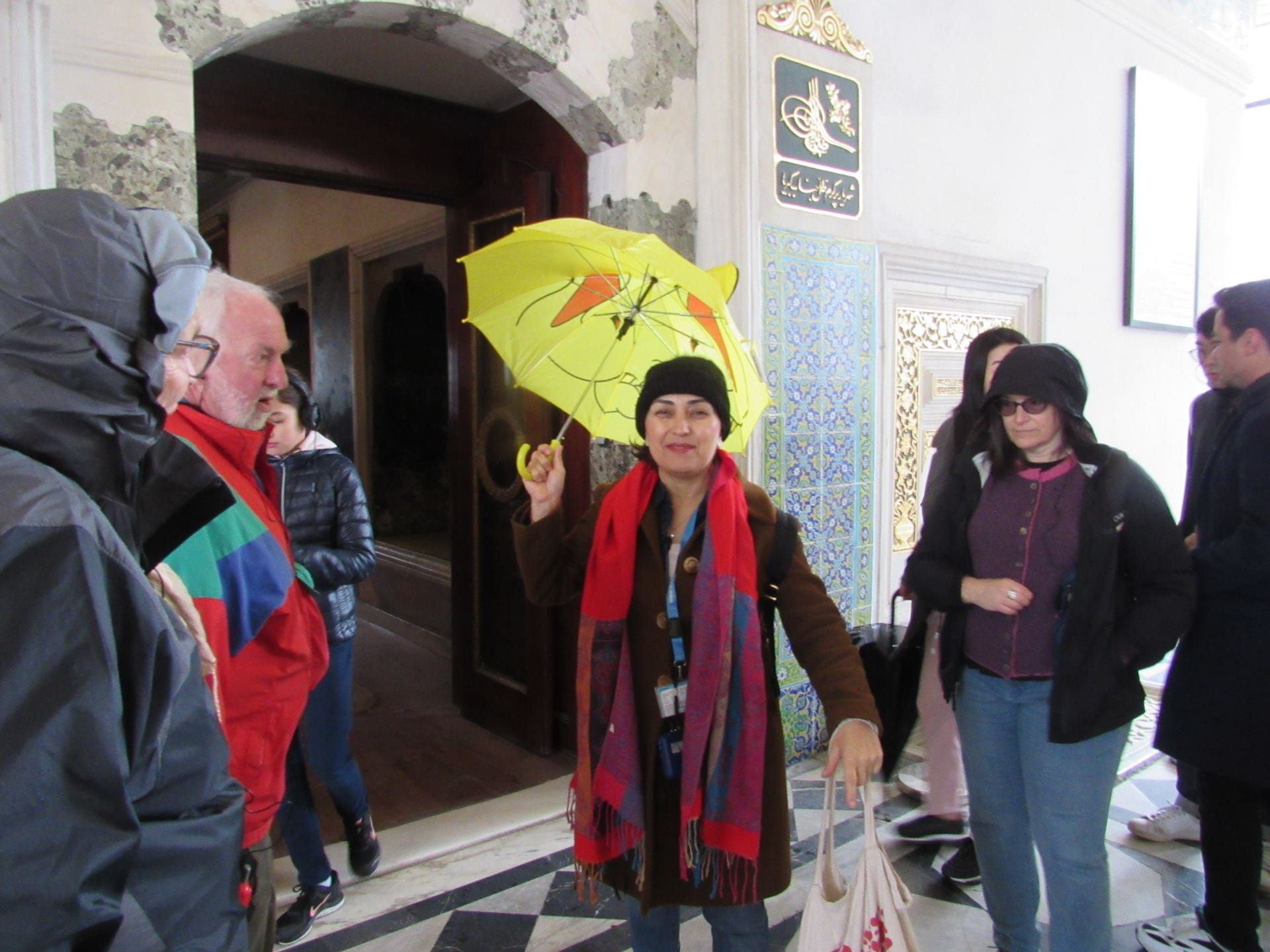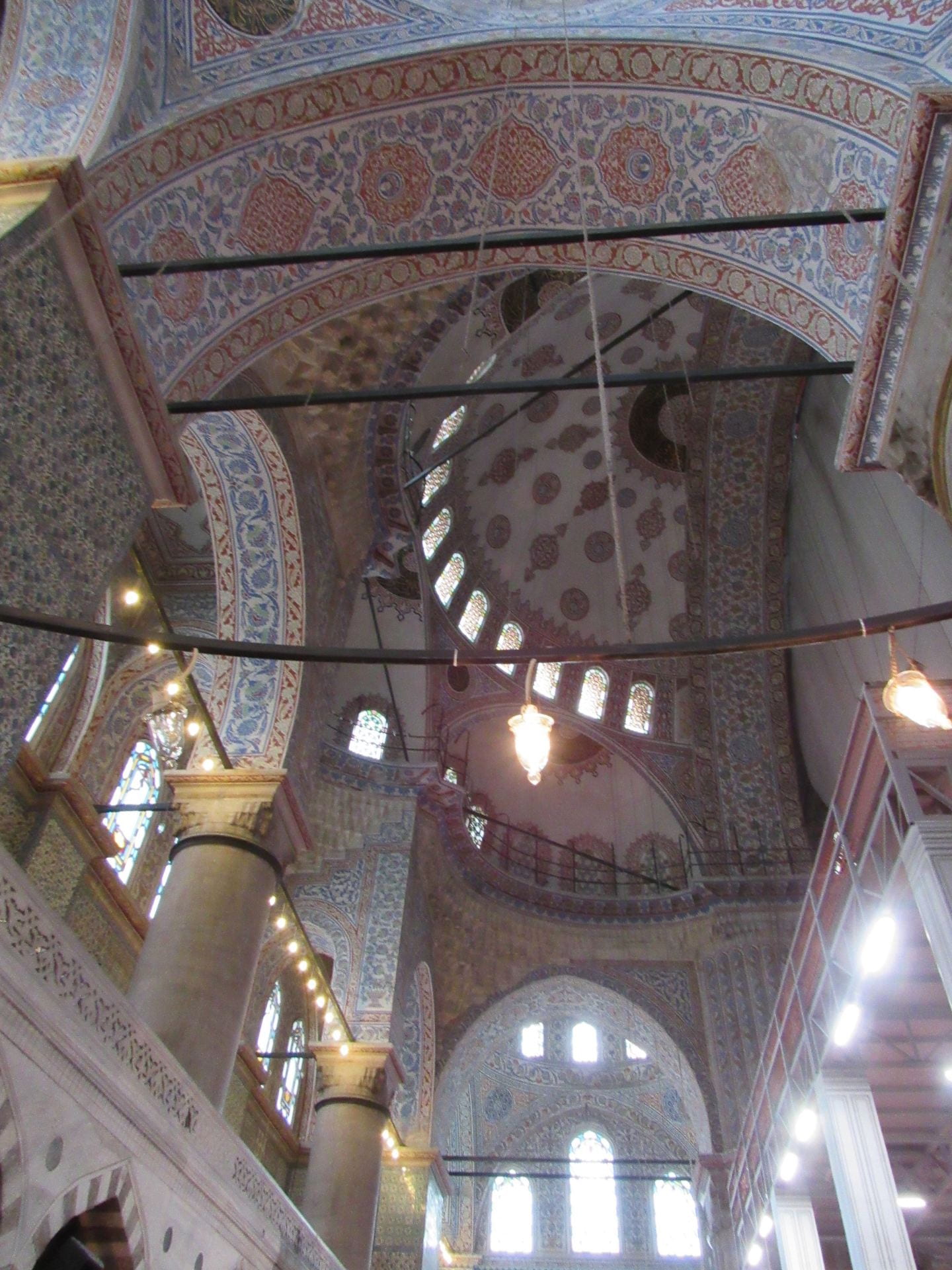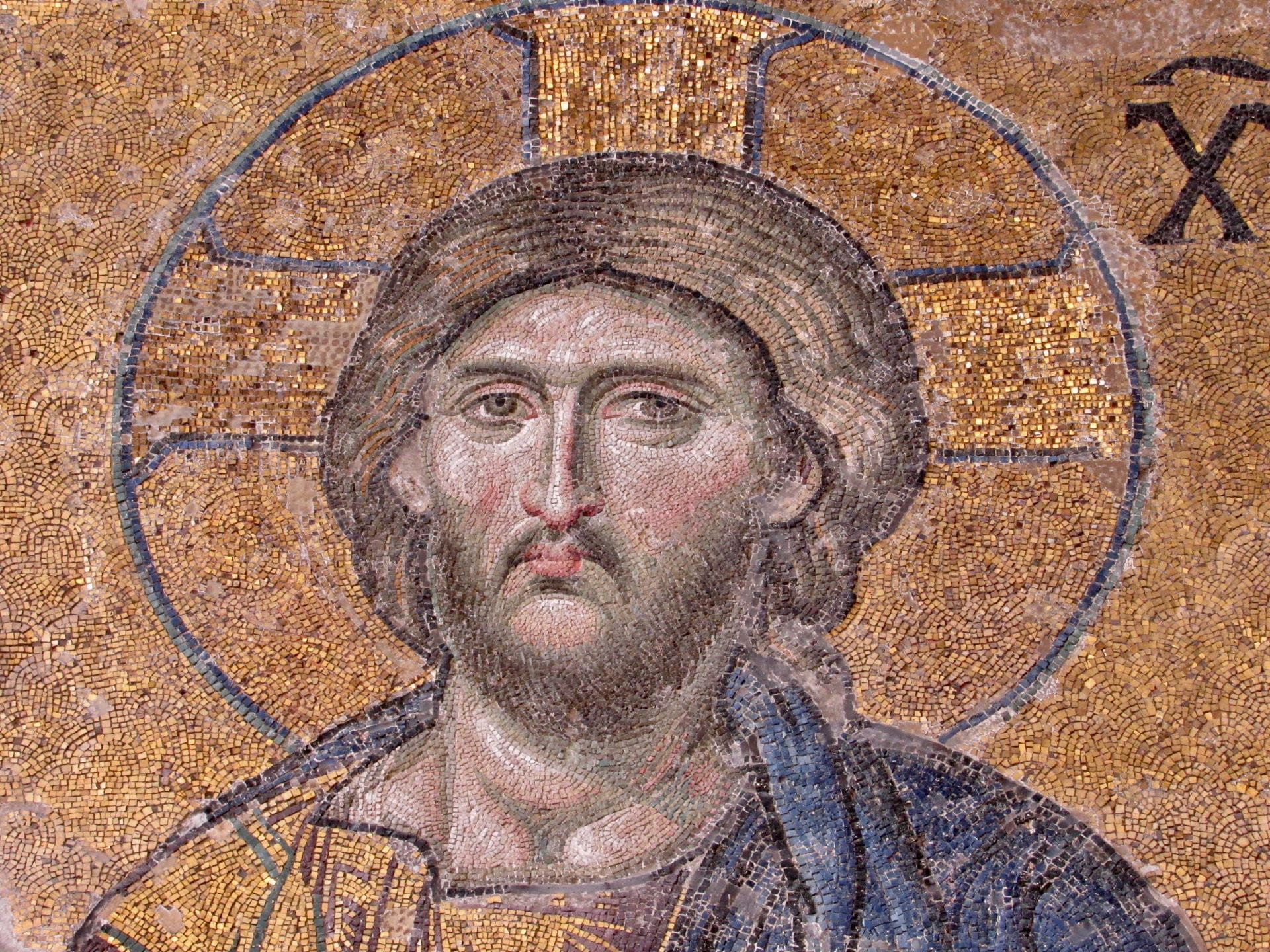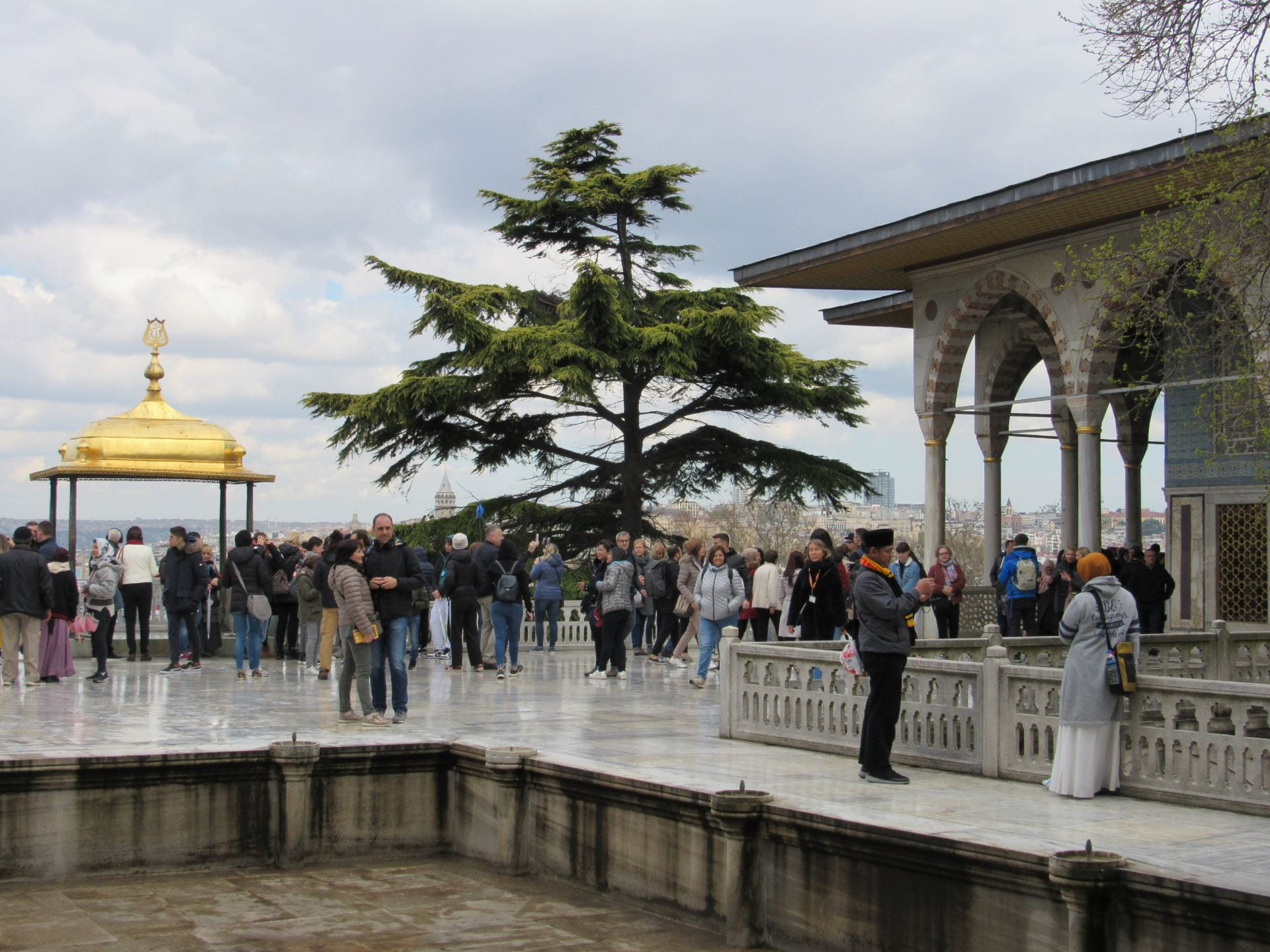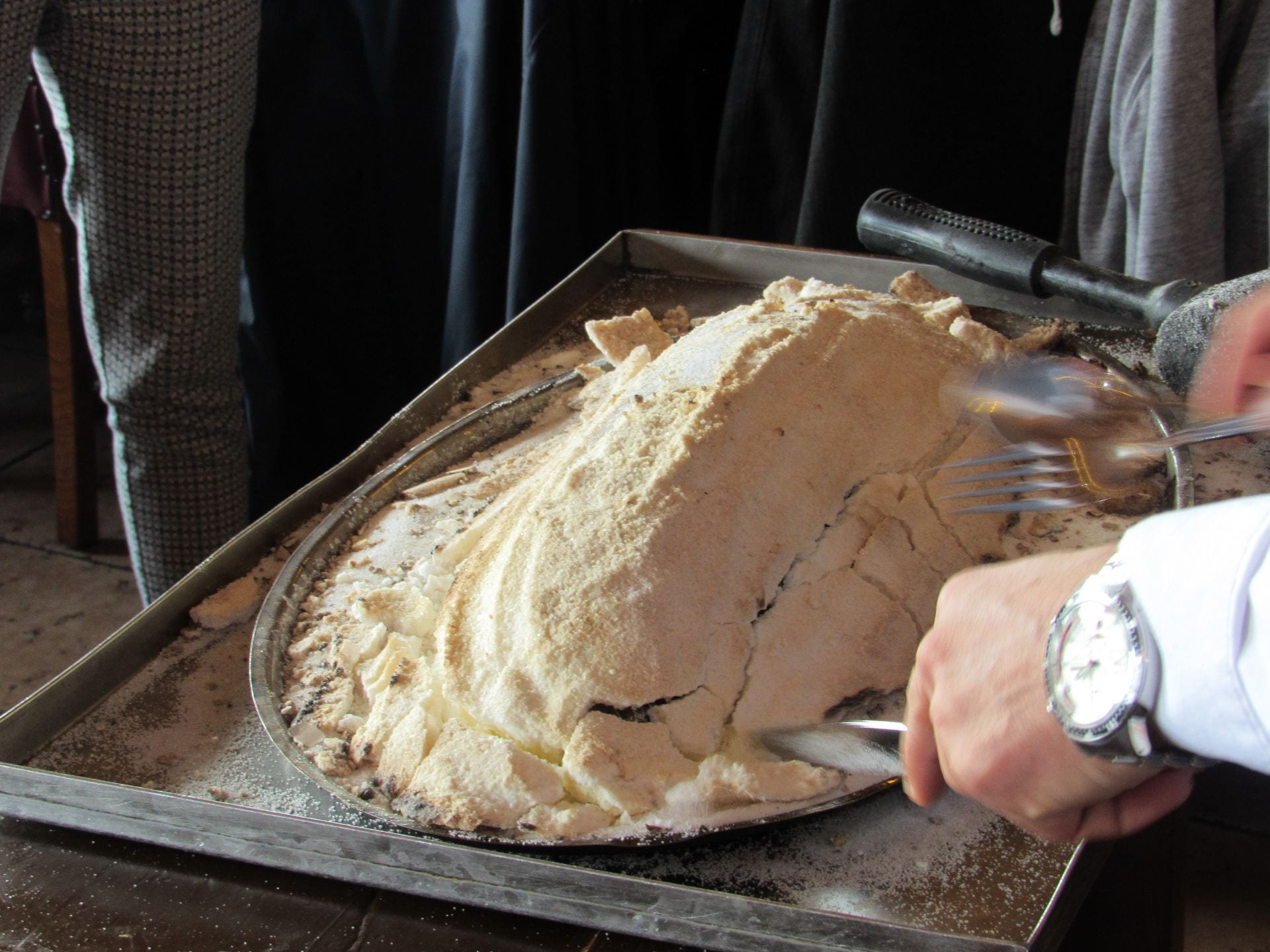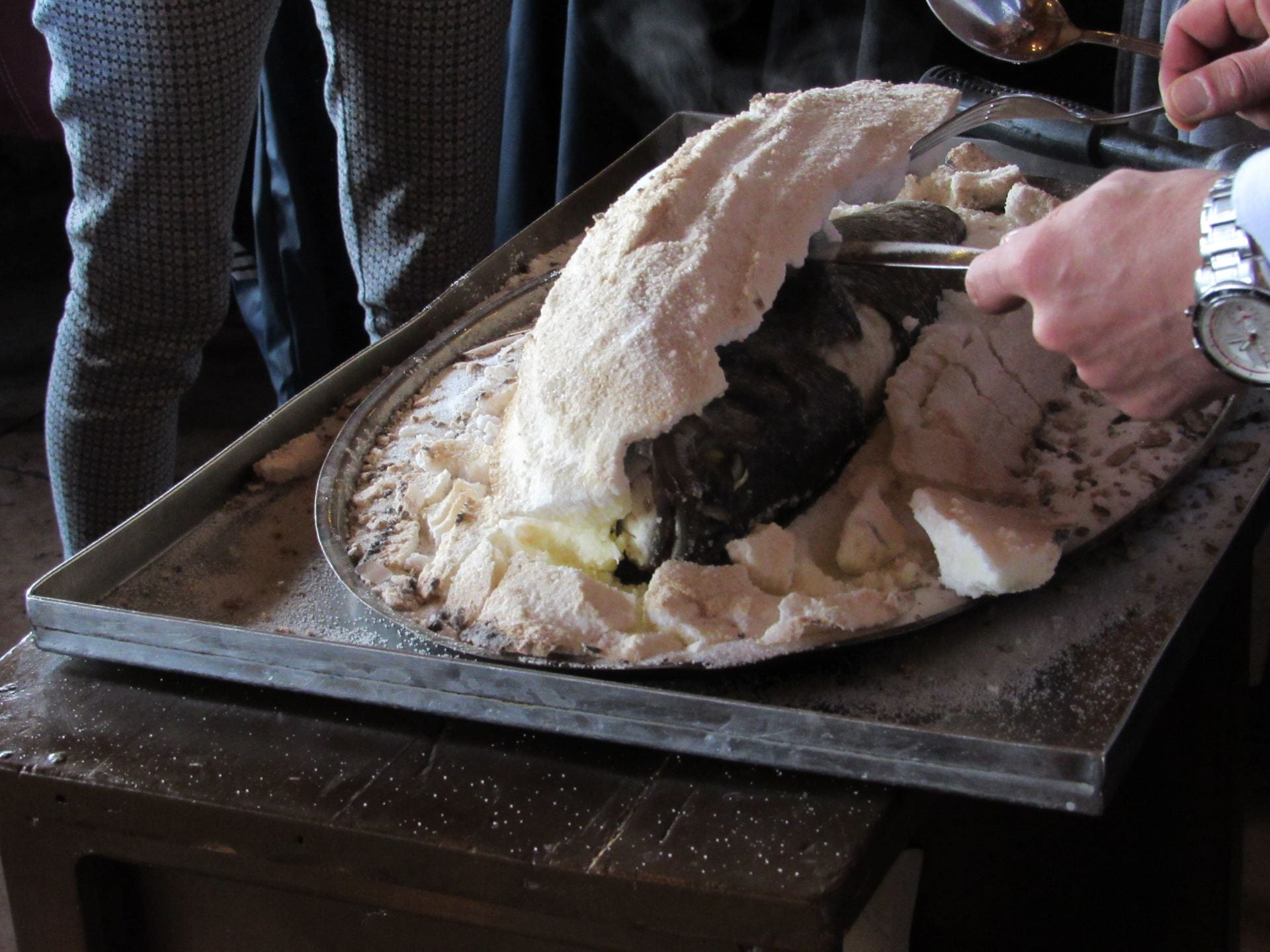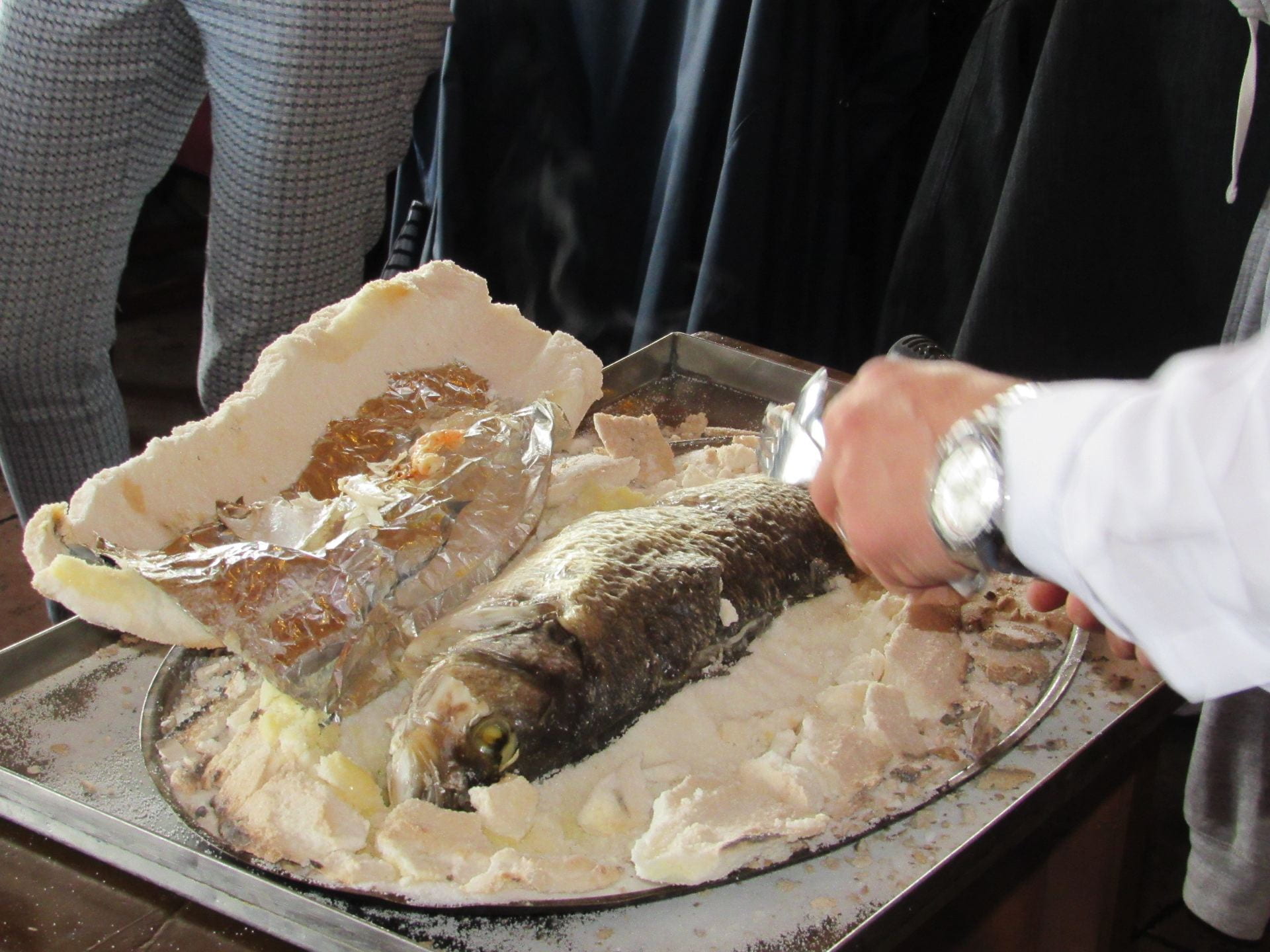Touring Turkey is a joyous adventure for me, no matter how many times I’ve done it.
Our group of six flew from İzmir to Cappadocia, one of my favorite spots. We stayed at the Kelebek Cave Hotel, the only place I’ve ever stayed in the area (10 times?). How can you improve on perfection? The rooms are half carved from the rock, then extended with cut rock from quarries. Cappadocia is famous for its incredible fairy chimney formations, different in each area.
The first morning Judie and I roused ourselves at 4 AM for a balloon ride, and we were far from disappointed. We watched the crew fill our balloon with huge fans, then once it was inflated, they blasted flame into its interior to lift it, basket and all. Well-secured to a trailer, it didn’t lift off without us.

The view aloft was stunning—we marveled at formations up multiple valleys and held our breath as our pilot skimmed up the side of a tall fairy chimney, a dog barking us along from a plateau at the top (important work).
The landing process fascinated me. Our guide kept his truck/trailer driver updated via walkie talkie for fifteen minutes before we landed. We watched numerous balloons drift down toward their trailers. Some were able to settle right on the trailer, while others missed—including us. Our driver backed the trailer beside our baloon, and Serkan lifted the balloon expertly, settling our basket neatly on the trailer. AMAZING!

Over 100 balloons fill the skies over Göreme most mornings (weather permitting), and they float wherever the wind takes them. On two mornings we were awakened by the jet-blast sound of the flame throwers as balloons flew over our hotel, so close we could nearly touch them.

We hiked the scenic Alara Valley along a meandering river, then headed to the Love Valley. Our guide had a vague explanation of how it got its name, but once we saw the suggestive formations, the logic was crystal clear.

Curious to find Fatma, a woman I’d met years ago, I headed out to find her cave house in a valley near our hotel. I found a man standing outside a cave opening beside a crudely-lettered sign advertising hot and cold beverages. I asked his name (Mehmet) and managed to communicate my mission with my minimal Turkish. When I showed him a photo of a man who’d managed a nearby cave chapel, Mehmet got excited and said he was “oldu”—dead. He called Fatma’s son for me, and the son invited me to dinner even though he wasn’t sure his mother was the woman I’d met. Because our group had an outing scheduled, I had to decline. Bummer. Mehmet invited me into his “shop” for tea, and instead of the rickety wooden stand I expected, his cave shop featured brocade furniture and valuable hanging carpets. Go figure! He showed me to a second cave room, where he’d set up a kitchen and sleeping area. I assume he had another home, typical for those doing business in cave homes.


Ali at the Kelebek offers a breakfast adventure to the King’s Valley, beginning with a half-hour ride in a wooden boat-like trailer and a hike down hundreds of stairs into the valley.

Ali’s staff sets out a stunning breakfast in the courtyard, complete with mezes (appetizers), gözleme (thin pastry stuffed with spinach, potatoes, and cheese), fritters, menemen (a traditional dish of eggs, tomato, onions, and peppers baked together), and other culinary delights.

The tour included a glass of their red wine and a visit to their chickens, sheep, cows, and donkey. I was intrigued by the big-butt sheep, a breed I’ve never seen. Apparently that fatty meat on their behinds is greatly valued in the East.
From there we flew to Antalya, my husband Jerry’s favorite place, and I’m beginning to agree. We had free time after a tour of the old city, and I brought my friends to see İsmael, who took great care of Jerry and me when we visited in 2011. Jerry was ill, and Ismael supplied remedies aplenty.
After a visit to the amazing Antalya Archeological Museum,

we hiked up a steep, rocky trail to the mountaintop ruins of Termessos, my favorite. Established long before Christ, it had 150,000 residents at its peak. It was so inaccessible that even Alexander the Great couldn’t conquer it ( although he’d conquered all the lands below it in 333BC). Since they didn’t have to expend energy on defense (only one trail led up to its 1000-meter location), residents developed extensive water and sewage systems for their community as well as a theater that could seat about 4,000-5,000 people with a stunning view of the surrounding Taurus Mountains.

We finished our day with a visit to a village home where charming ladies in traditional Turkish shalvar and scarves taught us to roll out yufka, a large round bread folded in half over a filling of spinach, potatoes, and cheese, then cooked on a rounded griddle over a fire. Some of us were actually good at rolling it paper thin.
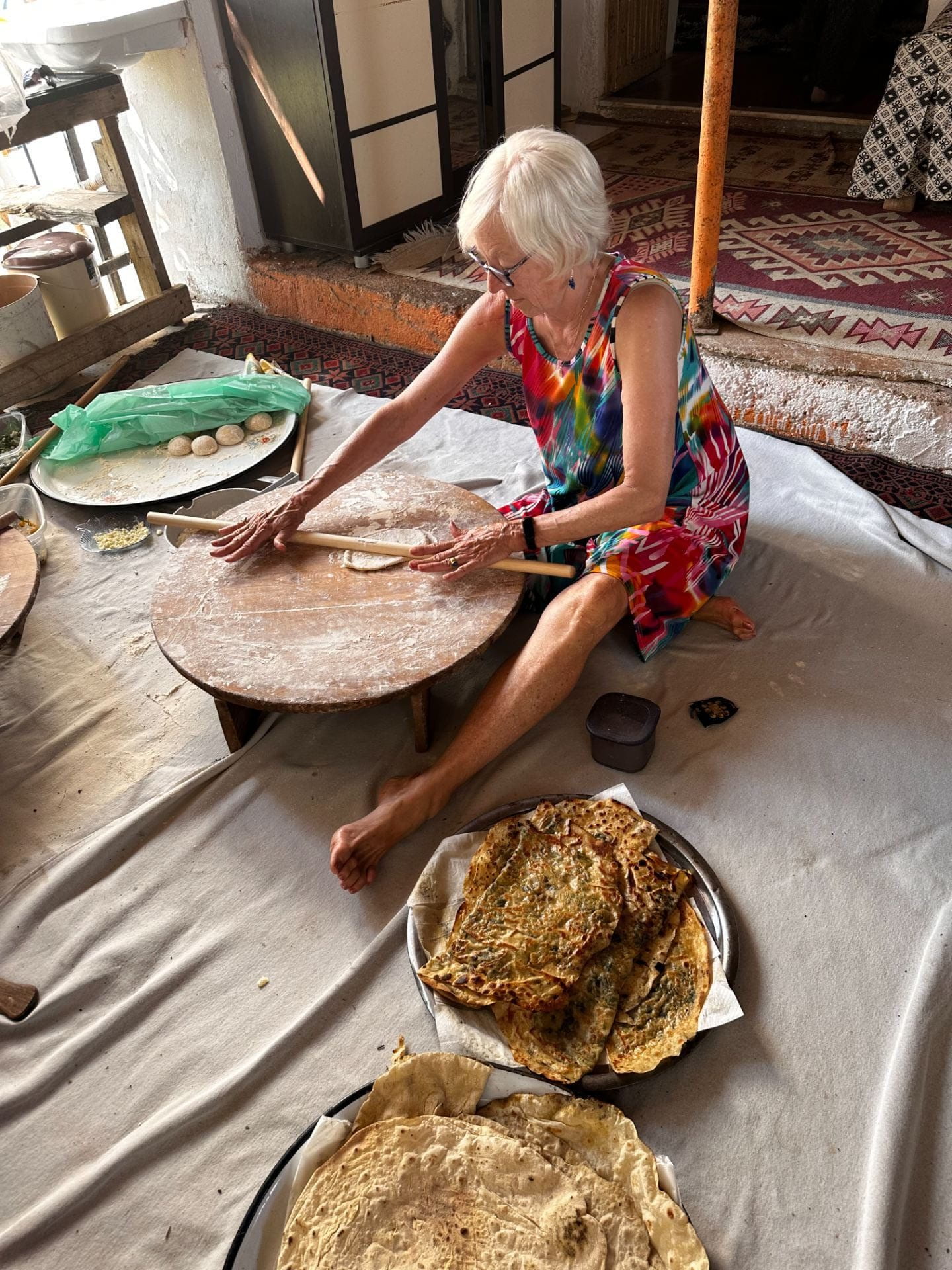
On our last day we reveled in a relaxing gulet boat ride to the Duden Falls east of Antalya. We swam in the Mediterranean and lunched on fresh-caught sea bass.
That evening we were treated to a fabulous Turkish dinner by my friend Hakan Özbay, who joined us with his lovely and brilliant wife, Salima. We were all overwhelmed by his generosity—Turkish Hospitality. Hakan and his cousin Fahti brought hundreds of carpets to Grand Marais months earlier for a carpet show, a great success.

We finished our trip with two days in Istanbul, where we toured Topkapi Palace, strolled through the Grand Bazaar, and took a ferry up the Bosphorus to Ortaköy to visit the opulent Ortaköy Mosque and indulge in kumpir (stuffed baked potatoes). YUM!


My goodness. What a trip this has been!








